






Despite the rather gloomy outlook that the recent Ashes debacle may inspire, Australian cricket has brighter things to look forward to. Change is abuzz, and the growing influence of immigrant communities is certainly a refreshing trend.
A prominent example of course is the emergence through domestic ranks of Usman Khawaja, a Pakistan-born cricketer who learnt his cricket in Australia.
Another case in point is the appointment by Cricket Australia of Juhi Gupta, a young Indian-Australian, as Senior Officer, Multicultural Cricket.
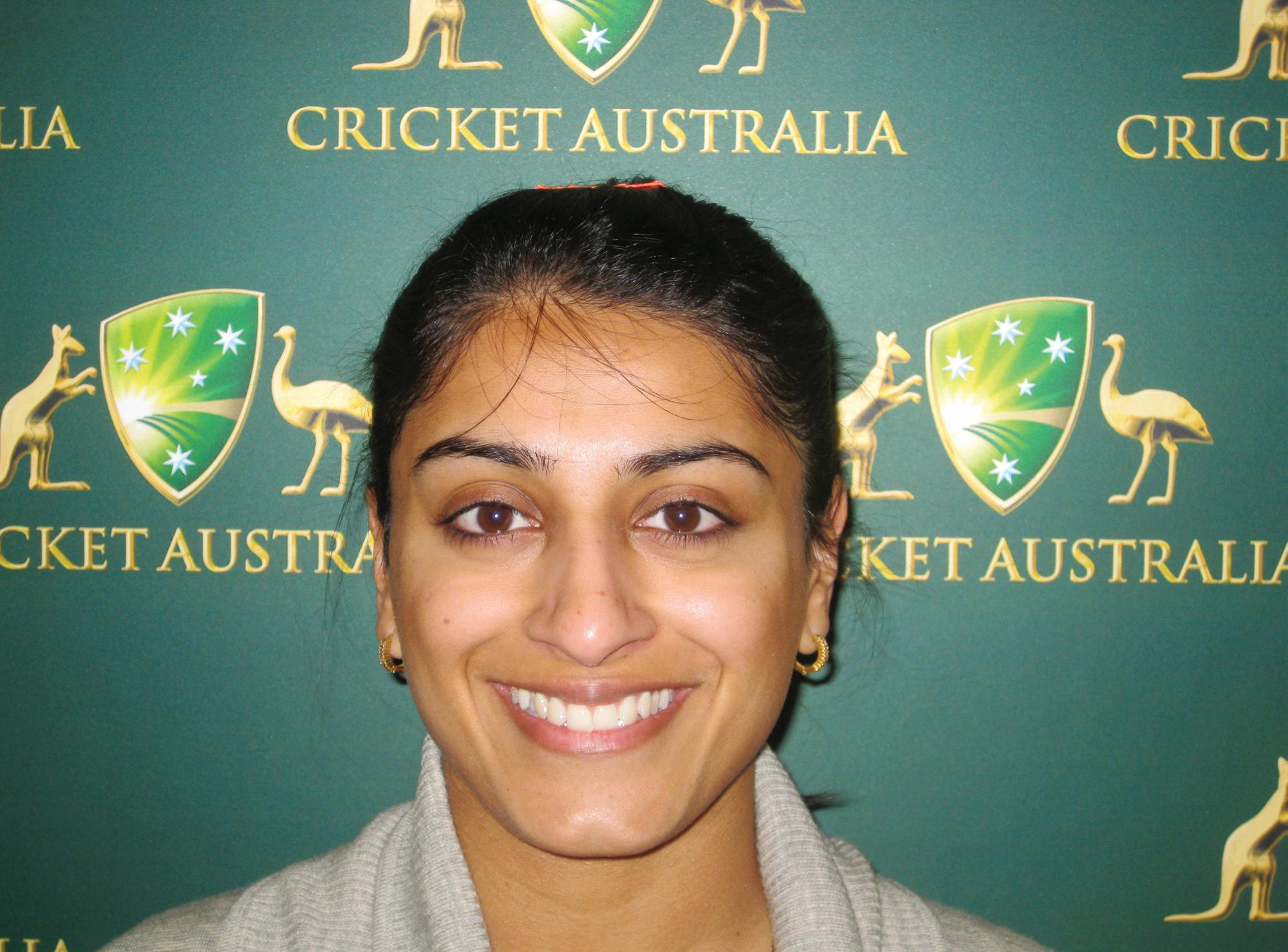
There seems to be a conscious effort on the part of Cricket Australia to ensure that the sport unites the diversity of the country and the next generation of cricketers is a better representation of the multicultural population of the nation.
“Cultural diversity brings many positives. It allows people to learn more about each other, the world and its different cultures. Australia is a country that is culturally, socially and economically enriched by its multiculturalism,” Juhi Gupta says. The effort to reach out to a wider demographic is both positive and welcome.
“The creation of my role is recognition by Cricket Australia of Australia’s diverse society,” Gupta adds, noting that Cricket Australia is committed to ensure cricket is Australia’s favourite sport. “Cricket truly is a sport for everyone regardless of age, sex, race or religion. Cricket has the capacity to transcend cultural differences and promote inclusion.”
The nation recently welcomed the first person from the Indian subcontinent to represent Australia. Khawaja’s first test innings had authority written all over it. Those confident strides up to the wicket from the new number three of Australian cricket were hard to miss. Within a few balls, the debutant had become the debonair, pulling and even leaving with flair. The debut could have been better, one would argue, but then so could have been many other things this season.
Those few steps from Khawaja symbolised something deeper: the triumph of hope, belief and hard work. His first two innings in international cricket may have been short, but were enough to inspire a whole country and, more importantly, a whole community. It meant he belonged there, and so could anyone with enough skill, irrespective of where they came from.
However, participation in cricket need not necessarily be limited to playing. “Being involved in cricket can also be via coaching, officiating, volunteering, watching, through administration or by simply talking about cricket.” Gupta says.
She herself is an example of how people from diverse backgrounds can contribute to Australian sport. Born in Jaipur, India, she came to this country in 1986 along with her parents. After completing a Bachelor of Commerce, majoring in Finance and Sports Management from Deakin University, she earned a position at Tennis Australia where she spent “four great years delivering many different projects.”
Cricket Australia, for its part, seems to be on the right track in ensuring the game finds favour with a larger section of the population. Juhi Gupta quotes Cricket Australia CEO James Sutherland to stress the importance of greater inclusiveness in cricket: “we have to earn our relationship with young Australians of all backgrounds and cultures by showing them that cricket is a choice they should make, rather than something they adopt simply because it is there.”
Rebuilding a squad is an ongoing process and it will be some time before we see the national team perform with consistency, but it is important to move on from the ways of the old. It is heartening to see efforts being made towards more inclusiveness in various aspects of the game.
Tough times demand change, and the recent slump in the game has been an opportunity for Cricket Australia to reach out to a section of society that had not found a representation in its national team before, a section that probably just needs a little push.
Perhaps it was time, with the glory days all but gone. Tough times demand change, and the slump in Australian team’s performance was an opportunity for Cricket Australia to reach out to a section of society that had not found a representation in its national team before, a section that probably just needs a little push.
Cricket Australia is trying to keep up with the times, especially after a forgettable year on the field. The board has rightly resisted the temptation to find a quick fix, for there is none.
The appointment of Ms. Gupta therefore means so much more, and she acknowledges as much, “I believe that my appointment at Cricket Australia has further added to cricket’s identity as a sport for all. Currently Cricket Australia has dedicated female, indigenous, and disability programs, which do their bit to make cricket an inclusive sport.”
The warm response to Khawaja from the cricketing fraternity in the country, although sometimes bordering on eulogy, is a testimony to the fact that the nation is ready to embrace diversity in its cricket. It is only natural that the country’s rich cultural diversity finds representation in its national sport.
While the results may not be apparent right away, the ball has been set in motion. The gate is open – it always was, just that there’s an ‘open to all’ sign on it now.
Nannubhai Bhoola was born in Durban, South Africa, on 28 November, 1932. The eldest son and the second child of seven, Nannubhai accepted his responsibilities toward his family early in life, gave up his education, joined the family business and quickly forged a successful career for himself as a businessman. In 1955, he married Tarabhen who gave him four beautiful and dutiful daughters. Together, Nannubhai and Taraben enjoyed a contented married life, extensively travelled the world over and were never far from the other’s side.
Active in his community, Nannubhai worked tirelessly for various charities and was instrumental in the establishment of a temple and a school for the underprivileged in Pietermaritzburg, S. A. In 1995, Nanubhai and Taraben immigrated to Australia where two of their daughters had settled, and embraced
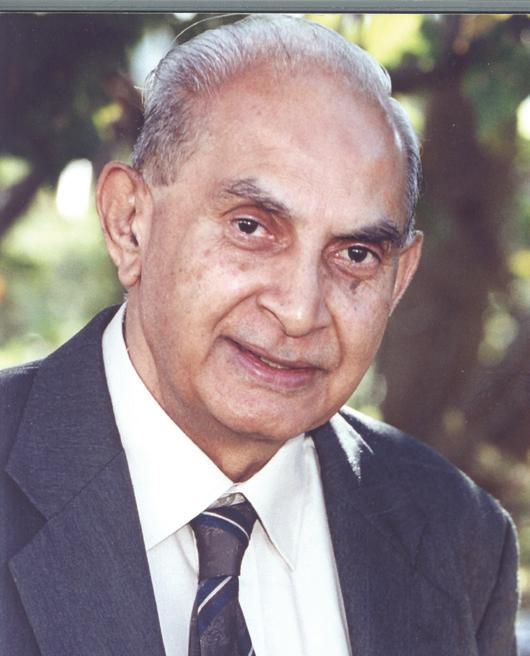
their new country of residence with open arms. Soon, they were active members of various Indian associations including the Gujarati Association of Victoria, the Swaminayaran Group, the Vaishnav Sangh, and the Indian Senior Citizens Association (ISCA) where they formed a large group of like-minded friends who were truly closeknit.
My wife Rose and I were fortunate to gain this wonderful man’s friendship by forming a smaller group that included Mohanbhai and Saraswatiben Kavar, also from South Africa, and Madhuri Haikerwal; we being the only non-vegetarians. While some friends offered prudence how best to prepare
strictly vegetarian food, humanist Nannubhai never once felt that we would stoop to contaminate his faith by serving impure food.
Mid November when Nannubhai was hospitalised, his siblings from all parts of the world arrived to be with him. Chirpy as always, and looking forward to returning home, Nannubhai’s condition but deteriorated, and on 25th December he bade us all goodbye in favour of his eternal home. Two hundred of those who loved him attended his funeral. For the following eleven days, satsang was held at his home in Camberwell.
The concluding satsang, attended by his innumerable loved ones, was held at the Sai Bhawan close by, where Prof. Ishwar Desai read a comprehensible eulogy and quoted from
his letters to various world dignitaries seeking funds for his charities. His brother, from South Africa, also reminisced their past. An elaborate dinner, which charitable Nannubhai would surely approve, concluded the formalities of Nannubhai’s departure from this world. Warm-hearted, down to earth, generous, quick to help others but never seeking acknowledgement, Nannubhai Bhoola will be remembered by friends and family. A family man through and through and a shining example of humanity, Nannubhai, who lived his life with practiced integrity and humility, not by words alone, leaves behind his wife of 55 years, 4 daughters, 10 grandchildren, 2 greatgrandchildren and a wider family of friends. He will be sorely missed.
George Thakur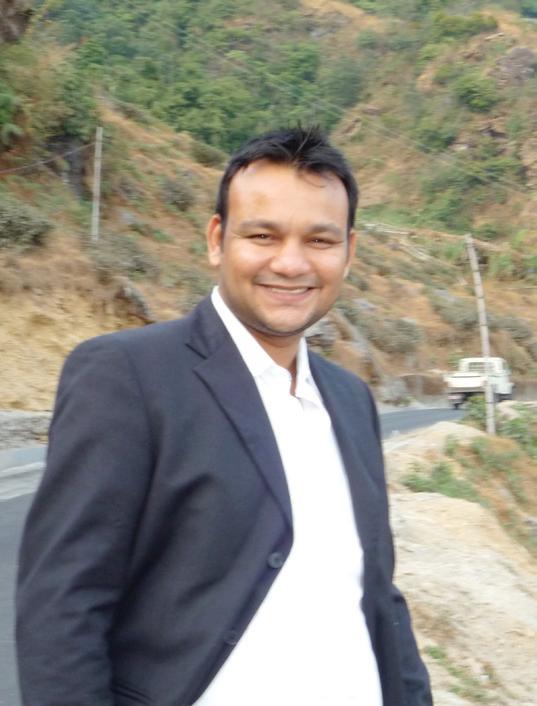
Our congratulations to every student from the community who successfully finished the VCE last year
BY TIM BLIGHTSeveral Indian students were the stars of the Victorian Certificate of Education (VCE) when results were released on 13th December 2010. Anxious students across Victoria woke early to check their scores which were posted online from 7am on that Monday morning. The highest achieving students had their scores printed in state newspapers and were approached by universities offering scholarships, while thousands of others considered their options for future study.
Nupur Goyal was one of a select group of the state’s highest achieving students with an overall score of 99.95, the highest mark possible. Several other Indian students, including Vaidehi Naganur and Juhi Pipriya scored highly in the statewide exam.
Moving here from New Delhi, Nupur began studying at Glen Waverley Secondary College before moving on to the selective MacRobertson Girls High School in downtown Melbourne.
“It wasn’t too bad settling in to life in Australia,” recounted Nupur, mentioning the Indian, Asian and broader Australian community support in the Glen Waverley district. Like many Indians who study in Australia however, she found the major cultural difference was in the way students and teachers interacted.
“When I first arrived, I kept calling my teacher ‘ma’am’, as we do in India. My teacher asked me to call her by name, which was a little uncomfortable when you’re not used to it”.
And of course the complicated system of ‘scaling’, unheard of in India, was confusing too!
(Scaling refers to manipulation of results to consider the subjectivity of exams. For example, if an entire grade of students achieves a low result, this may be symptomatic of an inappropriate exam paper rather than an unfortunate coincidence. To combat this, results are scaled to reflect a fairer average. Scaling was controversial when it was first introduced to the academic system in the early 2000s, however many now see its merits. However due to this system, many students are not sure whether to feel confident about their exam once it’s finished).
necessarily helps people in their efforts to study. “I didn’t really have a study regime, I just studied when I felt I needed to – I even took a day or two off studying during the exam period,” she says.
When asked about how her parents felt about that, the high achieving student laughed, saying that they were as concerned as any parent would be. “I prefer to study in my own time, and not when there are other people around. So I might study in the afternoon, but when mum and dad were home, that was when I would take time out. So they would only see me when I was relaxing, or watching TV!”
Devraj Bhattacharya of Melbourne High School (98.85) preferred to vary the intensity of study. “My study routine essentially consisted of doing what I had to do to keep up with schoolwork, and varying the intensity of study depending on when the workload was heaviest. There were nights where I didn’t study at all, and other nights where I did eight to ten hours of straight work. People say that it’s better to keep a regular routine, but in the end it worked for me, and I also found that I always had time to do other things which I enjoyed”.
But, Joshua Yuvaraj feels that studying regularly, rather than intensively, was key in minimizing stress and helping him achieve his success. When asked about advice for future VCE students, he named preparation as his best recommendation. “The VCE wasn’t as stressful as I was expecting it to be, and I think that’s because I made a solid base at the start of the year with my study. If you can do that, you won’t get overwhelmed.”
He urges future VCE students not to ‘cram’ but to work constantly, even as a favour to themselves. “If you’re running behind, you spend time to catch up, so then you miss even more work, so you’re still behind. Then there are issues that you can’t predict – such as falling sick. If you stay ahead of everything, then you’re in control, and you can afford the unplanned things.”
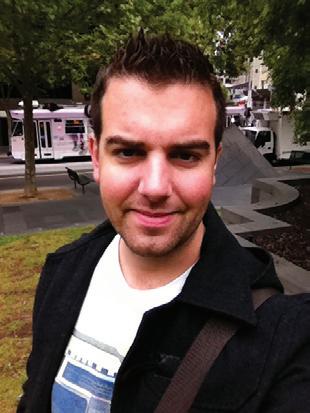
Devraj advises students not to make the exam a be-all-and-endall affair. “In essence, VCE is merely a route of getting into your University course. Unfortunately many people think it is some sort of competition, some community members tend to even think it is a measure of how well their child has been raised. That is complete rubbish: as long as students work sincerely and meet their own expectations, I think they are successful in their own right. So set your own goals and expectations. Just keep in mind what your overall goal is, and work your own way to achieving it - don’t let anyone else interfere with that path”.
Nupur was excited and nervous on the morning of the results that she woke up at 5am. “Then, when the results became available, my father was looking over my shoulder, even though I told him not to.” Nupur said that when she saw the result, she couldn’t believe it. “We kept refreshing the website to make sure it was real!!!”
A self-confessed nerd, Nupur says she really enjoyed her subjects, and is actually missing the routine of school now that it’s finished.
“I’m already looking forward to university,” she laughs.
Nupur studied two forms of mathematics for her VCE, along with accounting, physics, chemistry, English language and Hindi. However she says that the key to her success is choosing subjects which she enjoyed.
“I’ve always been an academic minded person,” she says, explaining that essays in subjects such as English and Hindi presented the biggest hurdle for her. “I really enjoyed the subjects that I did such as maths, and I think that’s why I got the result that I did. You need to be passionate about what you are doing.”
This sentiment is echoed by Joshua Yuvaraj, another VCE graduate who scored an impressive 99.30.
“You have to enjoy what you’re doing. Even if parents or other people tell you to do a particular subject, you should study the subjects which you show potential in.”
Joshua, along with his fellow students Devraj Bhattacharya and Ashwin Sharma from the selective Melbourne High School, also featured in the high achievers list released with the VCE results. “It was great studying with everyone else – they were all really supportive – it helps so much”.
Nupur Goyal also does not think that social or parental pressure
Since the VCE results were released, Nupur Goyal has been juggling sleep-ins with appointments with universities. Universities are provided with the results one week before they are made public in order to prepare for scholarship ceremonies. The highest achieving students are then invited along to the ceremonies and for interviews with universities for certain subjects. Nupur has already been invited to attend an interview with Monash University for an undergraduate degree in medicine. “It’s a five year course, and I’ve already had a taste of university life at the Chemistry Olympiad I attended last summer, so I’m really looking forward to it”.

Long term, Nupur would like to work in medicine, specialising in one area. “I think it would be great to work overseas and volunteer – it would be an excellent experience, and some places are really in need of help” she enthuses.
Joshua Yuvaraj, meanwhile, is angling for more creative subjects. “I studied English, Literature, Legal Studies, International Studies, and Maths Methods at school, and English was easily my favourite,” he says.
Joshua has a keen interest in writing and music. “I’d like to study Arts Law at Monash University,” he says, reflecting many students’ preference to study locally if possible. Having said that, Joshua reveals that his future career may not be in law. “I would like to work as a journalist, or a novelist. Law would work as a back-up.”
Devraj will most likely be doing a double degree in Commerce and Engineering at Monash University.
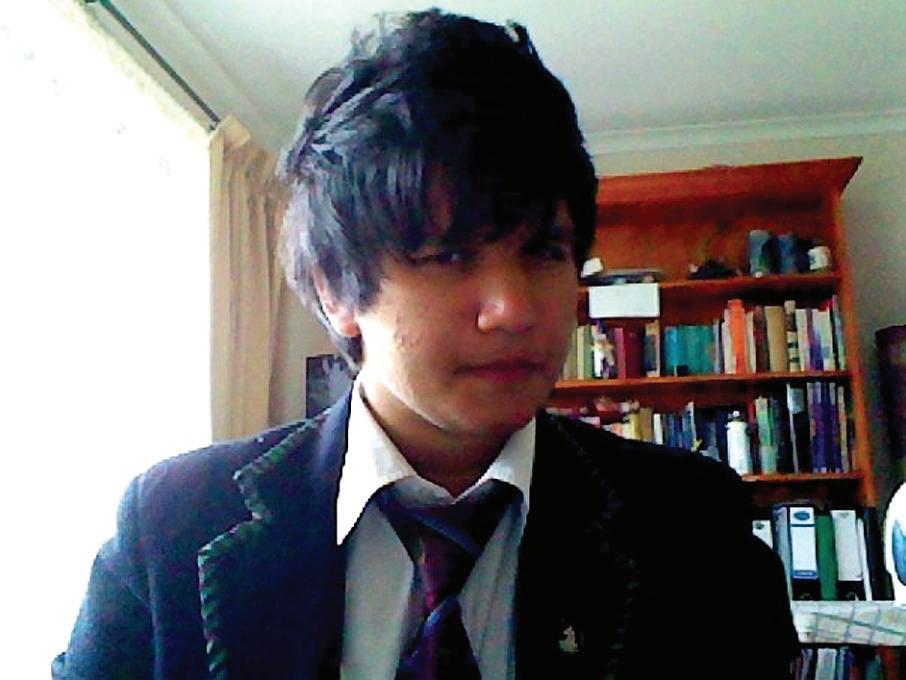
Meanwhile students of foreign background often find the VCE more of a challenge, especially if they choose to study their native tongue or associated cultural subjects. Nupur Goyal studied Hindi through the Victorian School of Languages, which is associated with the Hindi Niketan Association. “Studying Hindi for me was like a test of how Indian I am,” she explains Ms Goyal. “To have done so well in Hindi, and in English in many ways, reflects my life, because I’ve managed to keep my Indian culture but also adapt to life in Australia. It’s very rewarding”.
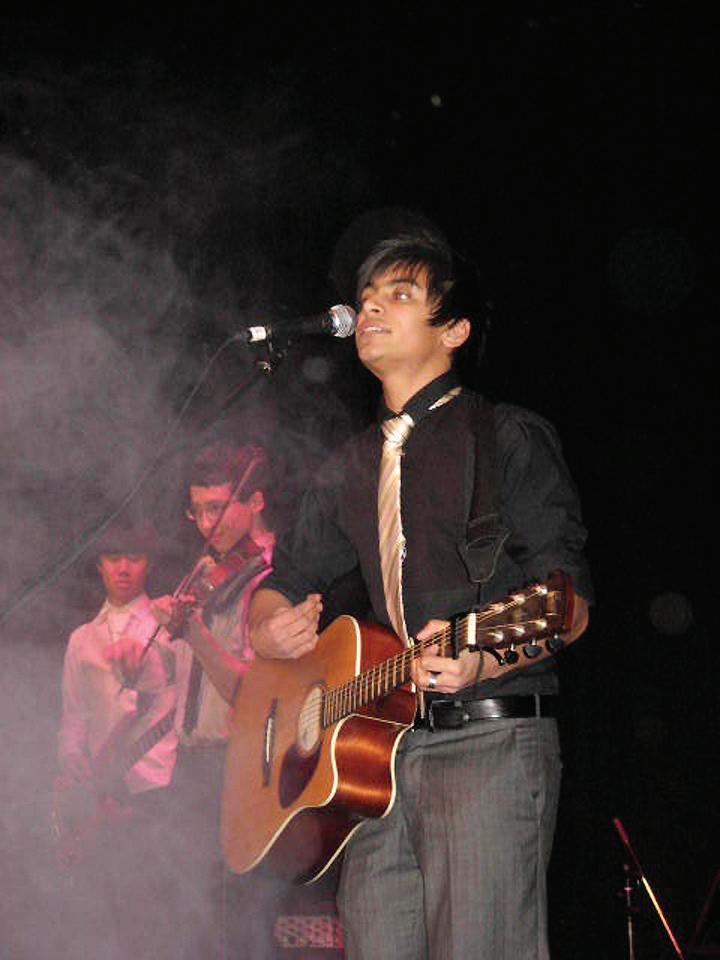
“I really enjoyed the subjects that I did such as maths, and I think that’s why I got the result that I did. You need to be passionate about what you are doing.” Nupur GoyalJoshua Yuvaraj Devraj Bhattacharya Nupur Goyal
Someone once remarked that “a photography class should be a requirement in all educational programs because it makes you see the world rather than just look at it”. A good photographer can make you look at familiar places and everyday objects as though you had never seen them before. You ponder over the details captured and the picture can transport you miles away. This is what I felt when leafing through the pages of Richard I’Anson’s lavishly produced, voluminous photo book on India, India –Essential encounters. He sees the extraordinary in the mundane, capturing vignettes from everyday life as it throbs about in the streets of India. Of course, he also includes pictures of well-known monuments like the Taj Mahal or Charminar.
In 1986 Richard I’Anson (pronounced eye an-son) made his first trip from London to India. It was for only 6 days and he visited Kashmir and Ladakh. He was so enamoured by the beauty and diversity he saw, that he decided to produce a book about his trip. Reject letters from publishers at that point and 30 odd trips to India later, he has brought his dream project into fruition with the
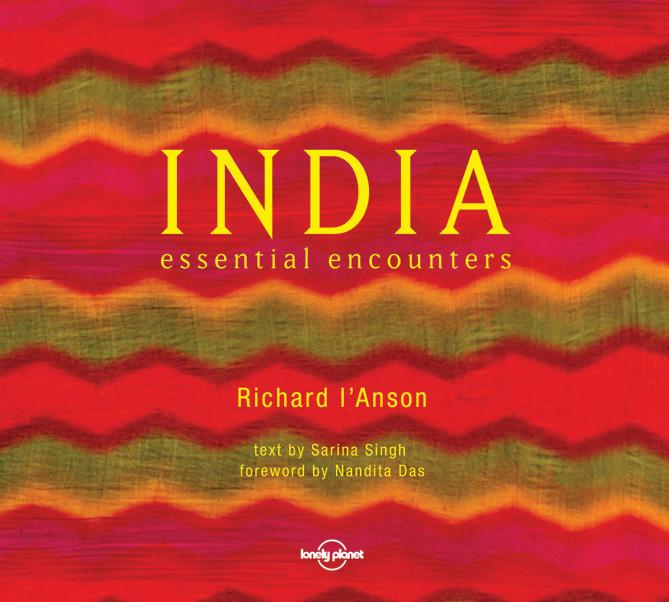
release of this latest book.
Meet Richard I’Anson, a freelance photographer who has built a career on his twin passions for travel and photography. Ever since he received his first camera as a gift from his parents when he was 16, he has been infatuated with photography.
The book was launched in Sydney last month at the Tap Art Gallery in Paddington by World Expeditions, with whom Richard has been involved for a long time.
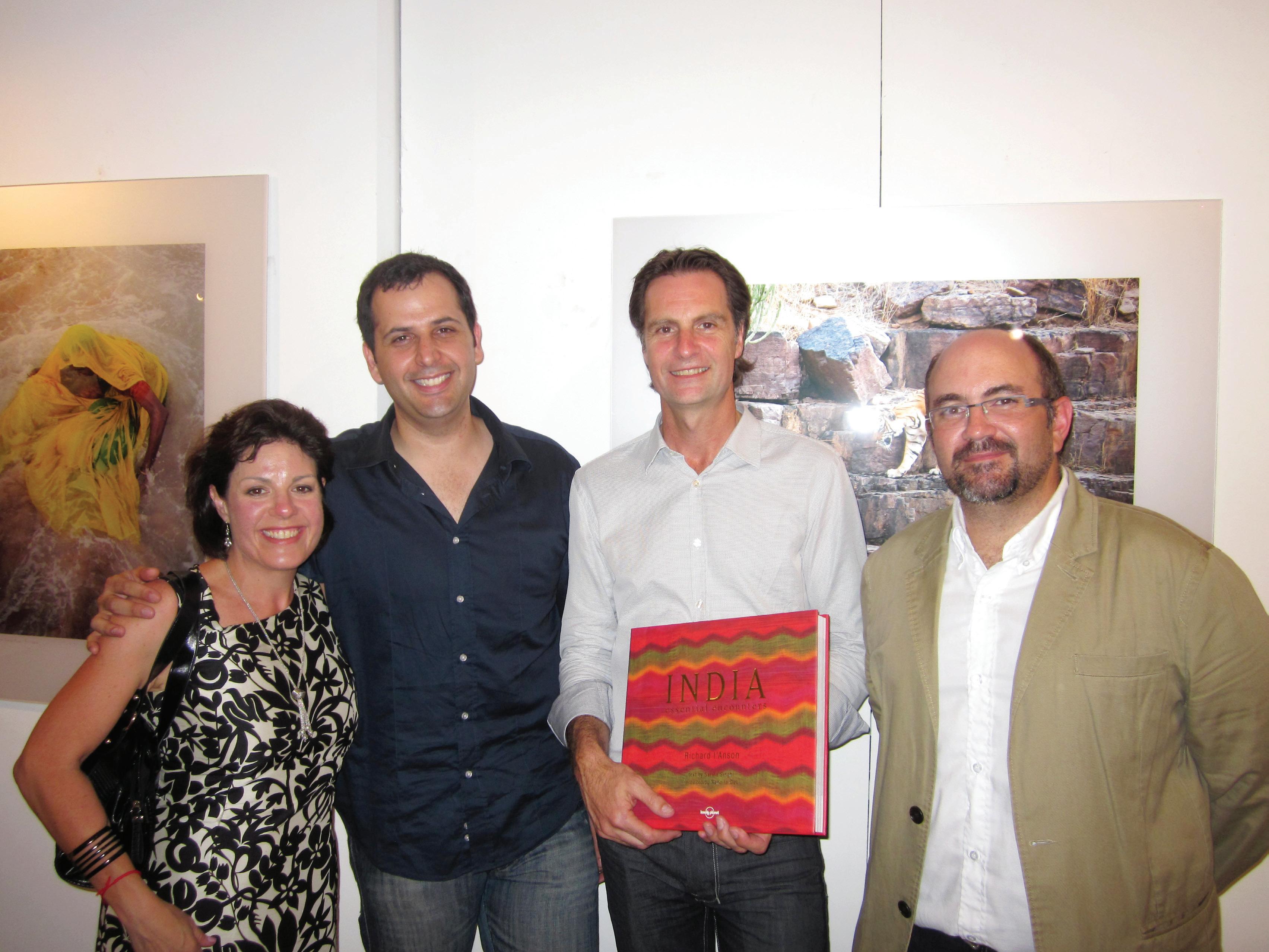
At the release Richard said, “India is such an exhilarating place for a travel photographer... the pictures I take are an emotional and physical response to the moment.” He chose a few of his favourite pictures exhibited around the gallery to tell the stories behind them.
“Expect the unexpected in India, always”, he said.
There may have been many frustrations on his journeys into the country, but what Richard recalls are the sublime moments when time seems to stop, like when he captured the sunrise over the Himalayas, the chanting monks at Bodh Gaya, or the eternal beauty of Taj Mahal early one morning. In his effort to capture his shot of the tigers at Ranthambore, he spent over 21 hours of safari and had not seen a single tiger. He joked that just as he was about to give up and the thought fleeted through his mind about getting the elusive animal’s shot at the
Melbourne Zoo instead, the Royal Bengal tiger deigned to make an appearance. He got some good shots before it vanished into wilderness again. So though his shots may look like happy accidents, just being in the right place at the right time may take hours or days of meticulous planning.
The Allahabad Kumbh Mela of 2001 was another surreal experience for Richard. “It was amazing to be one of the 30 million people who had congregated at the place, one of the largest ever gatherings of men on earth”, he said. He missed the event in 1989 and for something that is as rare as once every 12 years, he realised that for a good photographer it is good to do proper research before any work.
One of his favourite shots is of an old woman sitting in the waters at Puri beach, her saree twirling all round her. The picture looks innocuous enough but Richard had a story to tell. He spoke about how many families come from afar to Puri to see its beaches and temples. While families frolicked on the beach, a frail member of one family was washed away by the rip and literally landed at Richard’s feet as he was photographing and that’s how he got this classic shot.
When queried, Richard says that all the 44 destinations highlighted in his book are his favourites, but there’s a special place in his heart for Ladakh, which he says is geographically and culturally very different from the rest of India. In fact, Richard leads
a trip to Ladakh through World Expeditions in the month of September 2011. The book has 650 colour photographs, accompanied by text by acclaimed travel writer Sarina Singh. The foreword is written by actress Nandita Das, who admits frankly that she was initially sceptical if a foreigner’s interpretation of India would amount to stereotyping but was happily surprised to find that Richard’s images rekindled her memories of places visited – “sometimes capturing them just as I remembered and sometimes coming across as more breathtaking than I recalled”.
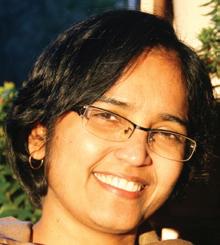
A seasoned traveller, Richard believes that travelling to take photographs is very different to taking photos while travelling. As he says in his introduction to his book, “The unwanted attention of touts, rickshaw and taxi drivers, roaming vendors and beggars, can be wearing and challenging for the occasional visitor but pales into insignificance against the instinctive friendliness and welcoming nature of most interactions.”
Yet, according to him, India can be a relentless assault on the senses. “Those who are open, or better still, embrace the situation, will find India at its pulsating best”.
Richard’s work is published worldwide in books, magazines, newspapers, brochures, calendars, posters, cards and websites. Richard has himself published books like Chasing Rickshaws, Rice Trails, Travel Photography, Australia: 42 Great Landscape Experiences and Nepal, among others. He says he aims to capture the reality of the place as he sees it and “endeavours to shoot strong individual images that build on each other to create a comprehensive coverage of a destination or topic, so that viewers can get a sense of what it’s like to be there.”
If you have seen a Bollywood movie in a theatre in Melbourne, or indeed in Australia, chances are that it has been brought to you solely due to the efforts of one person.
Thanks to Mitu Bhowmick Lange, Australia’s Indian community are able to enjoy the latest Bollywood movies in Australia, almost on the same day as these movies are released in India.
Mind Blowing Films (MBF), the film company of which Mitu is the director, is the biggest distributor of Bollywood films in Australia. These movies include the recent hit No One Killed Jessica, the critically acclaimed Khele Hum Jee Jaan Sey and over 25 titles from the leading studios in the past 18 months, grossing over $ 5 million at the Australian box office
Kiran Rao’s much-awaited Dhobi Ghat and the Priyanka-starrer Saat Khoon Maaf are up next, to be released in coming weeks.
MBF was launched with the sole objective of bringing Australia and India closer together where films are concerned, Bhowmick-Lange says. “A major motivation was to bring to the Indians in Australia the very latest from Bollywood. It is a prolific industry back home
Yash Chopra, one of India’s leading film-makers, is the festival patron of MBF’s Bollywood and Beyond, and the advisory board reads like a who’s who’s of Bollywood – Simi Garewal, Amit Khanna, Ronnie Screwvala, etc.
as you know, and has many followers outside of India – who don’t want to miss out on the latest”.
Chandana Singh, who migrated from Chandigarh to Melbourne in 1978, notes how the Bollywood scene has changed here. “In the earlier days, we could only see the movies when someone came from India and brought a cassette with them,” she recalls. “It was a big event, believe it or not – we would congregate at a friend’s place and watch it together… Often, we had to wait months to watch these movies, and of course miss out on all the movie discussions with our family and friends in India. I remember the hype around the film Satyam Shivam Sundaram just as I was leaving India, but I only saw it years later! Not any more; I saw Chak De India on the same day as my sister in Punjab and we really had a good discussion about it on the same day!”
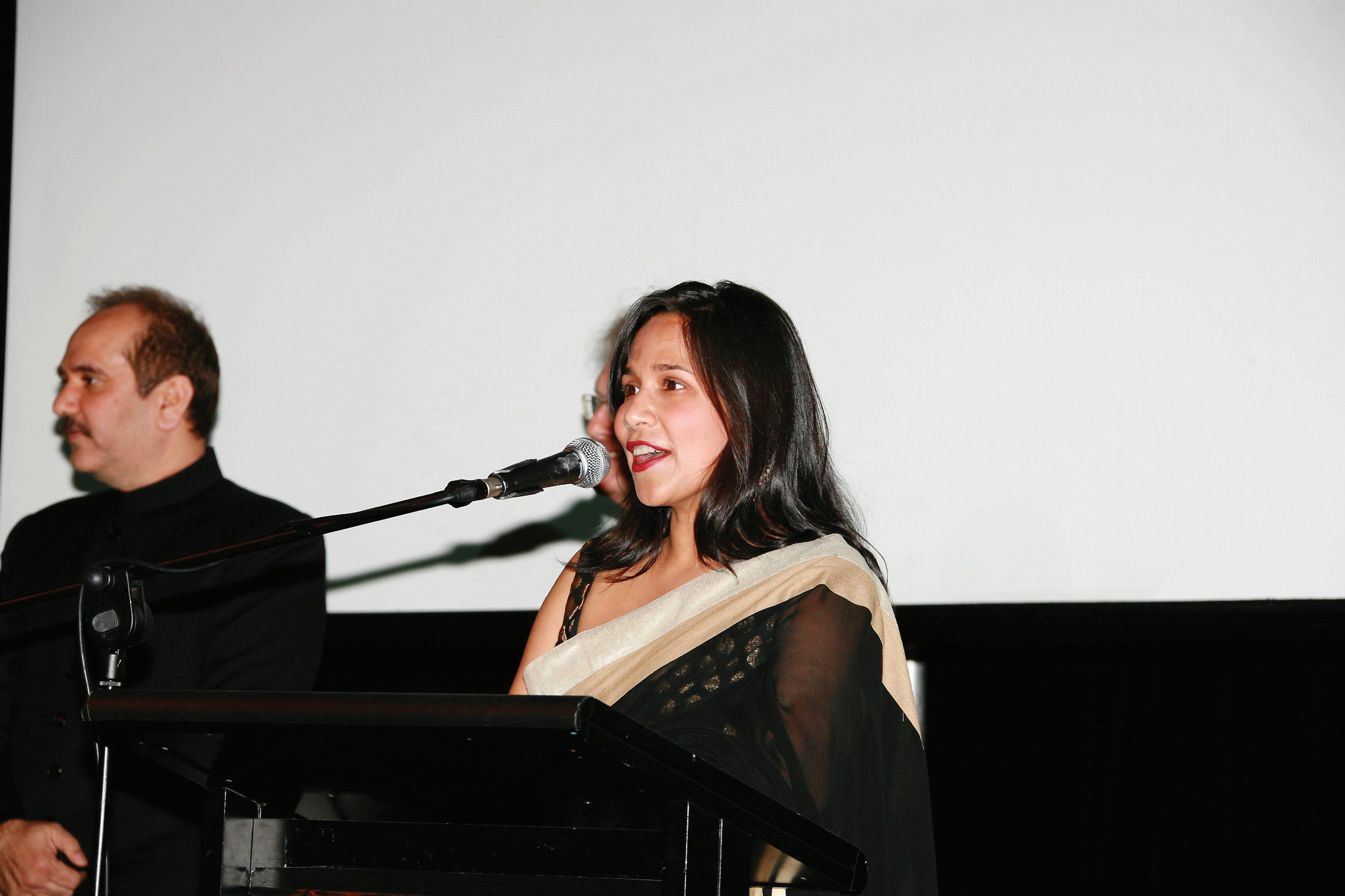
And of course, there are other ‘filmy’ aspects that the Singh family can boast about to family back home: their daughter can be seen, fleetingly but quite clearly, in scenes in the films Salaam Namaste and Chak De India –let’s see you top that! For film-crazy Indians here, Mitu has indeed changed the world around.
Both films were made in Australia, lineproduced by MBF.
“I have brought in over $12 million dollars worth of production in Victoria alone with films such as Salaam Namaste, Main Aurr Mrs Khanna, Chak De India and with Bachna Aye Haseeno in Sydney along with several commercials,” Mitu notes. “Chak De India and Salaam Namaste have been the biggest blockbusters and have single-handedly increased Indian tourism to Victoria from India by 25%”.
“Forever on the lookout for new locales, Indian film-makers have absolutely loved what we have to offer in Australia,” Mitu observes. “Victoria especially has the best of
both worlds - scenic beauty as well as beautiful urban environments, so it fits in well with the dream worlds that Bollywood conjures. I was keen to showcase Australia to Indian directors and producers; and they lapped it up!”
Mitu’s passion for films began early in life. In India, she directied several TV shows including a daily breakfast show, and many entertainment, news and fashion magazine programs, for channels such as BBC World, Star Plus, Zee TV and Sony TV. Mitu wrote and directed a multi award-winning documentary on the impact of violence on the children of Kashmir, which went on to become UNICEF’s entry to the Emmy Awards.
The contacts she made in the industry have certainly helped her in another major endeavour – the annual film festival, Bollywood and Beyond. In recent years, it has attracted Bollywood heavyweights such as Simi Garewal, Yash Chopra, Akshaye Khanna, Raju Hirani and Rani Mukherjee, and has gone on to become an event to wait for, in the community’s annual social calendar.
Yash Chopra, one of India’s leading filmmakers, is the festival patron, and the advisory board reads like a who’s who’s of Bollywood – Simi Garewal, Amit Khanna, Ronnie Screwvala, etc.
The film festival itself has evolved with interesting events. Each year, a bunch of leading films from the industry are showcased, and cast and crew often come in person to introduce their films and meet their Aussie fans. Not only Hindi films, but the very best from regional cinema are also included. In every major city, crowds throng to get a glimpse, a photograph maybe, of their favourite stars. Federation Square played host to thousands last year to greet ‘India’s sweetheart’ Rani Mukherjee, with even the Premier of the state and the Lord Mayor attending.
Events associated with the festival are just as popular, such as a Bollywood dance competition (at which actor Sohail Khan was invited last year) and a short-film competition with attractive prizes which encourages new talent (last year’s winner Samson has just signed his first independent feature film).
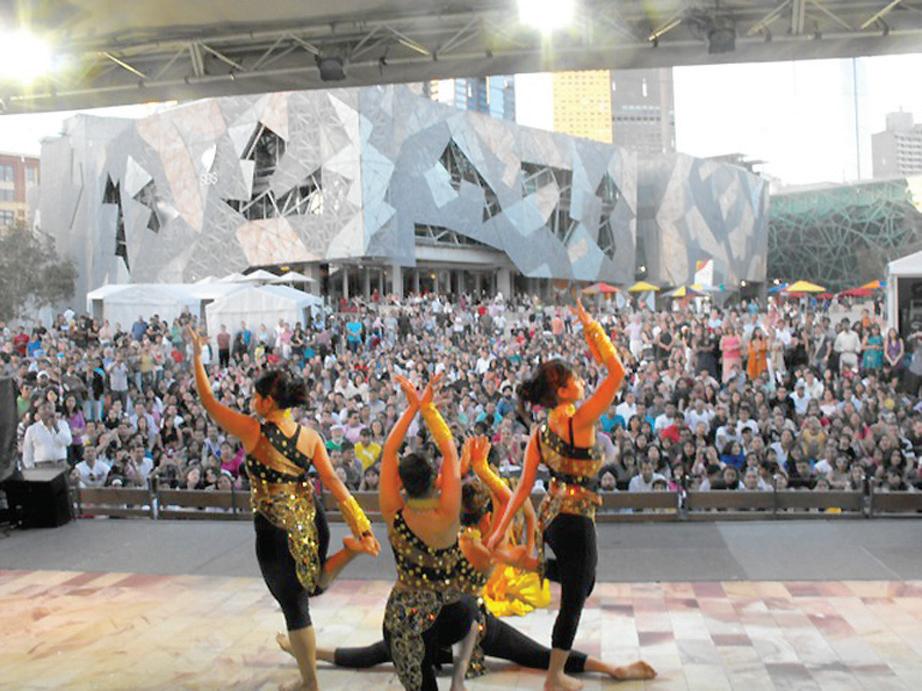
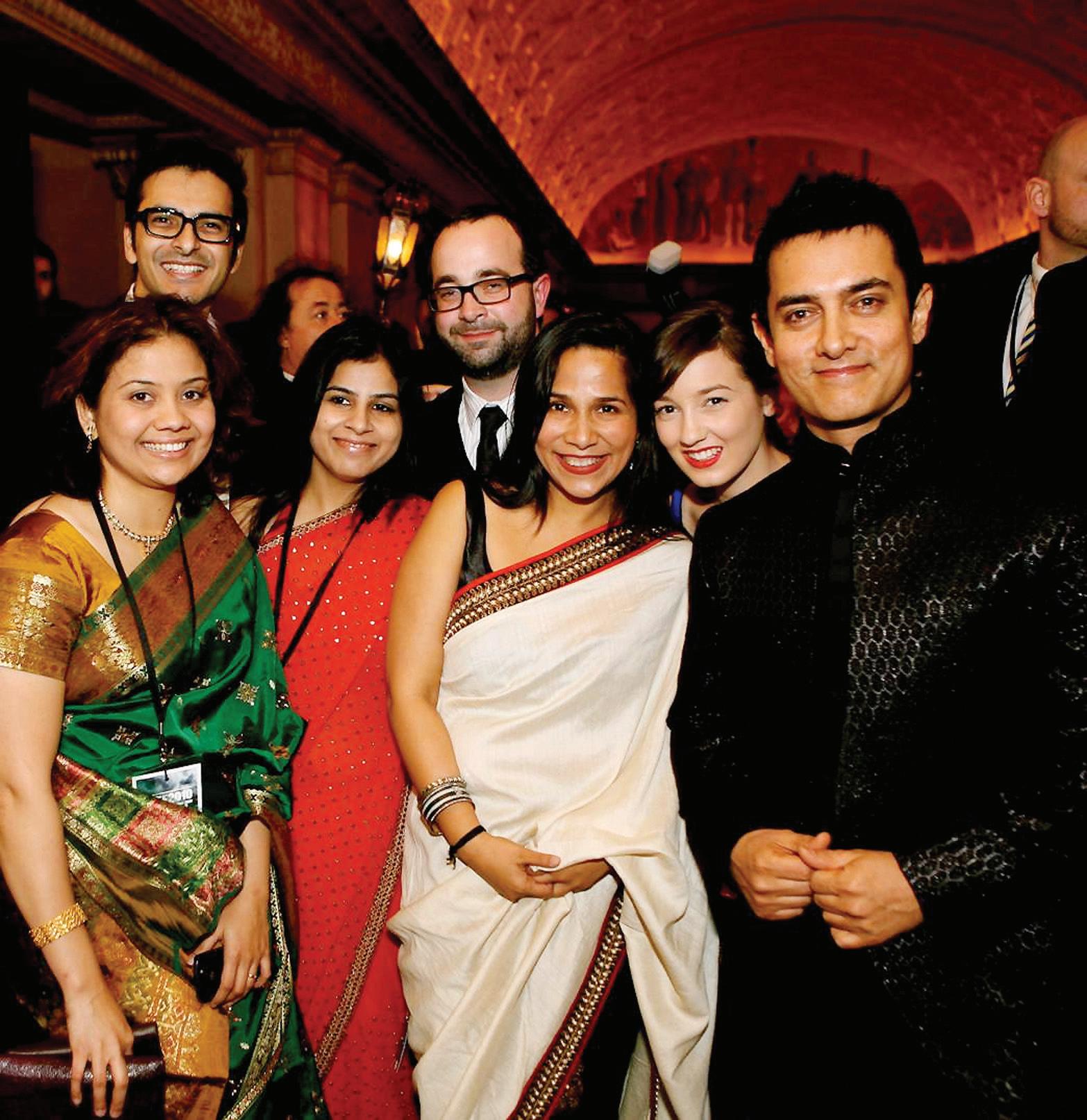
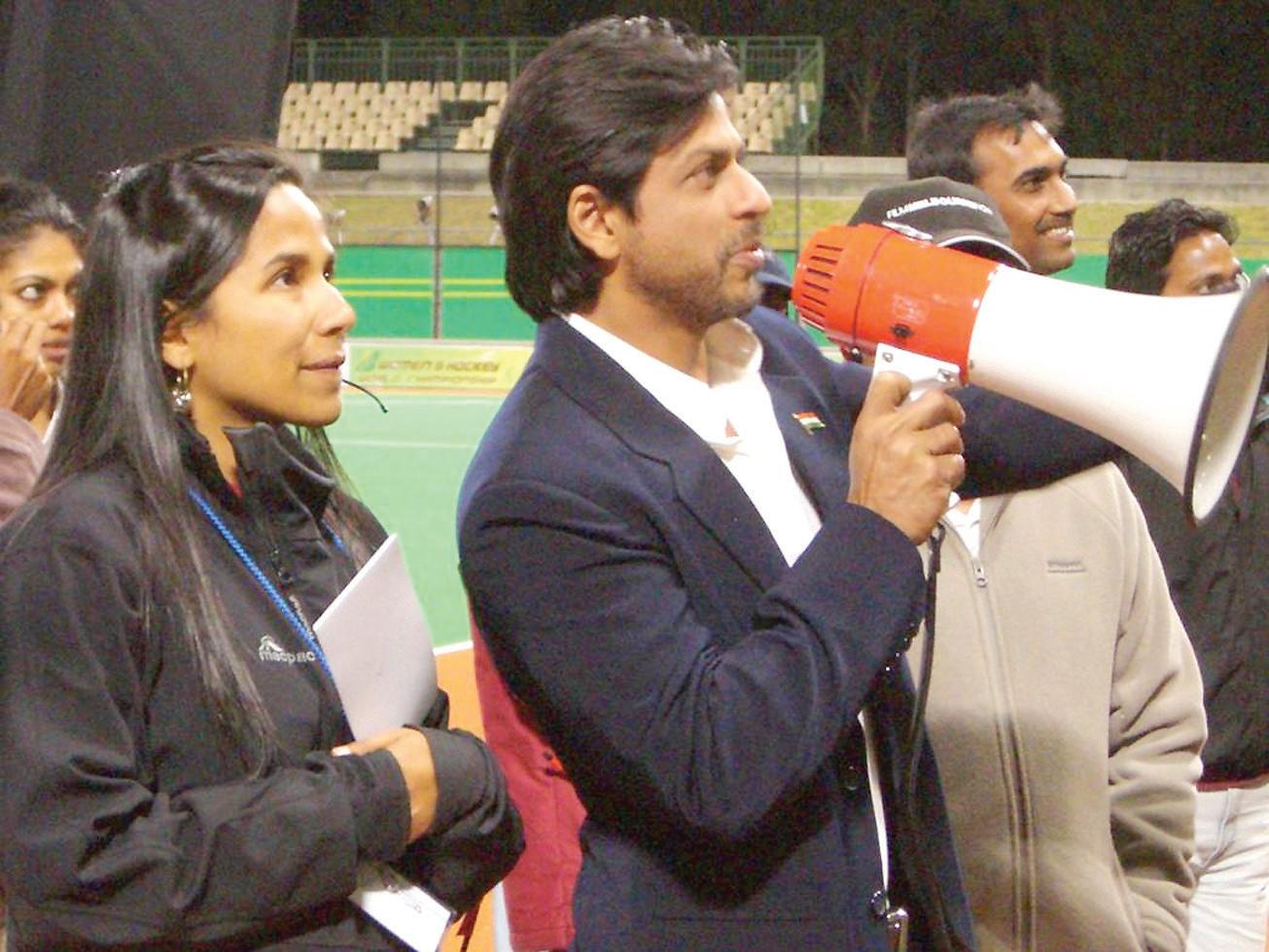
So what’s the plan for this year’s festival, Mitu?
“Yes, plans are nearly finalised for this year’s festival,” Mitu reveals. “All I will say is, if you thought last year was good, then you will be happy this year. My hard working team at Mind Blowing Films have in store for you some of the very leading names in acting talent from Bollywood – and dancing talent –coming this year”.
Now does that give us a clue?
She may be pint-sized, but she is one energiser-bunny bundle of activity!
Equally, Mitu is passionate about taking Aussie films to India. She is the curator for Australian and New Zealand films for India’s leading film festival (International Film Festival of India, IFFI), the oldest film festival in Asia. Last year for the first time, Mitu was instrumental in having over 8 Australian films screened at the 41st IFFI, opening the doors to an audience of over 1.4 billion Indians. Several key Australians film makers like Mick Molloy, Robyn Kershaw (producer of Bran Neu Dae), Bill Leimbach (producer Benath Hill 60) were invited for the festival in Goa, further strengthening the relationship between the two robust industries.
Entrepreneurial as well as creative, Mitu has used Melbourne as the hub to promote the state of Victoria to India, while enriching the local community with unique entertainment options and a pride in themselves. Her work to date has served to become a wonderful cultural bridge between India and Australia. Keep up the good work, Mitu.
Mitu Bhowmick-Lange’s childhood passion for films has gone on to become a cultural bridge between India and Australia.
devastating Gujarat earthquake of 2001. Dr Aswani, an ayurvedic doctor, founded the Charlie Circle of Adipur in 1973 and is popularly known as Charlie Doctor. One of the endearing sequences in the film shows Dr Aswani’s prescription for a patient, “Please see Circus film” – accompanied with a VCD of the film fished from his drawer full of Charlie’s films! He believes that Charlie can heal all sorts of conditions that stem from an unhappy state of mind. (Wasn’t it Chaplin himself who said, “Laughter is the tonic, the relief, the surcease for pain”?)
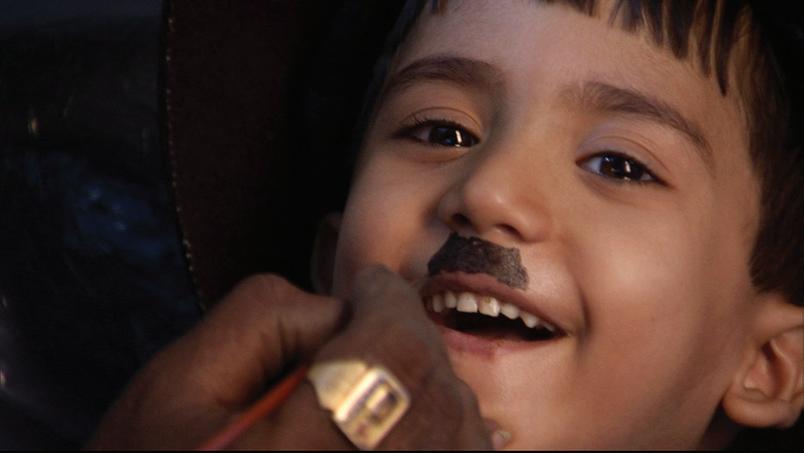
Dr Aswani even has a Charlie statue sitting amidst other deities in his puja area and believes that each of his films has a message - comparing it to the Bhagwad Gita, no less!
Dr Aswani is just one of the Charlie fans and impersonators that Kathryn introduces us to in the film. There is Prevan Kamate who inspired by Chaplin’s acting, migrated from his village to Mumbai, to make a career of imitating him. There is Vishwajeet, another aspiring actor who like Chaplin in his movies believes that one day he will triumph over his troubles. Chaplin inspires them not to give up but fight life’s battles. The film is interspersed with clips of other Charlie renditions like Kamal Hassan in the 1986 Tamil movie Punnagai Mannan (King of Smiles) and the popular Cherry Blossom shoeshine ad where Rajesh Puri played Charlie Chaplin.
Besides Kathryn’s quest for the perfect boot cake, the film simultaneously seeks to understand the logic of Chaplin’s magic. His silent films spoke a universal language. In most of his films, he plays the outsider, the immigrant, the clown and the underdog; and the mix of pathos and humour resonates with one and all. As well, the film tries in its own way to understand the enigma that is India. After her entire India experience with this film, Kathryn is led to conclude, “For long, India has been the tramp of the world, but it is now a rising force”.
In many ways the contradictions in Chaplin’s character can so easily be applied to the idea of India itself: his pants are baggy but his jacket is too tight; his shoes are too large and his hat is much too small. His look and his walk are not ‘regular’ but he wears them with pride. He is all ‘wrong’, but in the end there’s something mystifyingly right about him.
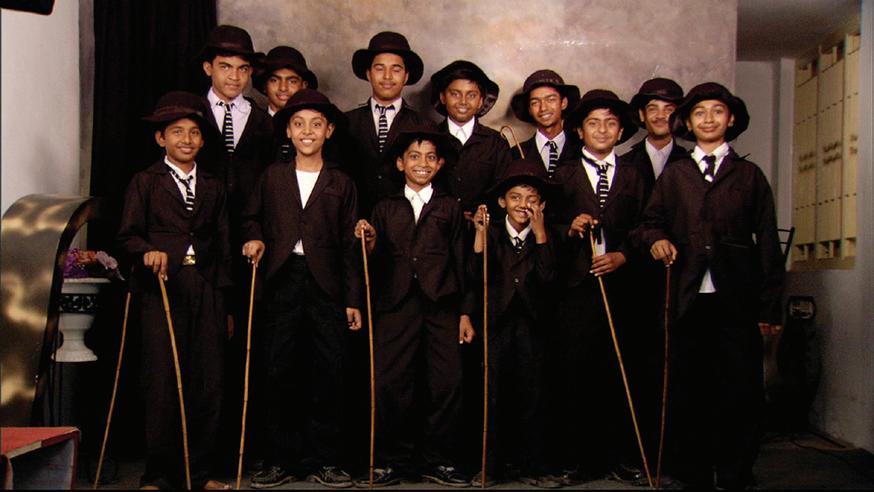
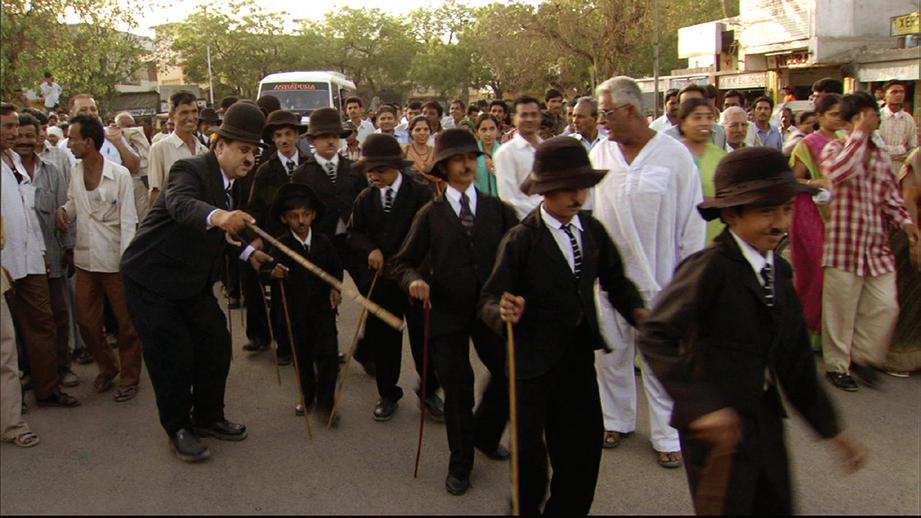
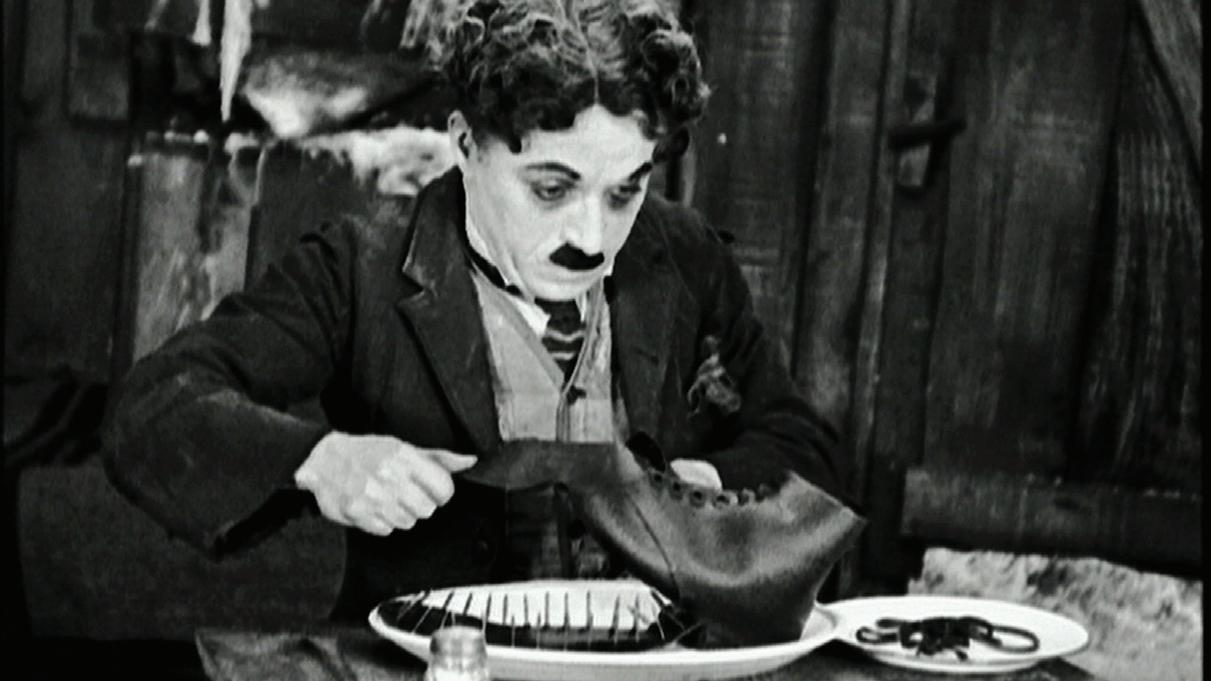
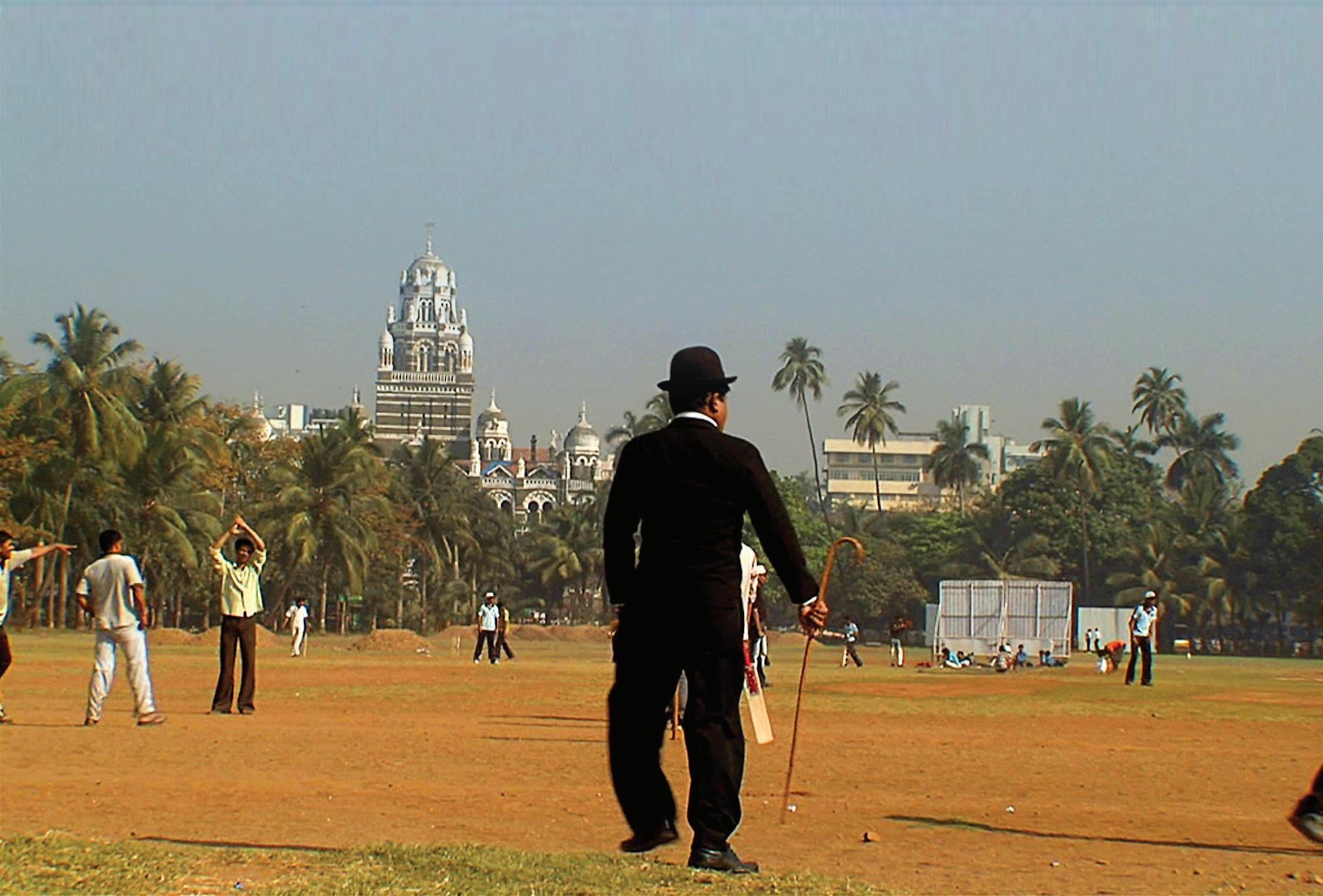 BY JYOTI SHANKAR
BY JYOTI SHANKAR

He never said a single word, but made us laugh so hard we had tears streaming down our face. Like the time he was so hungry he ate his own boot…
Growing up in India, I remember dropping everything to sit down and watch every time Charlie Chaplin was on TV. Doordarshan made numerous reruns of those gems The Gold Rush, The Great Dictator and Modern Times, films I can never forget. For some inexplicable reason, this tramp - with his wobbly walk, toothbrush moustache and twirling cane - struck a chord within me.
Sydney-based filmmaker Kathryn Millard has long been fascinated by the influence of Charlie Chaplin on people from cultures as widely disparate as Mexico, Brazil, Vietnam and India. She pondered over why so many felt an almost spiritual resonance with Charlie Chaplin. Setting off
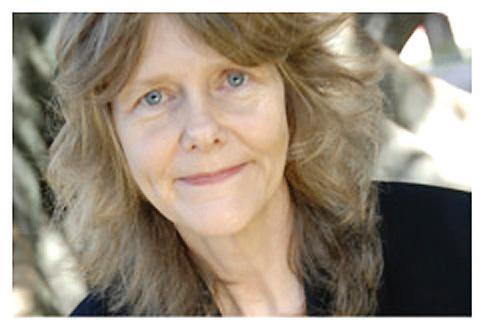
on a quest to research this, she stumbled across a little town in western Gujarat called Adipur. A bunch of Chaplin fans here, calling themselves the ‘Charlie Circle of Adipur’ caught her fancy. Millard got so involved with this group in remote Adipur - who are dedicated not only to Charlie Chaplin but also to the philosophy of life depicted in his films - that they formed the basis for a whole documentary, The Boot Cake.
So what is the boot cake? When Millard got in touch with the Charlie Circle, they invited her to be part of the upcoming 116th birthday celebrations of Charlie Chaplin. They asked if she could do them the honour of bringing a birthday cake in the shape of a boot, as homage to that famous scene in The Gold Rush where Charlie out of hunger and desperation boils and eats his own boot. The film layers Kathryn’s quest for the perfect boot cake that would withstand the Adipur heat, with film clips, interviews with Charlie impersonators and behind-the-scenes footage of the preparations for the Charlie birthday party. The party includes a parade
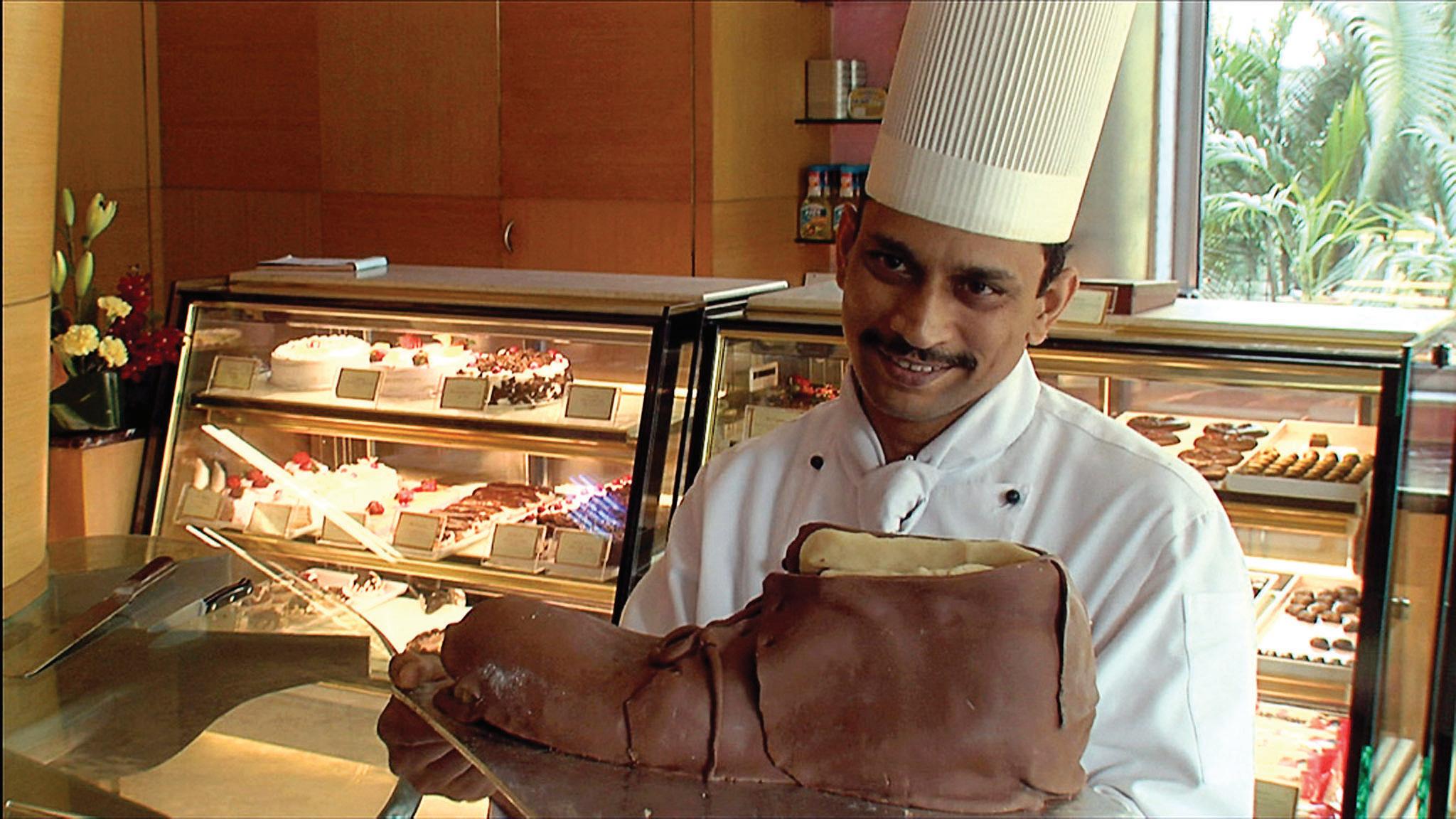
through Adipur of Charlie look-alikes, floats accompanied by music and dance, and the public showing of The Gold Rush in the town centre. The finale involves the cutting of the boot cake.
The film layers Kathryn’s quest for the perfect boot cake that would withstand the Adipur heat, with film clips, interviews with Charlie impersonators and behind-thescenes footage of the preparations for the Charlie birthday party.
Adipur is a small town established after the partition of India, a substantial population being Sindhi refugees from Pakistan. Life has never been easy for its denizens, having also survived the
The cinematographer, Himman Dhamija, who incidentally shares his birthday with Chaplin (April 16th), is an Indian-born graduate of the Australian Film and Television School who has worked on a number of Bollywood and Australian movies like Heyy Baby, Mangal Pandey – The Rising and Chandni Chowk to China. The beautiful music score is by Elena Kats-Chermin who is one of Australia’s leading composers, whose music has featured at the 2000 Sydney Olympics opening ceremony and the 2003 Rugby World Cup.
The movie has been a labour of love for Kathryn Millard, an Associate Professor in the Department of Media at Macquarie University. Presenting the showing of this movie as part of the Seniors Film Festival earlier in March this year, she said that she had been made the chief patron of the Charlie Circle of Adipur, whose membership has now grown to over 200. The film has had a good response when shown at film festivals and on Indian TV and was nominated for the Best Documentary at the Australian Writers’ Guild Awards.
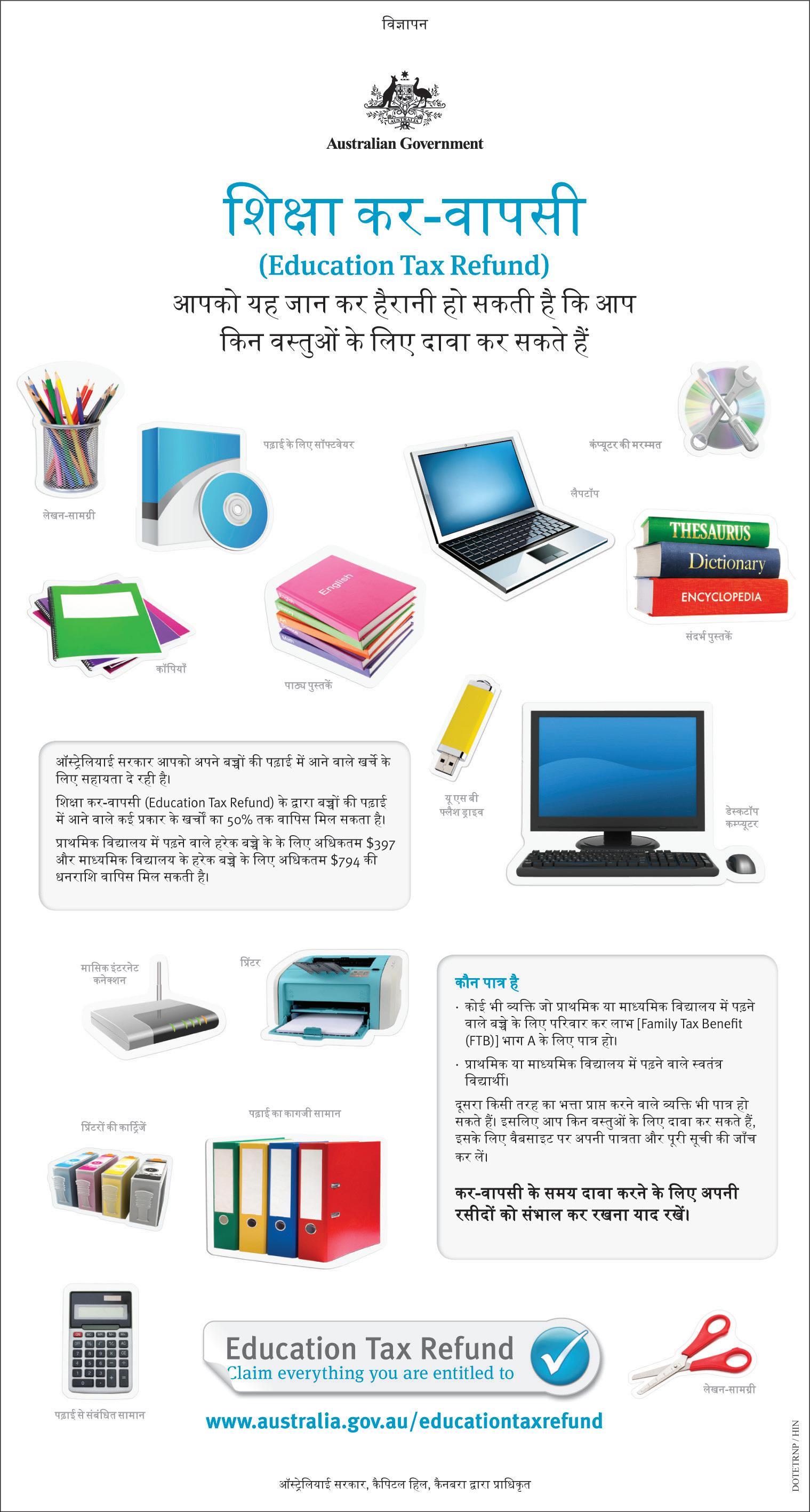
to acclimatise to everything Australian – the Kookaburra ball, the harder, bouncier pitches and, although this time it was a much diminished factor, the Australian media.
That the series began with a draw is perhaps fitting – England were once again struck with their DownUnder fever and Australia were getting used to yet another combination of bowlers. Neither side was playing their best cricket and so it was apt to enter the second match with a view to begin the real contest. Let us not forget, however, that Australia looked set to win at the Gabba until the behemoth 517/1 England amassed in the second innings deflated every lingering hope.
England surged straight through to Adelaide carrying every bit of the momentum they gained in the latter half of the first match, and the opening few moments of the second Test have to go down as one of the most dramatic starts to any Test match, let alone a crucial Ashes fixture. The disarray Australia found themselves in, at 3/2 (that’s three wickets) after two overs, typified their series and perhaps sums up the confused state of affairs in Australian cricket at the moment. Indeed, at one stage, England had scored 1100 runs for the loss of only 6 wickets if we included that 517/1 in the second innings at Brisbane, and the hosts, with the exception of perhaps Hussey and Haddin, who had no answers.
After dropping their strike bowler for the Adelaide Test, Australia again chopped and changed, recalling Mitchell Johnson and bringing in young gun Steve Smith. Cue trademark Aussie fightback. Hussey, Haddin and Johnson cleaned up with the bat, and then a sublime spell of reverse-swing bowling by Johnson [6/38] set up a mammoth victory.
It is hard to recall an Ashes series where England has gone in with so few concerns. Put another way, it is hard to recall Australia going into an Ashes series shrouded in such uncertainty.
Then came what is now being referred to as Australia’s most humiliating sporting moment of the decade. MCG, Boxing Day and series level. In this kind of situation, it would seem foolish not to back Australia. The bookies and match and series odds reflected the same. Australia responded by promptly being bowled out for 98 and conceding a 415 run lead to England. Game, and Ashes, over.
The build-up was so intense that it was somewhat of a relief when the actual cricket began. There was unprecedented anticipation of a truly monumental summer of cricket which would either consign Australia to the drawing board, or prove once and for all that England are incapable of playing Down Under. It is hard to recall an Ashes series where England has gone in with so few concerns. Put another way, it is hard to recall Australia going into
an Ashes series shrouded in such uncertainty. Five breathless matches of Test cricket later, including three innings victories to the visitors, Andrew Strauss and his men will go down in Ashes history as one of the best ever sides (statistically, at least) to tour Down Under.
The stark difference between England’s preparation this time around and in the 2006-2007 whitewash was the longer amount of time England gave themselves
Even with the Ashes retained, England were still not done with their relentless abuse of the former greats. Working hard against a defensive Australian batting line up in Sydney, they dismissed the hosts for 280 and piled on 644 in return. Cook crossed 1000 first-class runs for the tour, including 766 Test runs at 127.66. Even in the era of timeless tests 70 years ago, that would have been a formidable aggregate. And so England celebrated a deserved formidable 3-1 scoreline, prompting both euphoria and devastation around the country. For the Barmy Army, it was a trip well worth it. For the Aussies, it will be a long 3 years until the chance for revenge.
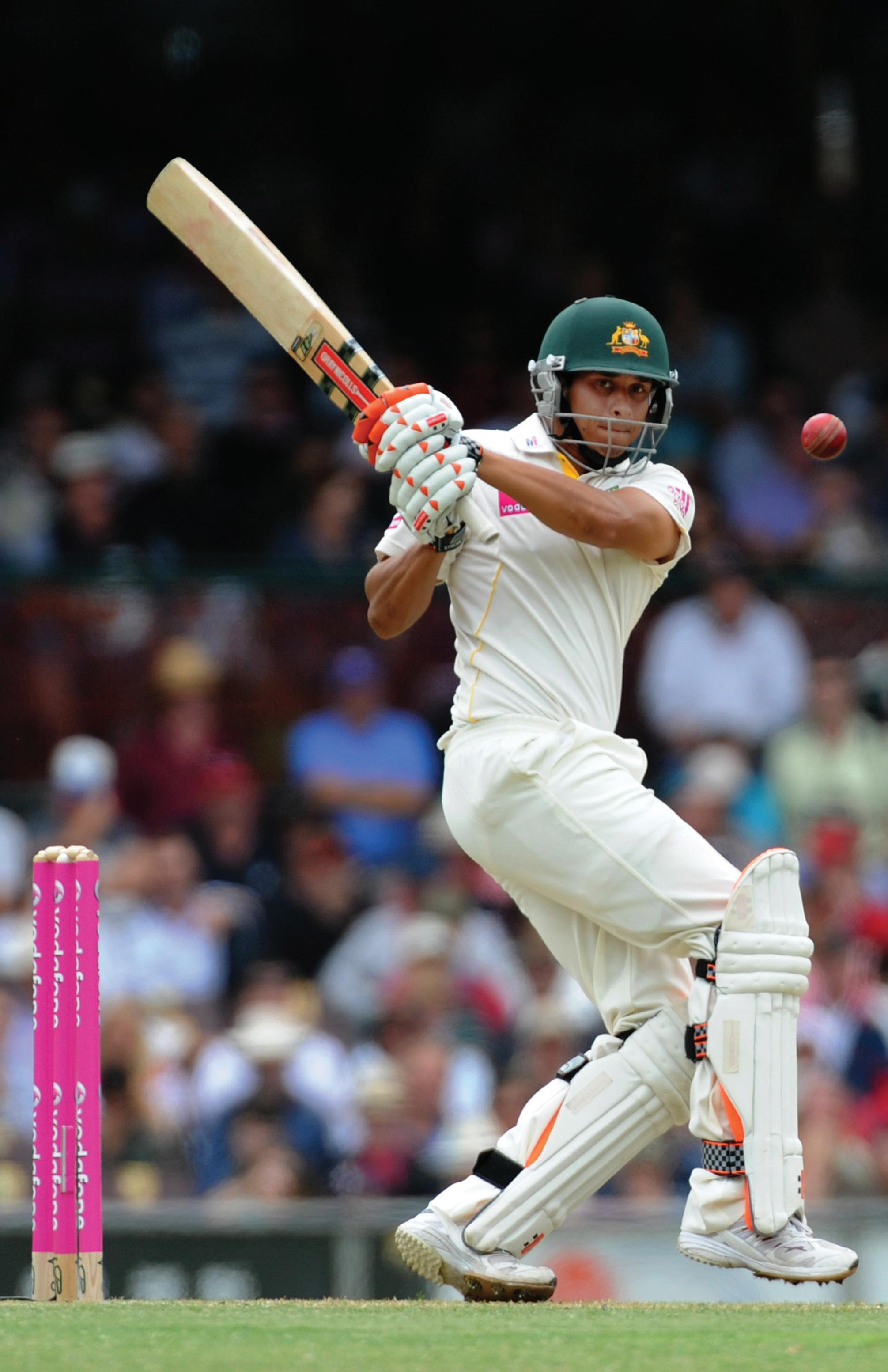
So we await 2013, which is, although some big contests loom this year, the one series that promises to be bigger than this one. A wounded warrior will return to avenge a defeat, while a young side on the ascendancy will have a massive point to prove. Who’s your money on?
Ritam MitraThe India and South Africa series lived up to its billing as a terrific series, but after 3 breathless matches of test cricket, the teams are still deadlocked
BY RITAM MITRAIndia do not like playing cricket in South Africa. That is a fact and it would be foolish to deny it. In the 20 years since their readmission into Test cricket, South Africa has lost only one match to India at home, and even then it took a freak spell from the ever-enigmatic and unpredictable Sreesanth to pull it off. Considering India’s fabled batting order over the recent past, this was perhaps the damning evidence for the doubters; that India were, in fact, nothing but flat-track bullies.
After the Centurion Test, the Indians would have indeed been looking forward to going home. It was a brutally one-sided affair. A masterclass of swinging, seaming bowling by the best opening combination in the world, Dale Steyn and Morne Morkel, left India in absolute tatters. Taking the four wickets in South Africa’s only innings was tough enough, especially with the immovable Kallis reaching his maiden double-century. Taking 10 wickets, though, must have seemed like a distant dream, especially with the Zaheer-less (is Jaidev Unadkat really the
fourth-best seamer in the country?!) and thus toothless bowling attack. A loss prevailed, by an innings and 87 runs. Crucially though, India did put up a fight in the second innings, and it came in the form of their two most influential players – MS Dhoni and Sachin Tendulkar, who scored his monumental 50th Test century.
Leading from the front is a highly underrated ability, and although it was more a delaying of the inevitable than anything else, captain and legend together gave India some vital momentum, heading into Durban.
After winning the toss again in Durban, the Proteas were only too happy to oblige, sending the visitors in to once again face the wrath of Morkel and Steyn. Steyn ended up with 6/50, and India were yet again redfaced. However, the return of Zaheer Khan then lived up to every bit of the hype and then some. Zaheer is not just a bowler – he is a mentor, a leader, a bowling captain. His calming influence and experienced hand settled the whole attack. Harbhajan, claiming 4/10 in 7.2 overs backed up Khan’s 3 top order scalps. On this kind of pitch, a 74-run lead would definitely prove vital. When India had Laxman to bat for them in the second innings, however, a 74-run lead was almost a guarantee of a win.
Laxman’s serene 96,
almost 3 times the second-highest score in the match, set up a crucial win for India. A big positive was the form of Sreesanth, who produced the delivery of the series to remove Kallis. It was, interestingly, the fourth time in the past year that India has come back from an innings defeat to win against the same opponents, proving that the days of the Indian side’s rolling over and dying have well and truly passed us.
The sides then headed to Cape Town, an appropriate venue for what promised to be a thrilling finale. This game proved one thing if nothing else – age is truly no barrier for legends. Kallis rescued the shaky South African first-innings with 161 runs, in 459 of the most solid minutes at the crease. From 6/247, India looked as though they would fall short of South Africa’s 362, but cue another aging great – Tendulkar. His 146 was scored against some of the most hostile bowling he would have ever faced, and with a spirited lower-order, he carried India past parity. The battle between Steyn and Tendulkar will go down in folklore; it was simply beautiful to behold. In trouble at 6/130 in the second innings, South Africa turned once again to its favourite son Kallis, who battled extreme pain to rescue his side’s series with an undefeated 109, setting India
an essentially unattainable 340 on the final day. Gambhir then pitched camp at the crease with a resolute 64 in 271 minutes, and along with 150-minute efforts by Dravid and Tendulkar, as well as 82 minutes by VVS, India successfully avoided a loss in South Africa, a first-time feat.
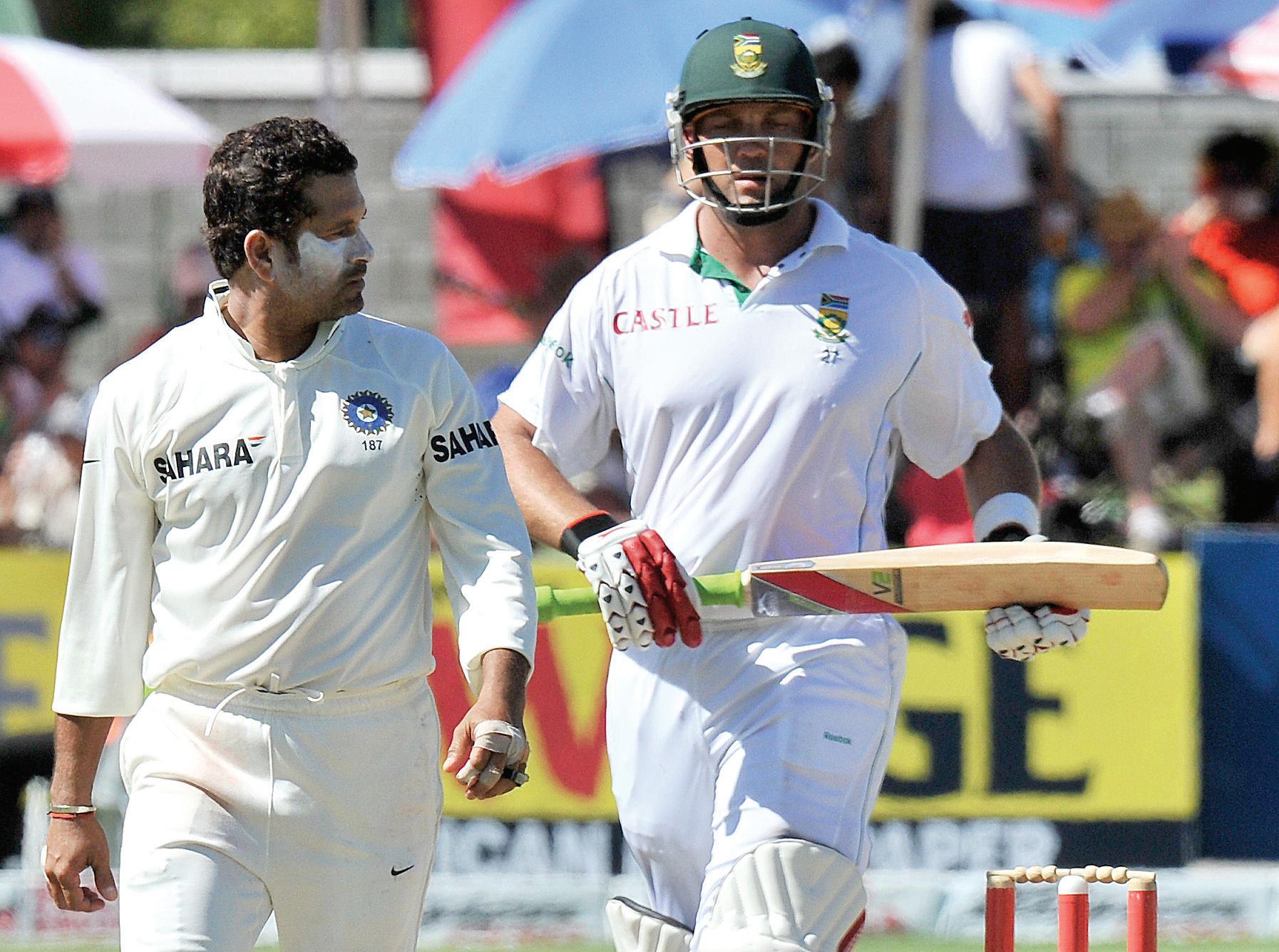
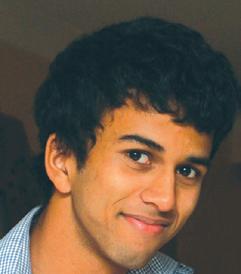
We were left (as usual) wanting more: a series of this magnitude was befitting of 5 tests.
So who came out on top? India will probably settle for a draw, as it more or less confirms their number one ranking; drawing a series in South Africa is a very underrated feat. In addition, it continues Dhoni’s fantastic record of having never lost a series as captain. However, we were left (as usual) wanting more: a series of this magnitude was befitting of 5 tests. Now we turn our eyes to an ODI series of lesser importance, but one that will nevertheless be fought for toothand-nail by two serious contenders for the World Cup in a month’s time. Let’s just hope the standard of cricket stays this impeccably high.
themselves “Who’s this little fella?” But he got a massive score. It was very cheeky, and he was playing all kinds of improvised shots. Right from the first day, Australians knew exactly who he was and what he was going to become.”
Roebuck believes Tendulkar’s longevity in the game hinges upon a couple of attributes. “Two things – his technique is marvellous, and secondly he has retained freshness through a long career, which is extremely difficult to do in any career. To retain freshness of youth, with the cares of adulthood, is astonishing. I can’t remember any time that he’s looked tired, cynical, like he didn’t want to play.”
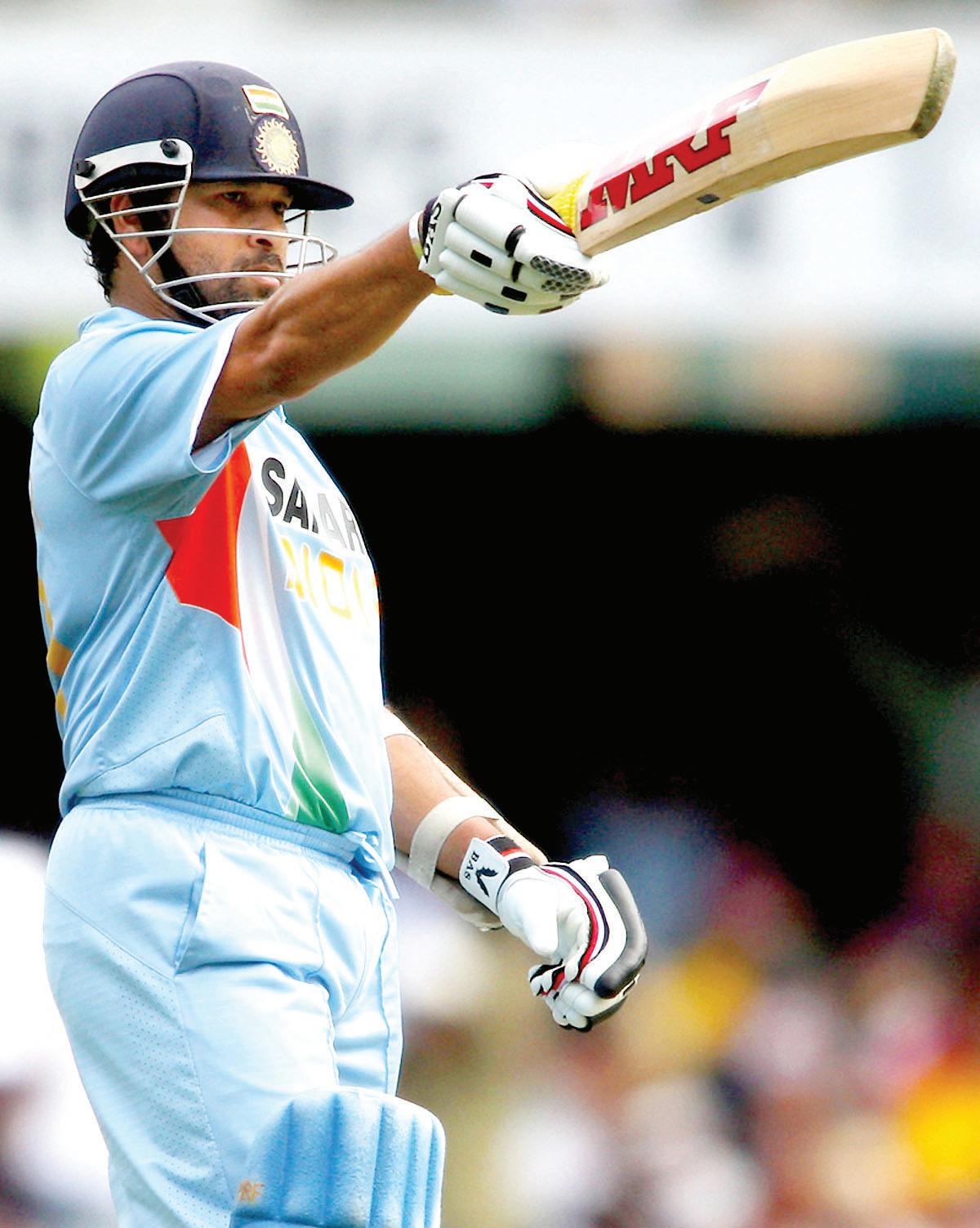
Mark Nicholas shares his experience of seeing Tendulkar in 1991/92, when he came to Australia as a 19-year-old. “When I really got the measure of him was out here, when he made a hundred in Perth against a strong Australian fast bowling attack on a great bouncy pitch. There was this little boy, against men like Merv Hughes and Mike Whitney. He was just extraordinary; I still think it’s in the top few innings I’ve ever seen, even now.”
He continues, “I always felt that the bat seemed married with his body, as if he was born with it. Even though he’s a little guy and he’s always used a big bat, it somehow seemed a part of his body, attached to him. It was almost a symphony between bat and body, I’ve always thought that he’s my favourite player, and I still receive more pleasure out of watching him than out of any batsman.”
Lawry, like Nicholas, believes Tendulkar is a “once in a lifetime” player. Though this is extremely high praise, but as Lawry recalls, the most memorable compliment was famously given to Tendulkar by an altogether different authority. “When Jesse Bradman said at the Adelaide Oval, “Donald
come and watch this man, he bats like you”, it was the best praise you could give him.”
The great West Indian fast bowler Michael Holding did not need much of a sighter to understand the talent before his eyes: “I saw Malcolm Marshall bowling to him, and I saw him play one shot, and I thought to myself, “This guy can bat.” It was a back-foot shot, and he punched it straight back down the ground to Malcolm Marshall.”
Former English batsman David Lloyd believes, like many others, that Tendulkar’s secret is both his manner and temperament. “He doesn’t get flustered, he’ll remain calm, and you can’t get under his skin. I’ve never known anybody to really get to him. He was only a boy, he played fantastically to score a hundred for Yorkshire on bowler-friendly wickets, and you could see that he was going to be about for a long, long time, but what we didn’t know is what his lifestyle was like. It’s been proved that he has a fantastic lifestyle, and it doesn’t bother me how old he is now because he could go on forever.”
So Tendulkar has now indeed seen through a few generations of bowling talent, and his dominance and consistency has been, for the most part, unwavering. It is perhaps now time for 15-year olds around the country to start practising bowling to a brick wall, because if his body allows him, Tendulkar could, in the eyes of many, be methodically taking apart bowling attacks for a while yet.
BY RITAM MITRAAs another day passes, another Tendulkar ton is notched up. But after bringing up his monumental 50th Test hundred in India’s loss at Centurion, Sachin Tendulkar would have been disappointed. For it is not for himself that he plays; Tendulkar’s interest has been and always will be, in winning matches for India. He has always said that chasing records does not bother him, and if he is batting well and winning matches for India, then the records will come by themselves. The fact that another one of his hundreds had come in a loss would have caused him as great a disappointment as the very first time he scored a century in a losing cause – in Perth, 1992. Age has certainly been no barrier to his passion for the game.
When Tendulkar burst onto the scene in 1989, a fresh-faced, curly-haired and purely innocent 15-year old, he was famously hit on the nose by a Waqar Younis bouncer. Blood gushed from the blow and yet he fearlessly chose to continue and declined medical assistance. In an exhibition match soon after, Tendulkar smashed 50 from 18 deliveries. This in itself, however, wasn’t the special statistic, and indeed this innings has mostly gone under the radar. However, what is often forgotten is that during the course of the half-century, Tendulkar blasted the great Pakistani leg-spinner Abdul Qadir for 28 runs in an over. Kris Srikkanth, current chairman of selectors and the then Indian captain, called it “one of the best innings I

Tendulkar became a household name when he toured Australia as a 19-year old. In the first two matches, he failed to make much of an impression, but by the time the Sydney test was over, Sachin Tendulkar was well on his way to becoming the worldwide phenomenon that he is today. His sublime unbeaten 148 came in quick time, against an attack boasting Bruce Reid, Craig McDermott, Merv Hughes and, although on his debut, Shane Warne.
We recently spoke to a few great cricketing personalities and asked them what they thought of the Little Master. Perhaps the most revealing aspect of his status in the game is revealed by the absolute respect and admiration with which he is spoken about.
Bill Lawry, the former Australian captain, hails Tendulkar as undoubtedly second to Bradman. Lawry rated Tendulkar’s double hundred scored alongside VVS Laxman at Sydney in 2004 as his best. “Sachin and VVS Laxman are two of the nicest batsmen to watch. He’s just a beautiful strokeplayer… last night [at Cape Town] against Steyn, who was bowling beautifully, he just toughed it out, did a great job and got another hundred. Full credit to him, I know Indians are very proud of him and so they should be, he’s an inspiration to every cricketer around the world.”
Peter Roebuck, respected author, journalist and commentator, recalls the first time he saw the Little Master bat: “Everyone had heard the name, he was a teenager, a little elf of a kid really, a little freshfaced choir boy, and everyone thought to
The Federation of Indian Associations of Victoria is participating in the Australia Day people’s march on Australia Day ( 26 Jan 2011 ).
This year’s march shall incorporate members of the various Indian organisations and associations marching together under a single banner (Indian Community of Victoria).
FIWAA (Federation of Indian Women’s Associations of Australia), VIBC (Victoria India Business Council, AIBCv (Australia India Business Council Victoria), FIMDv (Federation of Indian Music & Dance Victoria), AIII (Australian Indian Innovations Inc. ) are all joining together to make the people’s march a true multi-cultural event, highlighting the significance of our Indian heritage and culture.
Events include walking along with Indian community members down Swanston St in city, terminating at Alexander Gardens. Light lunch shall be provided to guests.
To highlight our rich Indian culture, arrangements have been made to play live Nadhaswaram band, Bollywood music along with dancing artistes and other members of the Indian community.
To make this event a great success, and to ensure your comfort, can you please RSVP for Peoples March your attendance, so as to organise food & drinks on site after the culmination of the march.
Details Subra Ramachandran (Secretary, FIAV), 0403 777 252 or visit website www.fiav.asn.au
“I can’t remember any time that he’s looked tired, cynical, like he didn’t want to play”.
Peter Roebuck
Why Sachin Tendulkar commands the respect that he does

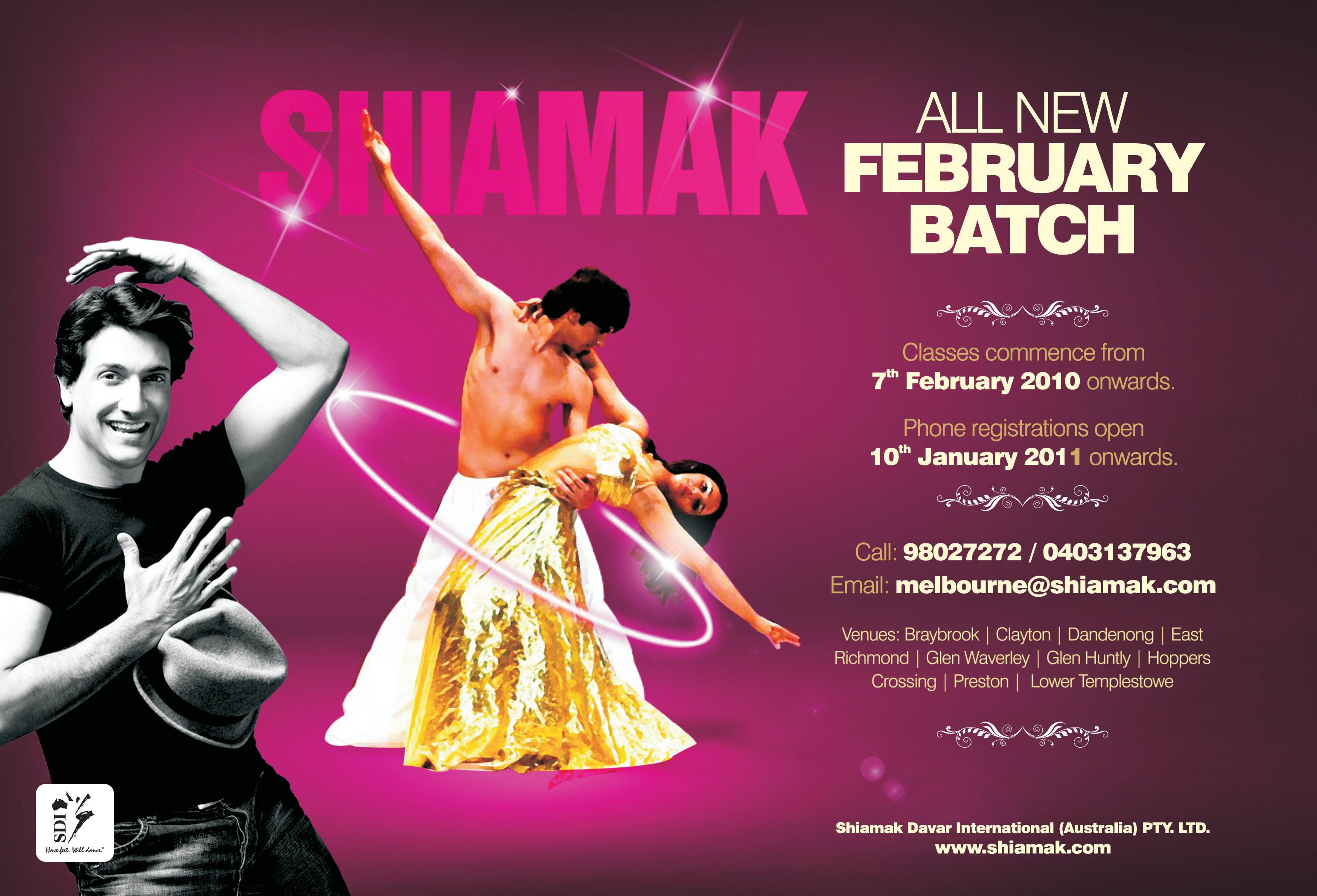



Ah… so many reasons to feel good. You got that promotion you so wanted; you’ve finally acquired the attention of the certain someone you had been secretly stalking on Facebook for months; your dog is now house-trained, and of course, the season of being merry is upon us, so you’re merry by default.
Yes, it is true, that sometimes the “End Of The Year Blues” get to you and you find yourself yo-yoing from immensely joyous to utterly gloomy in the span of a three-minute Anu Malik song. It’s a common phenomenon, and happens to the best of us. There’s something poignant and almost sad, yet hopeful about the last month of the year that just takes you surprise. But not to worry, because we here at the Factory of Awesome are giving you a reason to smile, no matter what mood you’re in.
Not one, or two but TEN reasons to feel good!
Bring out these all-time feelgood fillums this summer, and watch them again with the family or a bunch of friends. Don’t forget to sing along.
Tujhe dekha to yeh jaana sanam….
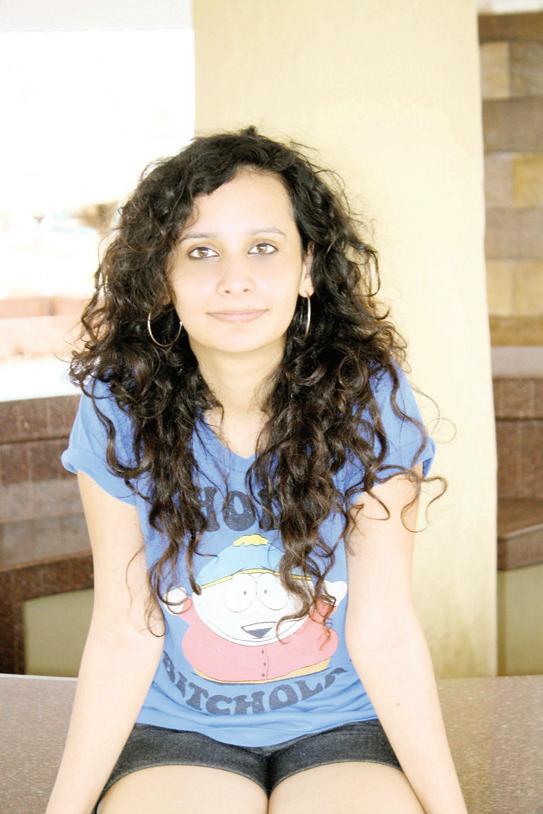
10. Wake Up Sid
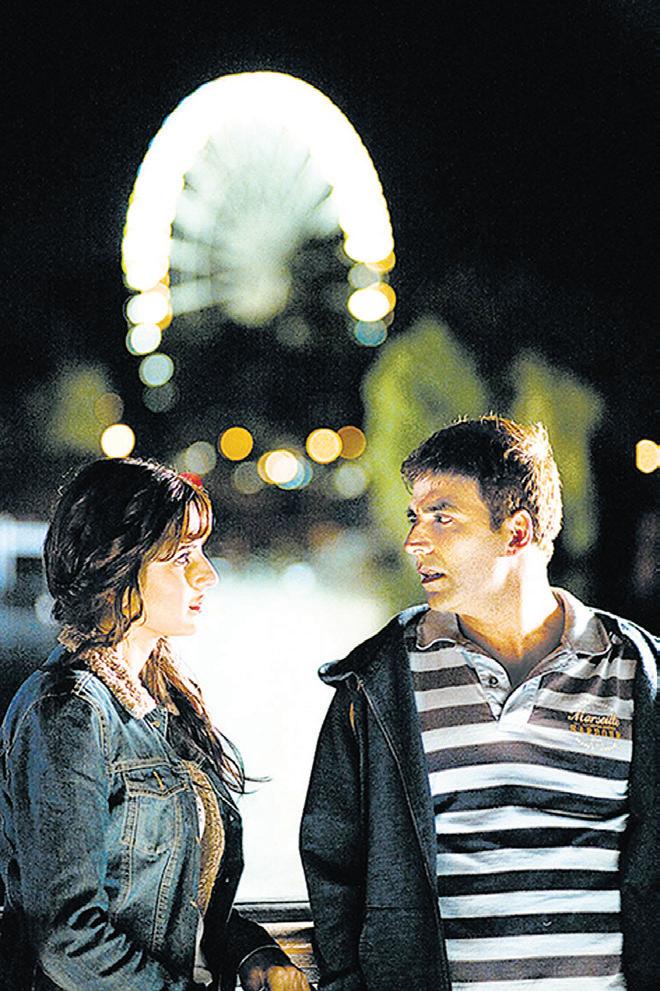
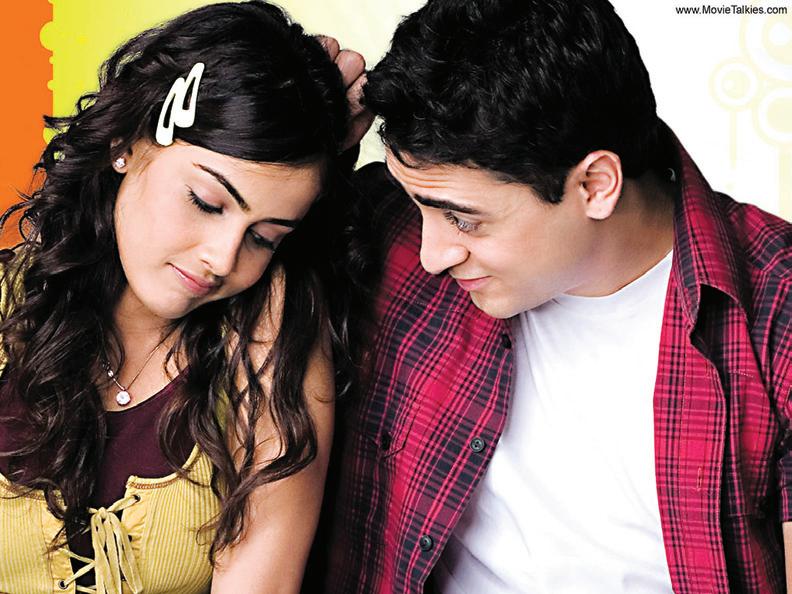
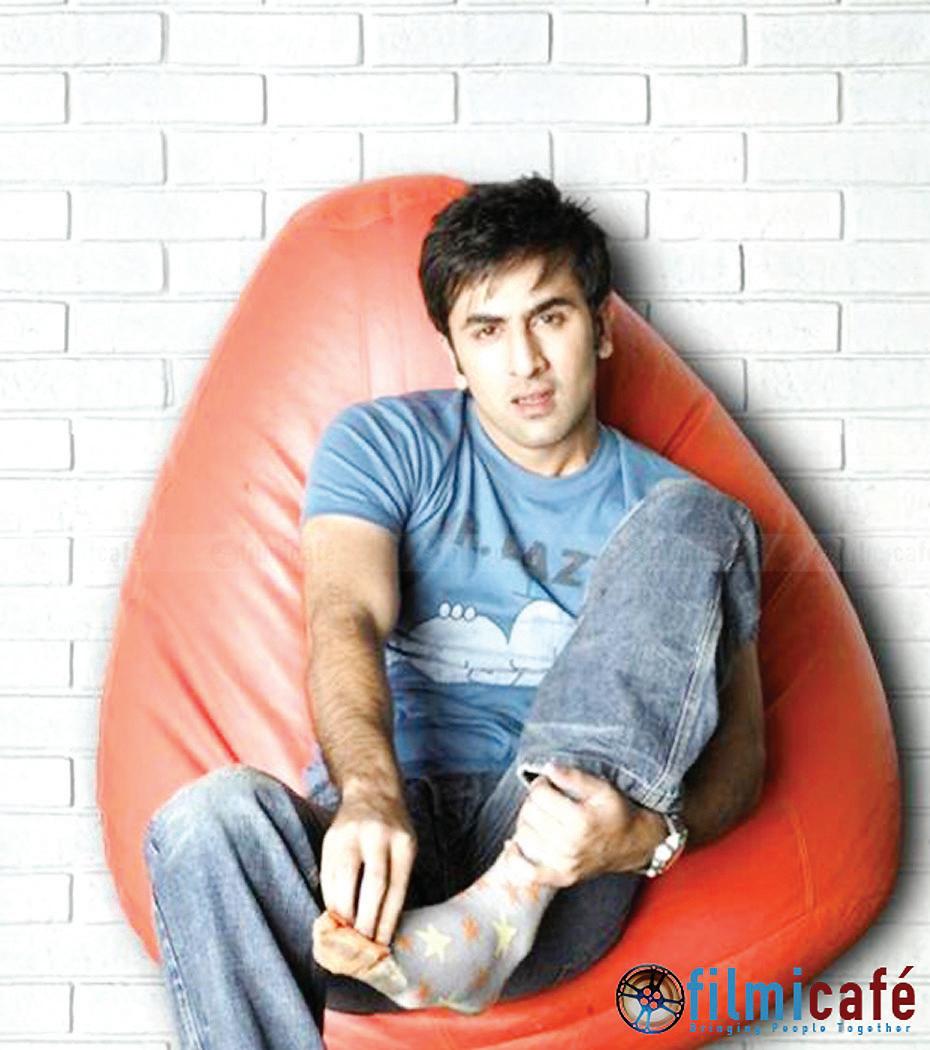

What a treat. The reason this movie is on our list is threefold. For one, it is fun to watch, no clutter, no overacting and definitely no melodrama. Two, it has a dreamy and hopeful spirit which makes you believe, if only for a second, that maybe life really could be that simple. And our third reason? Well you get to see Ranbir Kapoor being all cute and charming, and if that won’t make you feel good, what will…
9. Hera Pheri
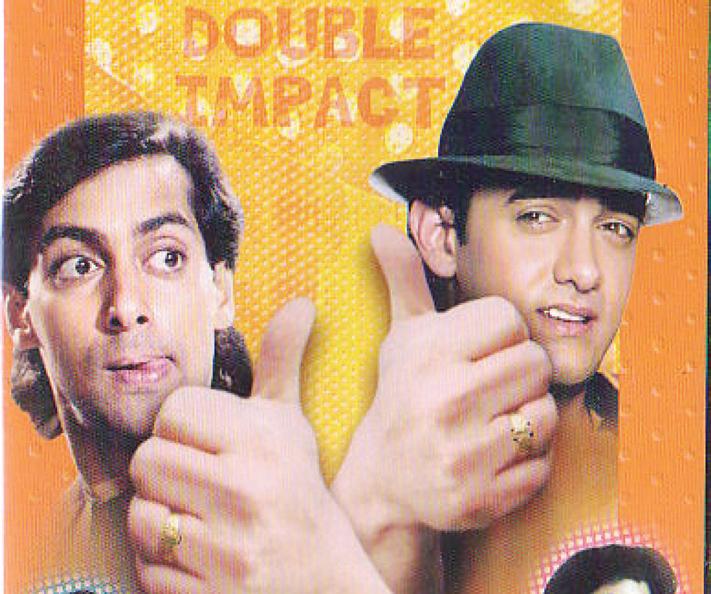
Babu bhaiya is a genius at making you feel good. The moment you set eyes on Paresh Rawal, with his nerd glasses and his white dhoti and baniyaan, you are in splits. Akshay Kumar and Sunil Shetty are a duo to reckon with. They look great and are insanely hilarious. This is a movie you will surely want to watch with friends around.
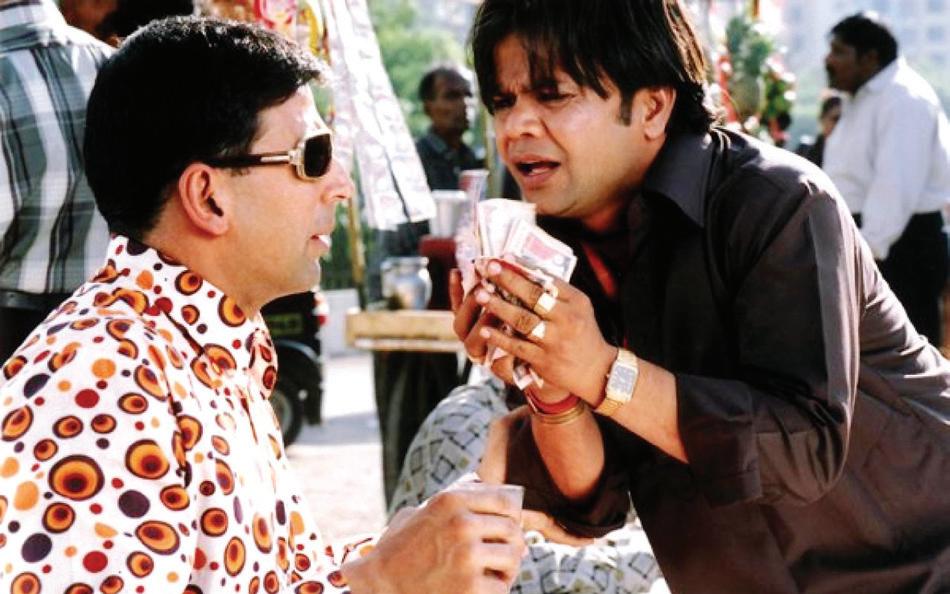
8. Andaz apana apana
Ah, the evergreen cult movie for the happy people. If we didn’t put this one here, we wouldn’t be able to feel good about ourselves. Yeah, there was the debate about saving it for the “Feel Awesome” article. But we thought why not bring out the big guns when you have ‘em. Ooi ma! Alila!
7. Namaste London
As Indians living abroad, many of us would relate to this movie. It has captured beautifully the joy we feel at going back to our desh, the pride we feel at seeing our children do well in this competitive world, and ultimately the peace we
experience in realising that life is good no matter where you are as long as you have true friends to stand by you. Namaste London is a winner all the way.
6. Hum Hain Rahi Pyar Ke
For this one, here’s what you should do. Get the kids, get the Maggie Masala going and maybe crack open a bottle of Mango Frooti. You now have yourself the right ambience for this Aamir–Juhi fun fest. Kunal Khemu is completely adorable as a little bratty boy and it is a hoot watching Aamir Khan raising three kids, who raise nothing but hell, for all except their much-loved nanny, Juhi aka Vayjantee.
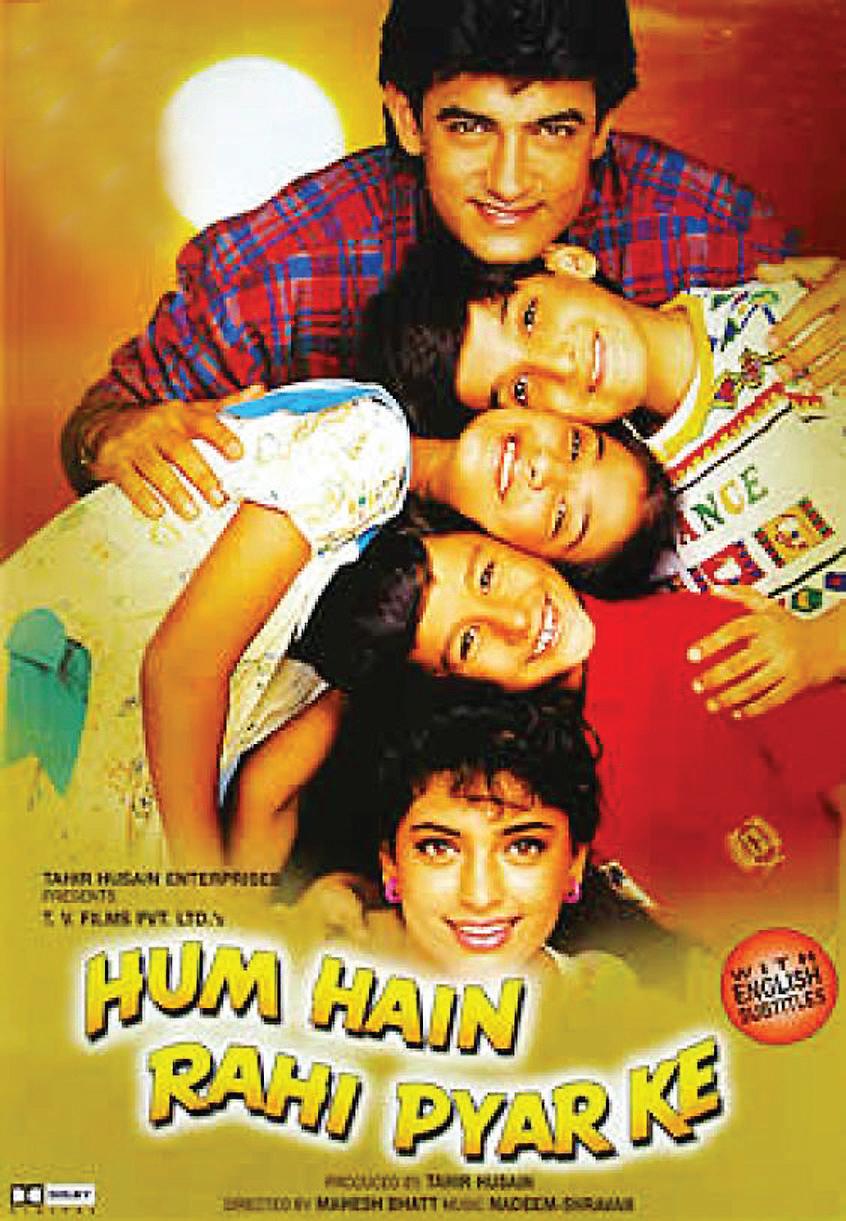
5. Jaane Tu Ya Jaane Na
The first time you saw this movie, you probably felt so good that as soon as it ended, you walked out of the auditorium, went to the counter, bought a new bag of pop-corn, a can of Pepsi and another ticket and went right back and saw the movie again. No? Just me then? Ah, fair enough. You know you loved it though. There is something so entertaining about watching these best friends trying to find their way to love. The aura of the movie screams “yay” and so do you when you see it.
4. Padossan
Ek chatur naar badi hoshiyaar. Need I say more? Do we really need to discuss why this brilliant classic is on our feelgood list?
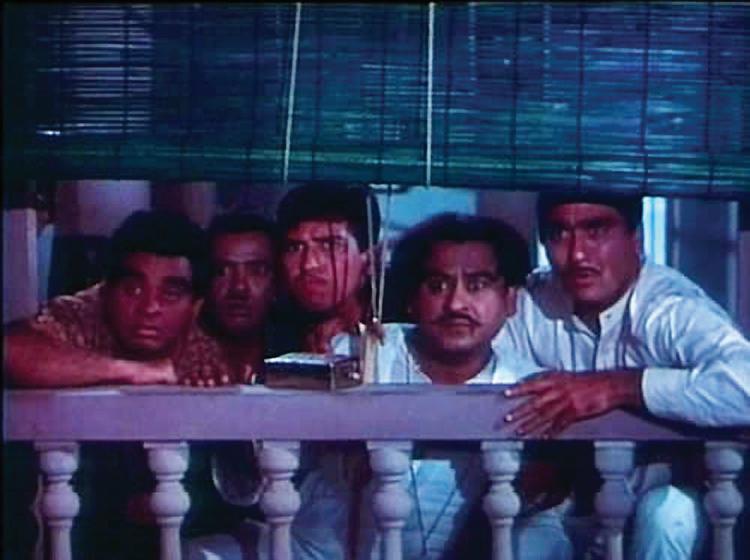
This movie is pure perfection. It has a wonderful cast, with just the best sense of comic timing (they are so in sync with each other it is unreal), and celebrated music. If you are an old schooler, you’ll be grateful you watched this one.
3. Dilwale Dulhaniya Lejayenge
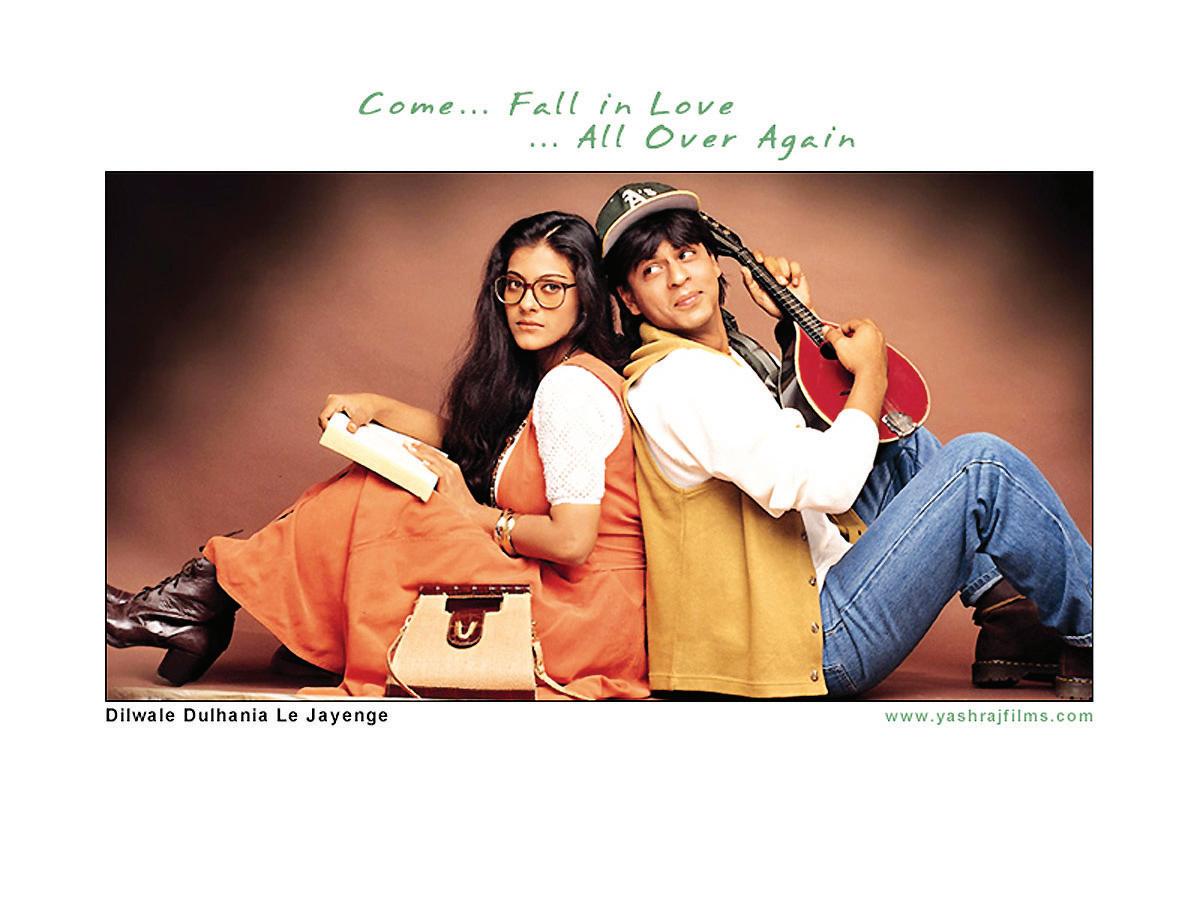
This movie is to Bollywood, what Pretty Woman is to Hollywood. Epic. Now when guys read this one statement, they are all like “What !?” and when women read it, they go “Ah! Yes, true.”
You see, DDLJ has that iridescent charm that very few movies can match. Every time you see this movie, you feel you’ve fallen in love again, and of course women get that.
2. Mr. India
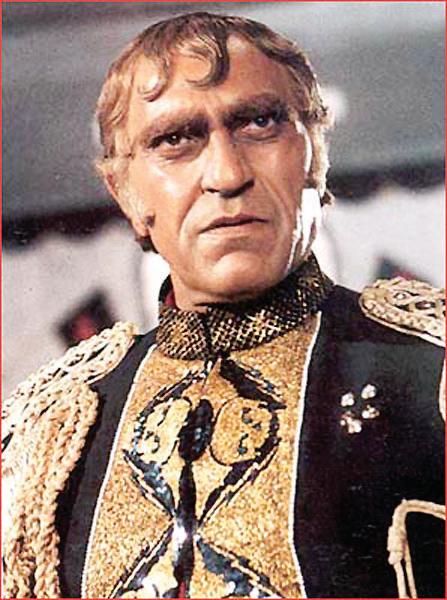
If you were born in the eighties or the nineties, this movie is sure to be your Holy Grail. Nothing beats Mr. India. Even the few minutes where the movie takes a sober turn, it doesn’t make you any less psyched. Arun Bhaiya, Calender, Seemaji and the entire baccha party ka jingbang have enough to win anyone’s heart and leave them feeling all happy inside.
1. Dil Chahta Hai
Because the only way to truly feel good, is to follow your
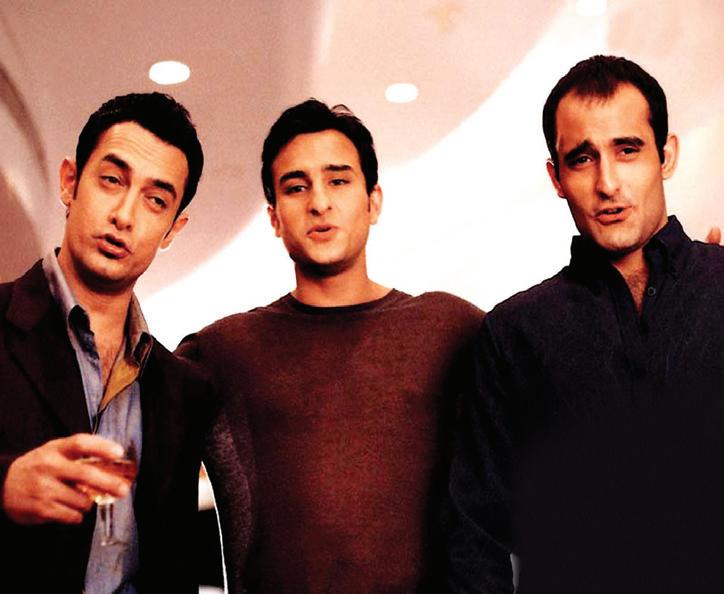
Dil chaahta hai, kabhi na beete yeh chamkeele din
Ten feelgood Hindi movies that you should watch again this summer
 BY AKRITI GOEL
BY AKRITI GOEL
The festive season is upon us in all of its glory. The shops are all decked up, looking as cheerful as the people who work in them, and music spills out of them in the spirit of the season. People fill the streets, carrying bags and babies and cameras and candy. The entire city exudes celebration and excitement, and so do we!
It’s the time to disco, Let’s rock, Aaja nach le , but not on the same old songs we’ve been jumping to for the past two years. NO WAY !
It’s time for us to get rid of the old CDs and delete the songs we’ve played on repeat one time too many. Let’s dance to some new beats, with some new steps and maybe a new hairdo!
It’s all about spinning it D.J, so let’s get to it… Here is our pick of the Top 20 mast songs you’ve got to have on your party play list.
1. Soni de nakhre sone (Partner)

2. Pe pe pein (Chance Pe Dance)
3. Thok de killi (Raavan)
These three songs are for the people who go all out and full-on tapori when they dance! Yes, it is said that you should dance like no one’s watching, and most people who dance tapori take this saying quite literally. Their friends and relatives might pretend not to know them on the dance floor, but this does not stop our happy dancers from doing their pelvic thrusts and shoulder shimmies! Good on ya, guys, Govinda would be proud.
4. Uff teri ada (Karthik Calling Karthik)
5. Desi girl (Dostana)

These two numbers are for all you pretty girls out there whose latkas and jhataks the boys are crazy for. If you’re a girl who likes to have her fun on the dance floor and you don’t care if you have a partner to dance with or not, these two songs are something you have to have!
6. We twist (Love Aaj Kal)
7. I hate luv storys (I Hate Luv Storys)
Couples have had it with all the slow, boring ballroom dancing. It’s time to get your partner and twist! You may not always be in sync and it might not be as romantic as holding hands and dancing, but stepping on your partner’s toes has never been more fun.
8. Aap ka kya hoga dhanno (Housefull)
9. Aaj ki raat (Don: The Chase Begins)
If you still like your fix of the old school numbers then these two songs are perfect to boogie on. They still have the masti of the older version but are fast enough for you to actually dance to.
10. Suno Aisha (Aisha)
11. Uncha lamba kad (Welcome)
Yes, it’s almost half way through the party and you’ve danced too much. You feel you may have to take your shoes off NOW or your feet will die, the guys are slowly loosening their ties and that slight pain in the side of your stomach is beginning to irritate you. Well, don’t stop dancing! Just take it a bit slow. Keep the party mood going with these easy numbers that don’t require too much effort ;)
(Ajab
13. Love me love me (Wanted)
You know there are people who actually know steps to songs and have routines, because they are good dancers and everything. If you’re not one of them, don’t feel too bad about it, but you must have these number on your play-list for the people who actually know what they are doing. If you can’t keep up with them, just stand aside and watch. It’s heaps of fun and really brings out some great dance performances.
14. Bas ek king (Singh is King)
15. Hadippa remix (Dil Bole Hadippa)
These two songs are for the bhangra and gidda lovers out there. Can a play-list ever really be complete with a few Punjabi numbers? We say no, and we know so do you :)
16. Challa India to aya (Crook)
17. Babu Rao mast hai (Once upon a time in Mumbai)
18. Apadi pode pode (Gilli)
When you think people might be getting just a bit distracted by the food and the drinking, these songs are all you need to get them back on the dance floor. They’re upbeat, high in energy and completely irresistible!
19. Munni badnaam hui (Dabaang)

20. Shelia ki jawani (Tees Maar Khan)

How could we end our list without mentioning the two songs that have changed the future of feminism in Bollywood, haha. With these two there is NO going wrong. You’ll probably be playing them more than a few times in the one night, and believe us, people will still want more.
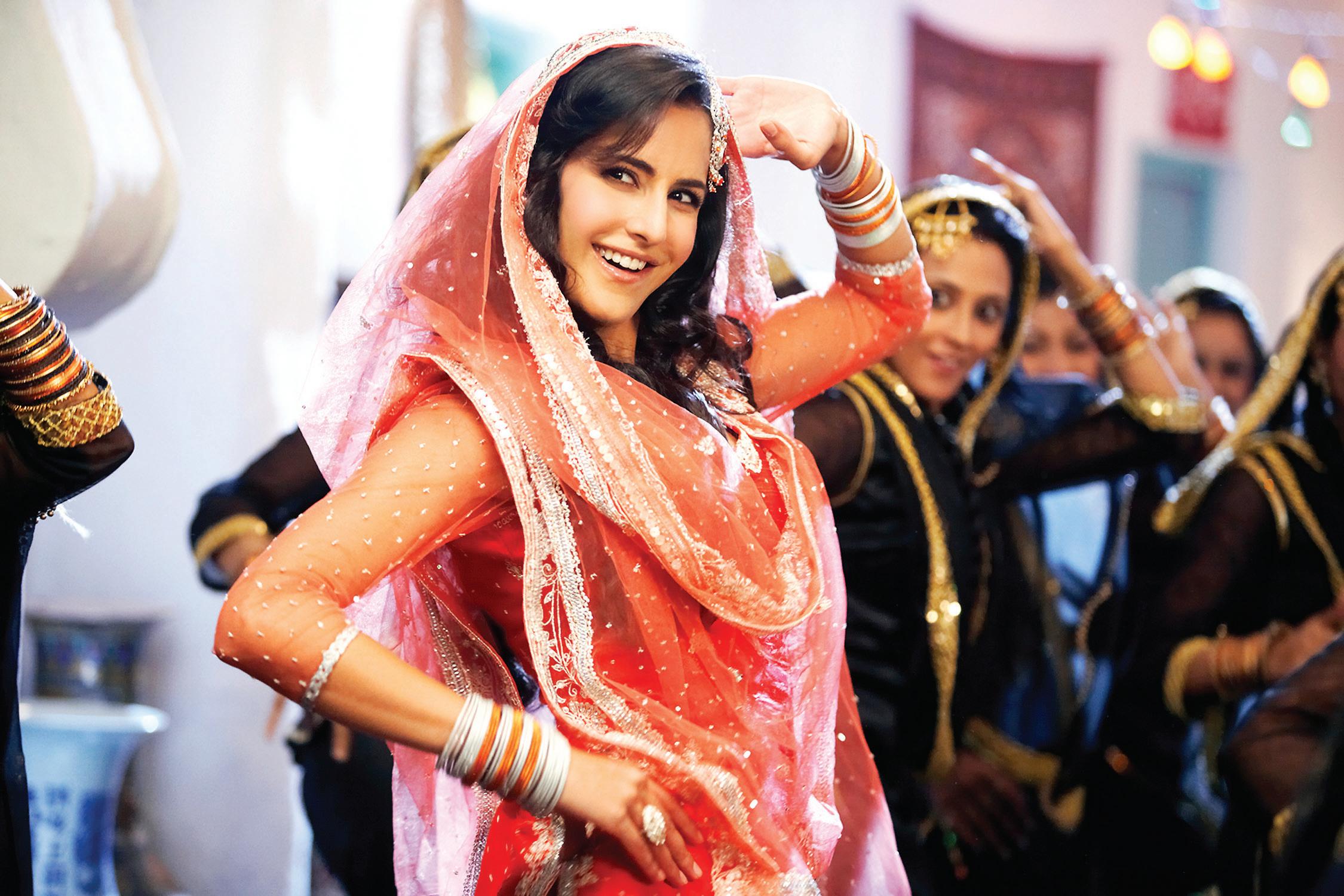
2011 is well under way, but work has not begun with all seriousness just yet. (That usually happens after Australia Day, right?) So you had that big New Year’s Eve bash at your friend’s, or at that swanky restaurant, but now it’s your turn. Call the jingbang over to celebrate the end of the holidays, and let down your hair one more time, before 2011 begins in earnest!
Now this one’s for the ladies, and can be an add-on to your regular party scene. Assign a convenient corner in your party venue for some red-hot creativity. Create a cocktail, a mocktail or a mocktail that’s actually a cocktail. And refuse to be the one to drive home. Invent a completely new drink that you can copyright and sell on ebay or to Master Bartender , when the series comes out soon. And if you don’t think your host will have all the ingredients, eg. tandoori masala, well, bring your own! A Tequila Sunrise for me, please. A Dirty White Mother, followed by a What’s The Rush?, then a Midsummer Night’s Dream, and finally a Screaming Orgasm ….bring it on! Or you can do it desi-style, with cocktails such as Seeta Aur Margarita, Corona Pyaar Hai, Soda Akbar, Rab Ne Pila Di Thodi Rum Whiskey Se Kum Nahin, Rum De Basanti…. after all, Jo Pilata Wahi Bartender!
Remember how often you think that our distinguished rulers are jokers in business suits and rhetoric? Well, here’s your chance to get your own back. Organise a party where everyone has to dress up as their un/favourite politician. Imagine the wife as Sonia Gandhi or Julia Gillard (oh dear!), and her best girlfriend whom you’ve always secretly fancied, as Phoolan Devi. Or your teen patti buddies as Laloo Prasad Yadav, Shatrughan Sinha and Tony Abbott. Get them to give a five minute speech as well, and keep those cameras rolling. It will be a bash to remember.
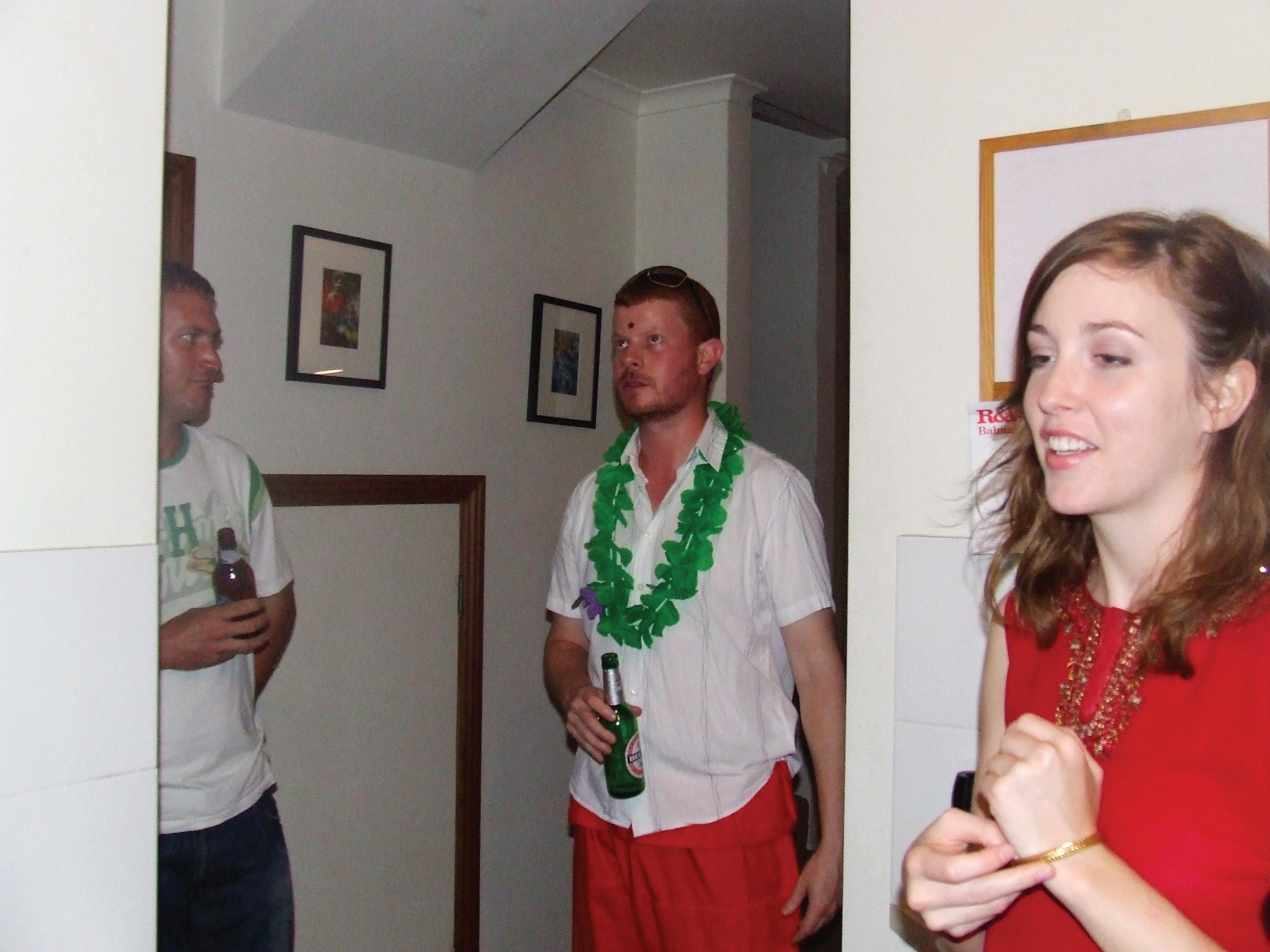

Feeling a bit of guilt at splurging on a new outfit for your New Year bash? Well, there’s a simple solution. When inviting your friends, ask them to bring around a small contribution which can be given to a worthy charity, Queesland flood appeal perhaps. Put a drop box by your entrance and a larger one for those who prefer to donate in kind, rather than cash. It’s a small gesture for those who are in need, and aren’t having as good a time as you this New Year. Your party will rock, and as the night progresses, you can be sure that the spirit of alcohol will entwine with the spirit of generosity, and the collective contribution will make a lot of people in 2011 very happy indeed!
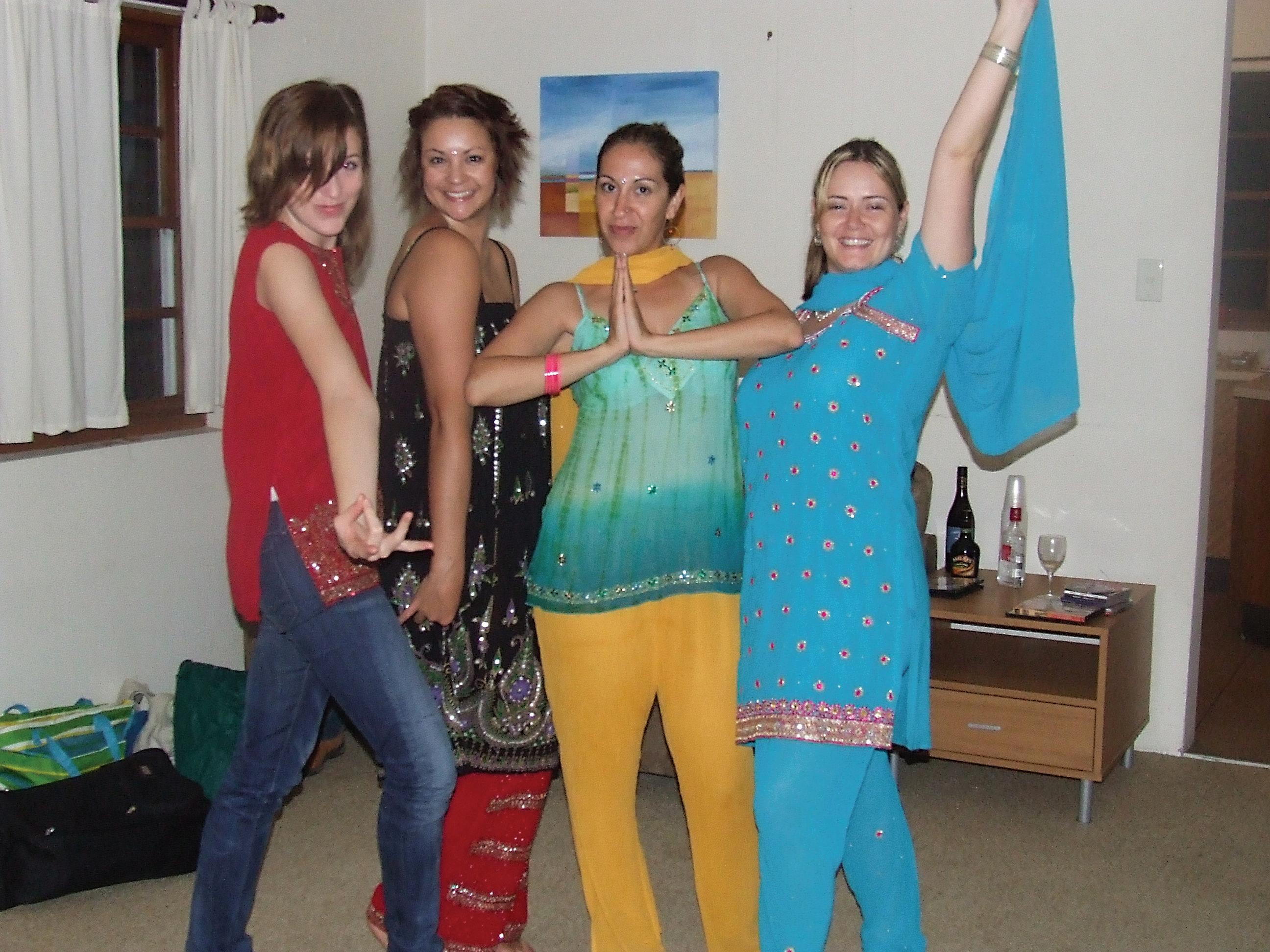
It’s always a favourite, and specially popular if you have a rather large bunch of non-Indians attending. Organise a minor pre-party do, put a load of outfits in a box and get them to take their pick. Imagine 70kgs plus Lisa from next door in a Madhuri Dixit-like chaniya choli . Or Dave in a lungi, baring his man-boobs and sporting vermillion and saffron tilak on his forehead. We hear so much about the famous Aussie sense of humour….let’s now make it infamous! Pep up the evening with a red carpet out the front, stars on the porch for each guest, a few Bollywood dance lessons, movie charade games, or a movie who-am-I, or movie trivia. You can bet it will be a blockbuster night! Of course, you can pick a theme within the general ‘movie’ theme, and have a 007 Party, or Sholay Shindig, Sound of Music Party, Science Fiction Party, Vampire Party, Harry Potter Party …. And have your food named according to the theme too.
We like this one, specially because we make the same resolutions every year and do exactly nothing about them every year as well. So ask all your friends to bring along their last year’s resolutions. Organise a bonfire in your backyard, and get your friends to read out their resolutions. The ones that haven’t been achieved can be chucked into the flames of the New Year, and as a follow up, everyone can share their resolutions for 2011. A few silly ones should be acceptable, like getting a pet frog or finally destroying the voodoo doll of your mum-in-law. Just make sure she isn’t invited and that everyone’s so inebriated that they won’t remember you ever referring to her!
Now this is one your friends will remember for a long long time. The idea is to dress in the cheesiest, tackiest way possible. Bring out the cringe factor. A trip to the party costume hire place might be worth it. Guys, go for the chest hair, hairy mole on face, porn-star mo, sleazy suit, gold chains, big jewellery, tattoos, block heels (in white?!), flares, nipple rings if you’re game…. Girls, pick knee-high patent leather boots with block heels, fishnets, corsets, OTT make-up, massive wig, leather outfit, silver chains galore, or just think Lady Gaga. To decorate the house, how about toilet paper streamers? And the most garish artificial flowers you can find. And for food, try popcorn served in a large bin, lined with black garbage bag, or food served in cat-litter trays, complete with the scoop – new ones, of course (ok, that’s a bit much, but we couldn’t resist it! )

This is for all those wannabe X-Factor and So You Think You Can Sing fans. If you fancy yourself a singer, you can bet that most of your friends think they’re musical maestros too. So why not organise a karaoke party to sing in 2011, in whichever form of music they prefer. Blend ghazals with bhangra, Indian classical with Katy Perry, jazz jugalbandis and you’ll enjoy a feast of sound. Let everyone have a go, but make sure you have a competent, sober and slightly rude MC to kick the croakers off the stage. It is recommended that you have this party in an isolated farmhouse, to avoid irate visits from neighbours and cops.
Fancy a Greek party, anyone? Costumes and decorations and food and music will be easy… as they will for Italian, German, French, South African, but how about Russian, Dutch, Norwegian…?
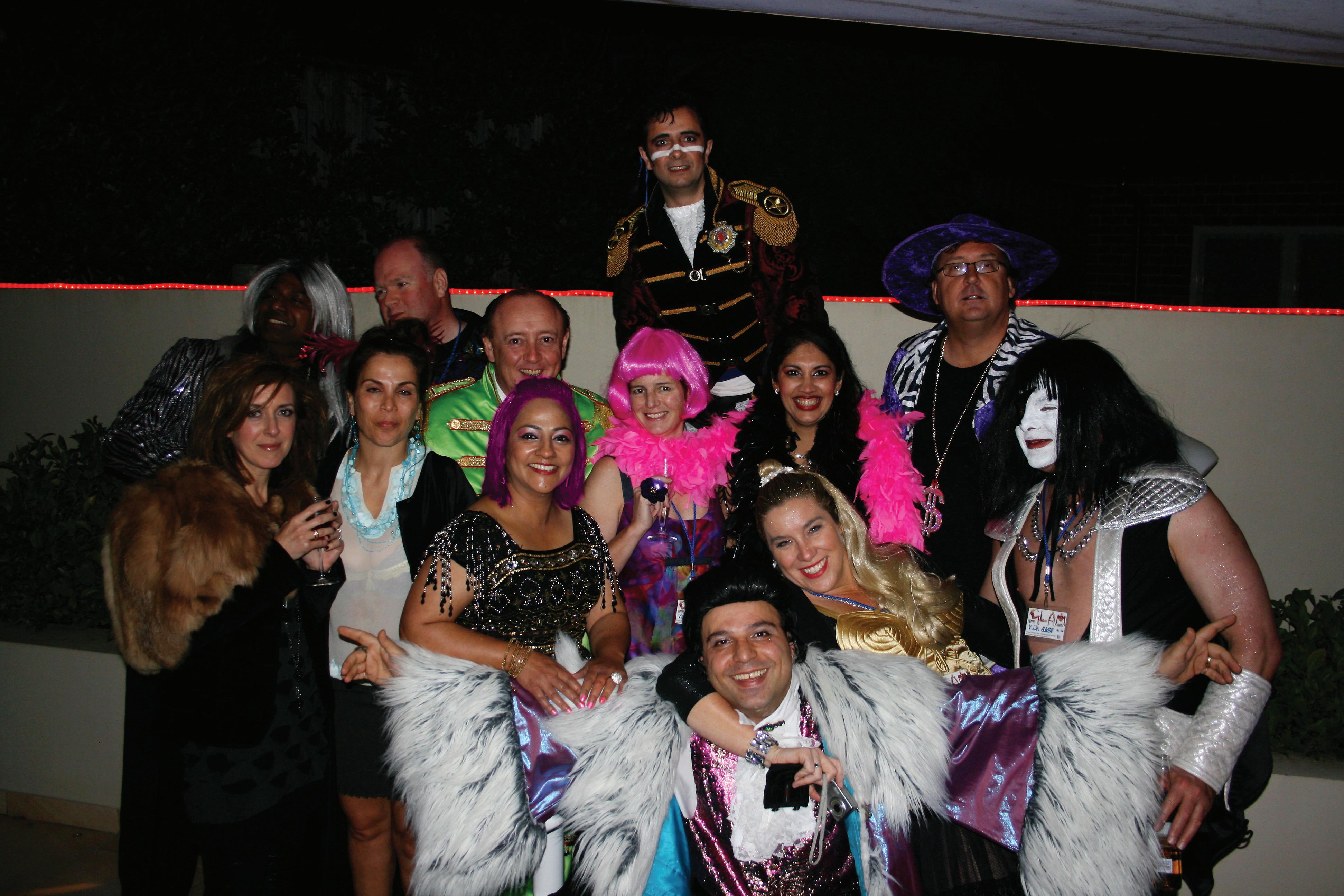
Give your guests something to think about with this one! There are possibilities galore, with ‘devil’ costumes and ‘angel’ costumes. Or swarag/indralok and paatal theme, if you prefer. Sure, you can be God, and tell guests where to go as they enter – come on, you’ve always wanted to! (‘Fallen Angel’ would be perfect for your wife, but don’t tell her we said so). To decorate the house, you can have half in the ‘Heaven’ theme (with white balloons, cushions and candles, ‘ambrosia’ for drinks, harp music) and half in the ‘Hell’ theme with a red-hot décor, think ‘flame’ fabric…. For food, have 2 tables: goody-goody food such as salads and sandwiches and fruit punch on one, and ‘hellish delights’ on the other, such as junk food, sausages and deep-fried chicken fare! Games can involve individuals telling the group the good - and bad - things they’ve done this year.

Another thought is, start off the party with the Heaven theme, and after dinner, move on to Hell, with a Lucifer DJ leading with some wild music and dancing.
Pick an alphabet, first letter of your name, perhaps, for your theme. Guests wear clothes in a colour, profession or whatever, starting with that letter. Decorations, music and party games all stick to the same letter, as does food served for entres, main course and dessert. Easy letters are P, S and R, but pick a challenge and go Z. Dress up in zebra colours or as a zombie, recite Zafar couplets and then dance to Led Zeppelin and Frank Zappa, eat zucchini, zwieback bread and zabaglione… Zamaane ko dikha do… ke zindagi can be such fun!
Sheryl Dixit and Rajni Anand Luthrawitnessed, juxtaposing his own observations and experiences on IB’s own some 660 years earlier! TMS is a scholar-historian, a keen observer of human beings and society, a master of the Arabic language, writer extraordinaire in English, a wit and an intrepid traveller: all these skills coalesce in this brilliant raconteur who has written a most riveting book – in a language that is a delight to the senses. It is truly one of the best books I have ever read.
Ka by Roberto Calasso (published in 1999) is the best introduction to Hindu legends and philosophy for the more intelligent layman. It is the work of a preternaturally gifted writer and scholar who has translated and brought together some of the most significant writings in ancient India in a way that has not been attempted before. It was written in Italian, and translated into English by Tim Parks. Although some passages in the book are difficult, it is more accessible than translations of original works; and unlike popular books, it captures more than just the stories – Calasso has a sophisticated understanding of Indian philosophy and history, which he integrates seamlessly into his storytelling. Wendy Doniger, one of the world’s experts on Hinduism and mythology, describes Ka as: “The very best book about Hindu mythology that anyone has ever written”, a blurb understandably highlighted on the front cover. It is an amazing achievement and a book to savour, read and re-read.
Love in a Dead Language (1999) by Lee Siegel is one of the most brilliant novels I have ever read. Siegel’s superb command of both English and Sanskrit, his exquisite humour and wit, his razor sharp intellect, are all evident in this amazing novel of a Sanskrit professor set in modern day America. It is a most intellectually satisfying treat for those who want a little more than a good story. This novel must be read to be believed.
The Great Indian Novel by Shashi Tharoor is by far the cleverest, the most complex and multi-layered novel written by an Indian in English. Yes, Shashi Tharoor, before he became a politician and was embroiled in scandals wrote some great stuff, but nothing to beat this most significant modern Indian novel. He juxtaposes the story of the Mahabharata on the Indian freedom movement and manages to pull off a great work of fiction written in the most elegant prose. Do not let this one go past you.
Salman Rushdie’s Midnight’s Children is one of those defining novels of the twentieth century and won the Man Booker Prize: it made magic realism fashionable and a whole host of writers tried to emulate his style. Although none of his later novels quite matched Midnight.. in its sheer brilliance, Rushdie’s novels are all a delight to read for their turn of language and the way his prose shines. A must-read for everyone. Arundhati Roy may not have penned another novel since her best-selling God of Small Things in 1996, but it is still up there among one of the best debut novels of recent times. It sold 20 million copies in the US alone – long before she fell out of favour among the US establishment for criticising their intervention in Afghanistan. Few writers in Indo-Anglia can match her writing prowess and her gift for language. This story of a Syrian Christian family in Kerala is semi-autobiographical.
Lizzy Collingham’s book Curry: A Biograpy (2005) is a wonderfully researched book on the history of the development of Indian cuisine including all the different influences; and its spread to different parts of the globe. So thorough and multi-dimensional is her research, and so engaging her style, that the book deserves to be placed on a pedestal. It has over 30 illustrations, 5 maps and a smattering of mouth-watering recipes to boot. It is so rich in historical analysis, anecdotes and research, and uses changing Indian food as a metaphor for describing various influences on Indian culture itself, that I would argue that it is a wonderful way of getting into medieval-modern Indian history for those not interested in the runof-the-mill history texts! If you know someone who enjoys Indian food and you would like them to know more about India – this book makes the perfect gift.
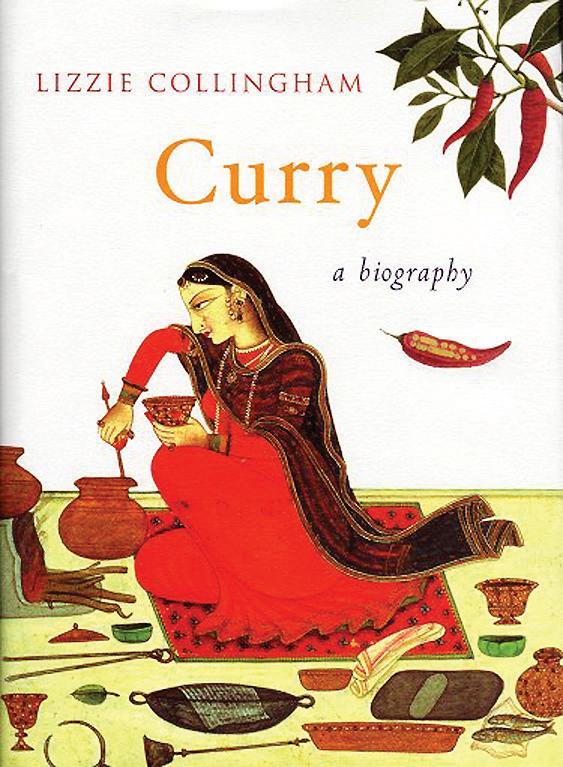
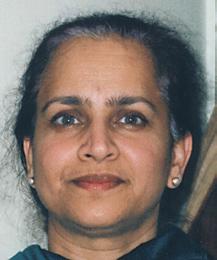
his net on the fishing community in Goa –and several others, recording with empathy and a touch of nostalgia – the changes wrought by modernisation. A truly thought provoking, superior kind of travel book. Last, but not least, two popular yet literary works of fiction should not be overlooked: Vikram Seth’s Suitable Boy, although it did not win any Literary award, still set a record in the publishing world for the biggest advance paid (until that time) for a work of fiction. This tome is a traditional novel in the style of Jane Austen and her ilk – although the ending is a bit of a post-modern twist. Not only is it a mostly interesting story of the search for a ‘suitable’ groom for a daughter, it is an authentic recreation of Delhi and its social milieu in the years after Independence. Pakistani writer Mohammed Hanif’s debut novel, The Case of Exploding Mangoes, published recently, is a clever, witty and well written novel – a work of fiction that is set in Zia ul Haq’s Pakistan of the 1980s which pokes fun at everyone and everything - and one of the best I have read recently.
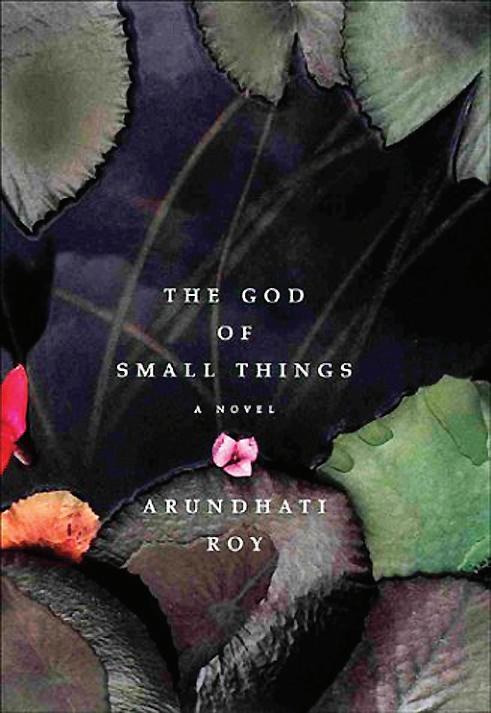

Tim MacIntosh Smith’s amazing travelogue, The Hall of a Thousand Columns: Hindustan to Malabar with Ibn Battutah is a monumental work that delights as it informs. Tim Mackintosh-Smith (TMS) set out to write a trilogy some years ago, with a view to tracing – indeed reanimating –Ibn Battutah’s (IB) travels in the fifteenth century. The first book, completed in 2001 (called Travels with a Tangerine: A Journey in the Footnotes of Ibn Battutah) follows Battutah’s travels in Africa, the Arab world and to the edge of Europe itself. This book, the second in the trilogy, is an account of the ‘Hindustan’ leg of IB’s travels, in which TMS tries to trace IB’s journeys in the subcontinent, traces the places IB lived in and visited; and recounts the events IB had
A recently published book by the Chennai based journalist, Samanth Subramaniam called Following Fish is a riveting food-cumtravelogue which is up there with the best in the world like Paul Theroux or Pico Iyer. In nine eloquent chapters, Fish is an account of the author’s travels all along India’s peninsular coast from Bengal to Gujarat (Orissa is given a miss as two strong leads presented themselves in Maharashtra) where fish is used as a metaphor to explore the cuisine and cultures of the coastal peoples. It is a clever way to package many narratives of food and culture, sport and commerce, history and change. The book is rightly marketed as the first travelogue in the non-fiction narrative genre in India and is seminal from an intellectual perspective as well: for travel writing on India has hitherto been the privy of European travellers whose perspective (whether they were self-consciously aware of it or not) has been willy-nilly coloured by a colonial predilection. In Fish, Subramaniam strikes a remarkably right tone and pitch by writing at once in a reserved and unsentimental way, yet giving us an engaging account of what he observes. He brings a sociological insight into what he sees by ‘following fish’: in perhaps the book’s richest chapter, a (slowly vanishing) Catholic fishing community in the Tuticorin district is brought alive in an account that is at once part anthropology and part farewell tribute. Similarly he casts
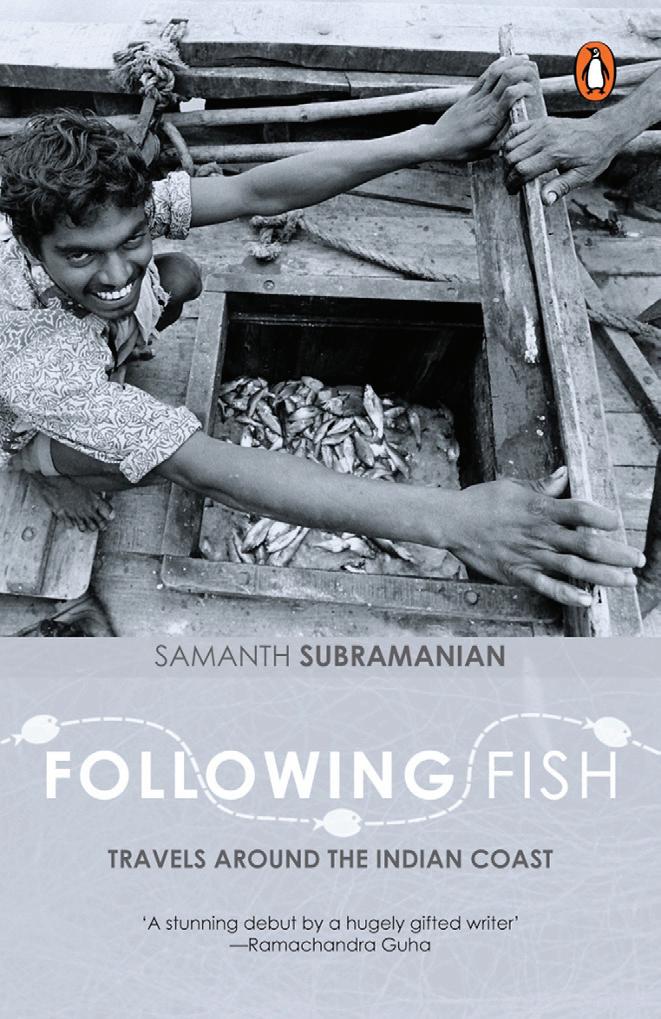
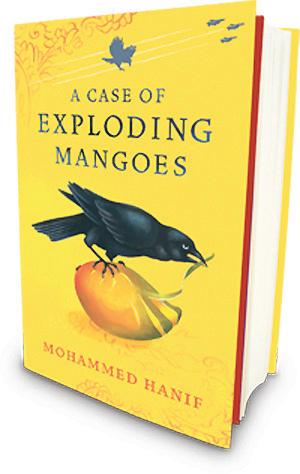
A unique selection of the best literary efforts for you to read this summer
The Indian Premier League (IPL) auction 2011 has predictably demolished a lot of myths and theories about both the sport and business. For one, the sentimental value of players was not taken into account, even if they were Sourav Ganguly, Brian Lara or Mark Boucher. Two, the realisation that it is safer to invest in Indians than chase the mirage of overseas players.
At the IPL mini auction the year before last, there was a hue and cry over the entire Pakistan lot going unsold. By the same argument, after the two-day auction, quite a few Twenty20 specialists from England, South Africa, West Indies and Sri Lanka were left untouched by the owners of the ten franchises.
The owners were willing to be charitable to the Dravids and the Laxmans or pay four young Indians upwards of $2 million rather than looking wide-eyed at highlyrated overseas players.
Even Gautam Gambhir did not think he would lead the pack of multimillionaires with a whopping $2.4 million (11.04 crore), followed by Yusuf Pathan and Robin Uthappa $2.1m (9.66 cr) and Rohit Sharma $2m (9.20 cr). Three other Indians - Irfan Pathan, Yuvraj Singh and Saurabh Tiwari - are not very far from the twomillion-mark.
Contrast these figures with the highest paid overseas player Mahela Jayawrdene’s $1.5m and the other two foreigners in the million bracket to get an insight into the mindset of the moneybags controlling the franchises. Only two other overseas players, David Hussey and Dale Steyn could get to a little over a million dollars each.
In the first auction in 2008, people were left gaping at Mahendra Singh Dhoni getting $1.5 million and a year later Andrew Flintoff and Kevin Pietersen’s price tag of $1.55m and that figure looked obscene. What can you say now, that a clutch of brash young men were bought for over two million each?
Franchise owners knew that they would have to shell out almost double the amount they had the last time for marquee players and the value-added investment for promising players this time around. It was well known a year ago that some of the players will cross the two-million figure at this auction and so the market watchers were not surprised at all at the turn of events. What they might not have expected is the inflated sums some of the Indian players were bought for.
Curiously, the players retained by the franchises are all Indians. When it came to the auction, teams like Bangalore Royal Challengers and Chennai Super Kings tried their best to win back players who served them well in the first three seasons.
Going by the same yardstick, many felt the inclusion of Sourav Ganguly would have immensely enhanced the brand value of Kolkata Knight Riders, but then the professional management brought in by the owners thought otherwise. Come to think of it, KKR is the only franchise that did not have any of its owners at the auction table.
Franchises have realised that their brand value will be enriched by local players and those in the catchment areas, not all those super stars from overseas who just go through their motions and that, too, if they condescend to play at all. It happened with Chris Gayle, Ricky Ponting et al.
A look at the composition of the teams makes it clear that the accent is more on
the Indians as they have to fill in seven slots in the team as against a maximum of four overseas players. Some owners smartly invested in players who have done well in domestic cricket.
With former captains Anil Kumble and Stephen Fleming, Geoff Lawson, David Whatmore and Darren Lehmann having a bigger say in strategising, the owners worked it out all well.
The fact that some of the overseas coaches went round watching the Ranji Trophy matches in the last couple of weeks made them plump for young Indians, ignoring players from their own countries. That explains how someone like Murali Kartik could get a good price after going unsold the first time when he went under the hammer.
The squads will get their final shape with the inclusion of uncapped players from their catchment areas and that pool has some terrific talent. The first three seasons have thrown up a fair sprinkling of bright young players, some of whom have gone to play for the country in limited-overs games.
It’s now truly the Indian Premier League!

The Supreme Court has issued notice to the government and 11 firms on a plea seeking cancellation of licences and award of spectrum for second generation (2G) phone services during former communications minister A. Raja’s tenure.
The court also said that it will ask the government how much loss, if any, the exchequer had suffered during the process, but observed it cannot take cognizance of the official auditor’s estimate of Rs.1.76 lakh
crore as it did not form part of the record.
An apex court bench of Justice G.S. Singhvi and Justice A.K. Ganguly issued the notice to those 11 companies that allegedly did not fulfil their roll-out obligations as per the terms and conditions of being issued spectrum.
The companies that have been issued notice are Etisalat, S-Tel, Uninor, Loop Telecom, Videocon, Allianz Infra, Idea Cellular, Tata Teleservices, Sistema Shyam Teleservices, Dishnet Wireless and Vodafone-Essar.
The bench sought a response from the Department of Telecom (DoT) and the companies in three weeks and slated the next hearing Feb 1. The apex court also impleaded the Telecom Regulatory Authority of India (TRAI) as a respondent in the petition.
“After considering the submission of the petitioner’s counsel that since TRAI has sent a letter dated Nov 15, 2010, to secretary, DoT, which indicated that many companies have not complied with roll-out obligations, we deem it fit to entertain the petition,” the bench said.
“Accordingly, TRAI, through its secretary, is impleaded as a party.”
The bench was hearing a petition filed by an NGO, Centre for Public Interest Litigation (CPIL), that sought cancellation of the licences on the ground that all the norms were violated in awarding scarce spectrum.
The bench was also hearing a petition filed by Janata Party chief Subramanian Swamy who has sought identical directions. But the bench asked him to make the firms that have not fulfilled the roll-out obligations as parties and said it will hear the matter together.
Lawyer Prashant Bhushan, who
Continued on page 26
Continued from page 25
appeared for CPIL, elaborated the grounds for demanding cancellation of the 2G licences.
The bench also questioned the silence of TRAI, the highest regulatory authority in the telecom sector, on the issue of alleged delay in fulfilling roll-out obligations of companies which were issued 2G spectrum licenses.
“Why did the TRAI not take action? Why was it silent for around one year and seven months? TRAI is treated as the highest regulatory authority in the telecom sector and even in terms of the consumer, what was it doing,” the bench asked.
When contradictions were mentioned in the loss to the national exchequer on account of allegedly flouting the norms, the bench said it will be for the government to spell out the figures.
“How much loss has the national exchequer suffered? We will ask the government,” said the bench. However, when Bhushan said the Comptroller and Auditor General (CAG) in a report has given the amount, the bench said it was not the government’s version.
Bhushan submitted that there was a huge loss to the government as the licences were sold to other entities the next day after their allocation at three times the original price. But the bench said the amount of loss has now become a debatable issue.
When counsel made a submission that current Communications Minister Kapil Sibal had disputed the report on the presumptive loss estimate of Rs.1.76 lakh crore, the bench said: “We cannot take cognisance of that as it is not part of the record.”
Raja was forced to resign in November after the official auditor indicted him in the spectrum allocation saga.
The Supreme Court is currently seized of two public interest petitions seeking cancellation of allocation of telecom licences to ineligible operators during Raja’s tenure.
While one petition was filed jointly Dec 14 by various groups, including CPIL, Telecom Watchdog and Common Cause, another was filed by the Janata Party chief Jan 4.
Several eminent people like former chief election commissioners J.M. Lyngdoh, T.S. Krishnamurthy and N. Gopalaswami and former central vigilance commissioner (CVC) P. Shankar are also petitioners in the suits filed by civil society groups.
Citing the CAG report, the petitioners said 85 of the 122 licences were given to companies which were not even eligible and as many as 343 applications were not even considered by the DoT.
The petitions have also pointed out that even the sectoral regulator has recommended cancellation of 69 out of the 122 licences as the licencees have failed to roll out their services as stipulated.
The petitions said internationally, in most legal systems, transactions tainted by bribery or corruption or made in violation of established norms and procedures are considered illegal and unenforceable.
High prices of food items, especially onions, led to a sharp spike in India’s annual food inflation to 18.32 percent for the week ended Dec 25, compared to 14.44 percent the week before.
The fifth straight week of rise in food inflation rate, based on wholesale prices,
was pushed back to double digits in the second week of December, according to weekly data released by the commerce and industry ministry on Jan 6.
The rise in onion prices, due to a crop failure in the main growing regions, and a consistent rise in rates of other essential commodities like vegetables, poultry, milk and fruits have again raised the chances of a rate hike by the Reserve Bank of India (RBI) in January.
According to Jan 6 data, the 52-week inflation rate for non-food articles rose to 22.4 percent for the week ended Dec 25 compared to 21.24 percent in the previous week.
The inflation rate for primary articles increased to a whopping 20.2 percent during the week under review, against a rise of 13.25 percent the previous week.
The index for fuels rose to 11.63 percent for the week ended Dec 25, compared to 10.67 percent in the previous week.
The following are the yearly rise and fall in prices of some main commodities that form the sub-index for food articles:
Onions: 82.47 percent
Vegetables: 58.85 percent
Fruits: 19.99 percent
Potatoes: (-)15.45 percent
Milk: 19.59 percent
Eggs, meat, fish: 20.83 percent
Cereals: (-)0.53 percent
Rice: 1.03 percent
Wheat: (-)5.4 percent
Pulses: (-)10.54 percent
The government has expressed concern over the high price line and assured people that the annual inflation rate will fall to around 5 percent by the end of this fiscal.
An empowered group of ministers on prices headed by Finance Minister Pranab Mukherjee extended the ban on export of pulses indefinitely, and decide to release additional five million tonnes of wheat and rice to be sold through state-run fair price shops.
Earlier, the central bank, in its midquarter review of its monetary policy, kept almost all rates intact, but lowered the amount banks have to retain in the form of bonds, gold and cash to ease liquidity in the system.
The move indicated that the RBI was expecting the inflation rate to temper and wanted to make more credit available to industry to ensure that growth does not suffer for want of funds.
But with inflation back in double-digit, the RBI will most likely look to do all that it can on the monetary policy front.
The Delhi Metro’s much-awaited Airport Express Line is likely to start soon after it got a safety clearance from the Commissioner of Metro Rail Safety, officials said on Jan 10.
A Delhi Metro official said that the 23km link high-speed Airport Express Line got a safety clearance after undergoing a two-day safety check. The official said the Commissioner of Metro Rail Safety (CMRS) has given his approval.
“The Airport Express Line will has got the approval of the CMRS. It will now be operational very soon,” the official said.
Built through a public-private partnership between the Delhi Metro and Reliance Infrastructure, the line will finally be operational after a delay of more than three months.
The commissioner in charge of Metro rail safety conducted a two-day inspection of the corridor on Jan 8 and Jan 9 and the clearance was given, the DMRC official
said.
The Delhi Airport Metro Express Private Limited (DAMEPL) will be operating the line.
DAMEPL officials however said that they were yet to receive a confirmation.
“We are yet to receive a formal letter from CMRS. As soon as we receive it, we will make arrangements for making it operational,” a DAMEPL official said.
The line will connect the central shopping district of Connaught Place with the Indira Gandhi International (IGI) Airport. It promises to take commuters from New Delhi Railway Station to the airport in 18 minutes.
The line has six stations -New Delhi Railway Station, Shivaji Stadium, Dhaula Kuan, Delhi Aero City, Indira Gandhi International (IGI) Airport and Dwarka Sec-21. The idea was also for setting up check-in facilities of airlines at the Metro stations.
The DAMEPL official added that a technical inspection was also conducted recently by an Air India team at the stations and it was satisfied with the facilities. The flag carrier is likely to sign an agreement to set up its check-in counters at the stations soon.
“Air India has already given us a verbal assurance. We are also negotiating with other airlines for their check-in counters,” he said.
India’s diaspora conclave concludes with honours, outreach
India’s annual convention to connect with its 27-million strong diaspora in over 150 countries concluded on January 9, 011 with President Pratibha Patil honouring 14 individuals for their achievements and enhancing India’s image globally.The awardees of Pravasi Bharatiya Samman included New Zealand Governor General Sir Anand Satyanand and the Indian Community Benevolent Forum in Qatar, who were formally honoured on the day India’s best-known global Indian, Mahatma Gandhi, returned to India in 1915.
“Overseas Indians are recognised globally as the ‘knowledge diaspora’. Your skills and expertise will be vital inputs for India’s progress and inclusive growth,” Patil told the 1,500 delegates from 51 countries who attended the Pravasi Bharatiya Divas in New Delhi.
“I hope we will see rapid increase in the number, size and scope of activities in India by our overseas Indians. I am sure we will also see these initiatives evolving into more comprehensive, long-term projects with significant impact on many lives,” she said.
“India would like to measure these projects not in terms of monetary contributions made by members of the diaspora but in terms of human lives touched and improved by them,” the president added.
She announced that the next miniPravasi Bharatiya Divas will be held in Toronto.
Minister for Overseas Indian Affairs Vayalar Ravi particularly welcomed professionals and entrepreneurs in virtually every field – from healthcare and education to research and commerce – to participate in and benefit from India’s progress.
“I urge all of you to participate and discover areas of common interest and engagement. I especially call on our young overseas Indians to participate with enthusiasm,” Ravi told the gathering at the Vigyan Bhavan convention centre in New Delhi.
The focus of this year’s event was on the eight northeastern states – Arunachal Pradesh, Assam, Manipur, Meghalaya, Mizoram, Nagaland, Tripura and Sikkim. The speakers include several ministers and chief ministers. Sir Anand was the chief guest.
Prime Minister Manmohan Singh, who had addressed the gathering on January 8 , had announced that India will merge the two visa facilitation cards issued to people of Indian origin and soon enrol non-resident Indians to help them exercise their franchise.
He also announced setting up of India cultural centres in five more countries to project the country’ soft power and provide a global footprint to its rich diversity which he said was “aking waves”around the world.
This apart, he also unveiled the foundation stone for the Pravasi Bharatiya Kendra here and hoped it will fulfil its envisaged role of becoming a focal point for engagement between India and its vast diaspora.
The key speakers at the event included Finance Minister Pranab Mukherjee, Gujarat Chief Minister Narendra Modi, Haryana Chief Minister Bhupinder Singh Hooda, Michigan Business School’s Gautam Ahuja and tech evangelist Sam Pitroda.
Sir Anand said people of Indian origin who migrated to distant lands thousands of miles away over the past few centuries have never forgotten their roots. “To this day, they remain proud of their Indian heritage.”
He said till 1976 the strength of the Indian diaspora in New Zealand numbered 6,300. But today, their numbers had swelled to over 100,000 people, to make them second largest Asian ethnic group in the South Pacific nation.
“he 27-million diaspora, the second largest expatriate community in the world, can give a powerful support to India in its ongoing path towards development. We should give our continued support to this diaspora,”said Sir Anand.
The others who received the Pravasi Bharatiya Samman, along with him, were:
Prof. Veena Harbhagwan Sahajwalla (Australia)
Lata Pada (Canada)
Harindrapal Singh Banga (Hong KongChina)
Mohammad Munir Nazir Hassan Ansari (Israel)
Upjit Singh Sachdeva (Liberia)
Tan Sri Dato Ajit Singh (Malaysia)
Saleh Wahid (Netherlands)
Mohiaddin Syed Karimuddin (Saudi Arabia)
Mano Selvanathan (Sri Lanka)
Mohan Jashanmal (United Arab Emirates)
Baroness Sandip Verma (Britain)
Ashook Kumar Ramsaran and Rajiv Shah (United States)
Ahluwalia urges NRIs to send their children on holidays to discover the country of their origin
The Indian government is not reaching out to NRIs for their money but wants them to take more interest in this country, Planning Commission Deputy Chairman Montek Singh Ahluwalia said in New Delhi recently.
He added that the overseas Indians should send their children on holidays to discover the changes in the land of their origin.
The government is not reaching out to non-resident Indians (NRIs) because “we need your money”, Ahluwalia said while answering a query from the audience
at the end of an interaction with chief ministers on “Inclusive Growth” on the concluding day of the Pravasi Bharatiya Divas function in New Delhi.
He said around 95 per cent of investments in the country were from domestic sources.
Ahluwalia said that as an economist he would suggest that overseas Indians not invest in the country if they feel their money can be better invested elsewhere.
“But take interest in India. Exciting things are happening here,” Ahluwalia said.
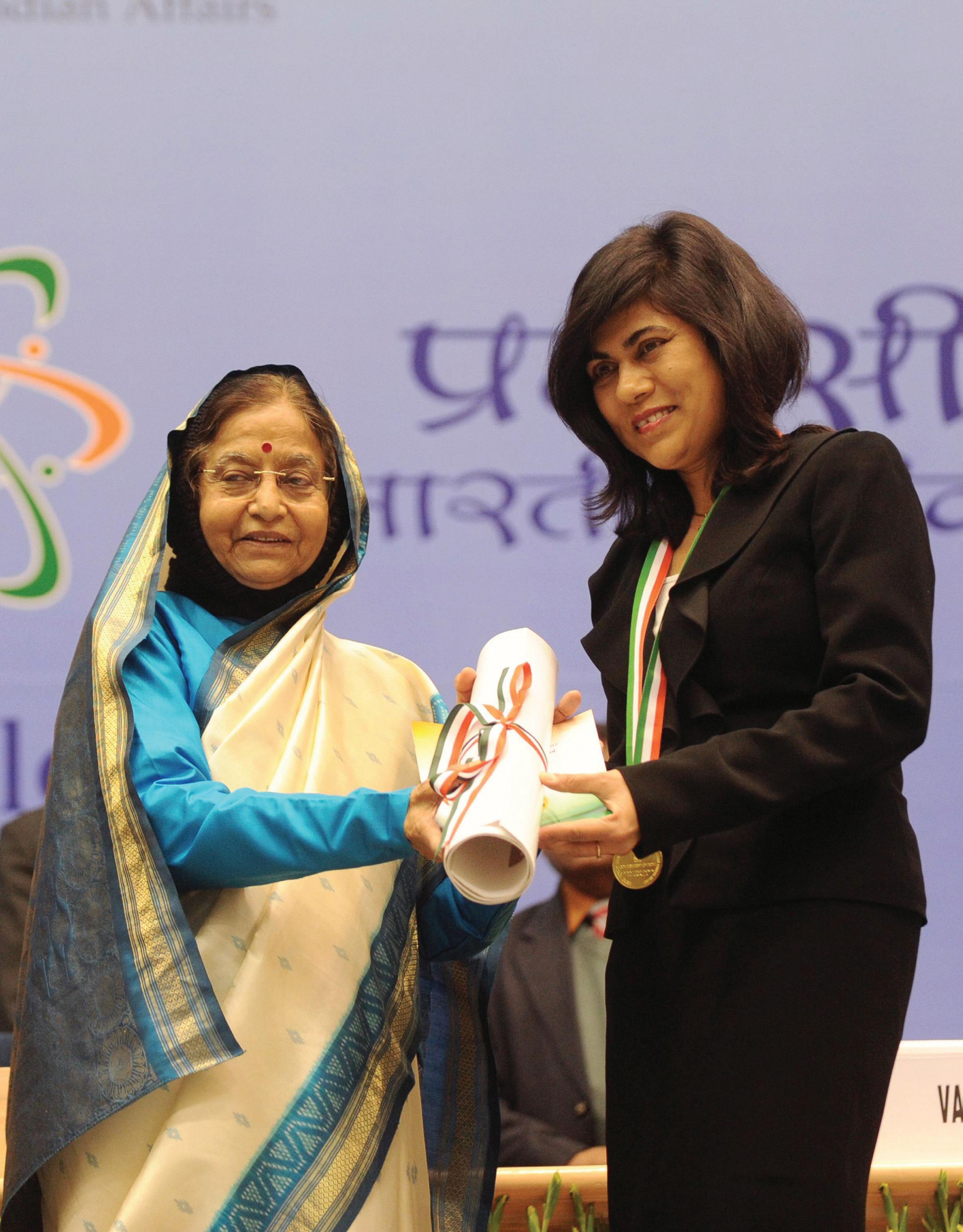
Rather than investing in India, he said that NRIs should give a holiday package to their children.
“Let them discover what is going on in the country of their origin,” he urged.
He suggested that even if a visit to India is for pilgrimage, it should be accompanied by a “pure holiday”.
“That is the most useful thing to do,” he added.
Ahluwalia also noted that money laundering was not a problem specific to India. He was responding to a query about the quest for NRI investment when there were reports of illegal wealth from India having been stashed away in foreign tax havens.
He said that the government would be happy to receive any specific information about cases of money laundering.
“If there is specific information, the finance minister will be happy to hear it,” he said to applause from the gathering.
Minister for Overseas Indian Affairs
Vayalar Ravi said that the government was not asking overseas Indians to come to the country to attract investment. “It is a get together,” he said.
He said that NRI’s share in the total foreign direct investment in India was about 1.3 percent.
Earlier, in his opening remarks, Ahluwalia said that many states in the Indo-Gangetic belt had picked up in growth parameters and “change taking place in India was being dramatically enacted in individual states”.
He said some states, which were doing well in the past, had realised they have to do a lot better to stay at the top.
He said the Planning Commission was working on an approach paper to the 12th Plan and had provided a window on its website for people to give suggestions.
“Anyone from anywhere abroad can suggest what to take into account to chart the 12th Plan,” he said.
India protests Chinese stapled visas; Beijing refuses to budge
India has strongly protested against Chinese stapled visas for residents of
Arunachal Pradesh saying it was “unacceptable”. Beijing, however, refused to budge from its position.
“Stapled Chinese visas are unacceptable to India. It has been conveyed to China. We will not accept it,” Defence Minister A.K. Antony told reporters in New Delhi.
Indian weightlifter Sibi Yuktar and his coach Abraham Kaya from Arunachal Pradesh were stopped from leaving Delhi after immigration officials noticed that their Chinese visas were issued on a separate sheet of paper stapled to their passports.
“There is no change in China’s visa for residents of Arunachal Pradesh. We only issue stapled visas for non-officials from that state,” a source in the Chinese embassy, who declined to be named, said in New Delhi. The source added that China does not even issue visas to officials from Arunachal Pradesh.
China has justified stapled visas to residents of Arunachal Pradesh as it claims the entire state as part of its territory.
In the last two years, China had resorted to issuing stapled visas to residents of Jammu and Kashmir, implicitly questioning India’s position that the Himalayan state was its inalienable part.
In the middle of 2010, China had refused visa to an Indian Army general
commanding a formation based in Udhampur, resulting in India snapping bilateral military exchanges with its neighbour.
India had, during the visit of Chinese Premier Wen Jiabao to New Delhi last month, raised the issue of stapled visas and asked Beijing to be sensitive to its concerns in this regard just as it respected China’s position on Tibet and Taiwan.
On China’s military modernisation, its recent testing of the J-20 stealth fighter jet and building infrastructure along the borders with India, Antony said: “We are also modernising our armed forces after careful assessment of emerging threats. Whatever is needed by the armed forces to protect our security we are providing it.”
“On the infrastructure front, we are moving ahead. Compared to the past, our security arrangement in the northern and eastern sectors are improving fast and our armed forces are fairly prepared now.”
On the reported transgressions by Chinese troops into Indian territory, the defence minister said it happened mainly due to the differing perceptions of the 4,057-km-long Line of Actual Control by either sides.
The government has announced a slew of measures to control prices of essential commodities. Following are the highlights:
* State-run National Agricultural Cooperative Marketing Federation (NAFED) and apex federation of consumer cooperatives, NCCF, to sell onions at Rs.35 per kg
* Stringent action against hoarders and black marketers. Cartelisation by large traders to be dealt with strictly dealt
* Import and export of all essential commodities to be reviewed on a regular basis
* State units to intensify purchases of essential commodities, particularly edible oils and pulses, for distribution through their retail network
* Existing schemes for subsidised distribution of edible oils and pulses to be continued
* Exports of edible oils and pulses, as well as non-basmati rice to remain banned
* Committee of Secretaries under the Cabinet Secretary to review the prices situation with individual states
* An inter-ministerial Group set up under the Chief Economic Adviser, Ministry of Finance to review the overall inflation situation
* State Governments to be urged to consider waiving mandi tax, octroi and other local levies to bring down prices further
* A scheme to support the state governments in the setting up of farmers’ mandis and mobile bazaars and to improve the functioning of civil supplies corporations and cooperatives
* Awareness campaigns to make people aware of cheaper alternatives to pulses like yellow peas with a view to influence consumption pattern in favour of such alternatives
* Involve Residents’ Welfare Associations and self-help groups in distribution of essential commodities to address local shortages and ensure that supplies reach the households with least intermediation cost
* Investments to be encouraged in supply chains including provisions for cold storages
* Storage capacities to be increased to stock last years bumper Kharif crop



A nation’s food security must always be its top priority and that is what the Indian government currently claims it is doing. In this context, the lessons of the past should never be ignored such as the Bengal famine of 1942-1943. A new Australian book details that horrendous event when an estimated two to five million people perished.
The renowned Australian author Thomas Keneally’s book Three Famines (A Knopf, Random House, Sydney, 2010) is an indictment of misguided and often cruel policies of British administrations in Ireland (from where Keneally’s forebears migrated to Australia) and in India.
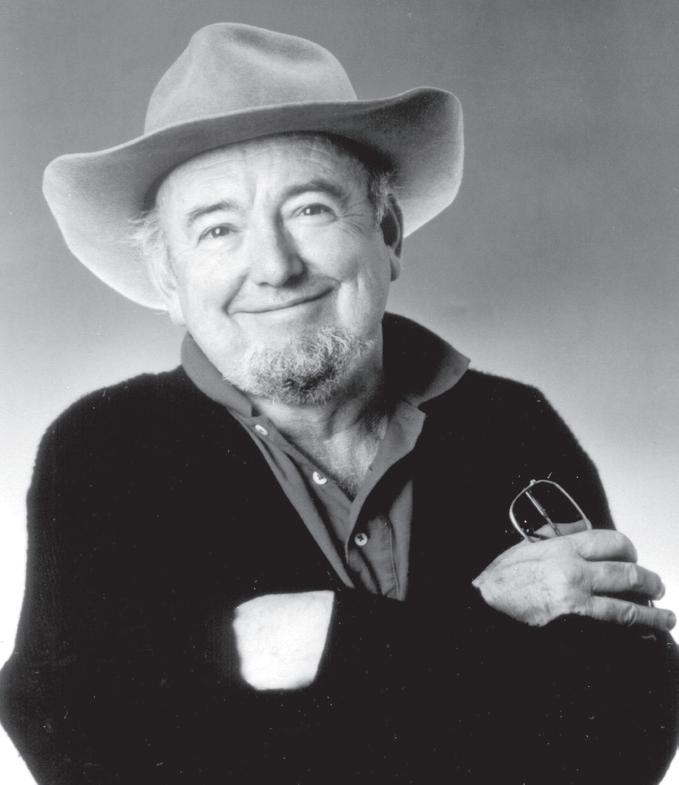
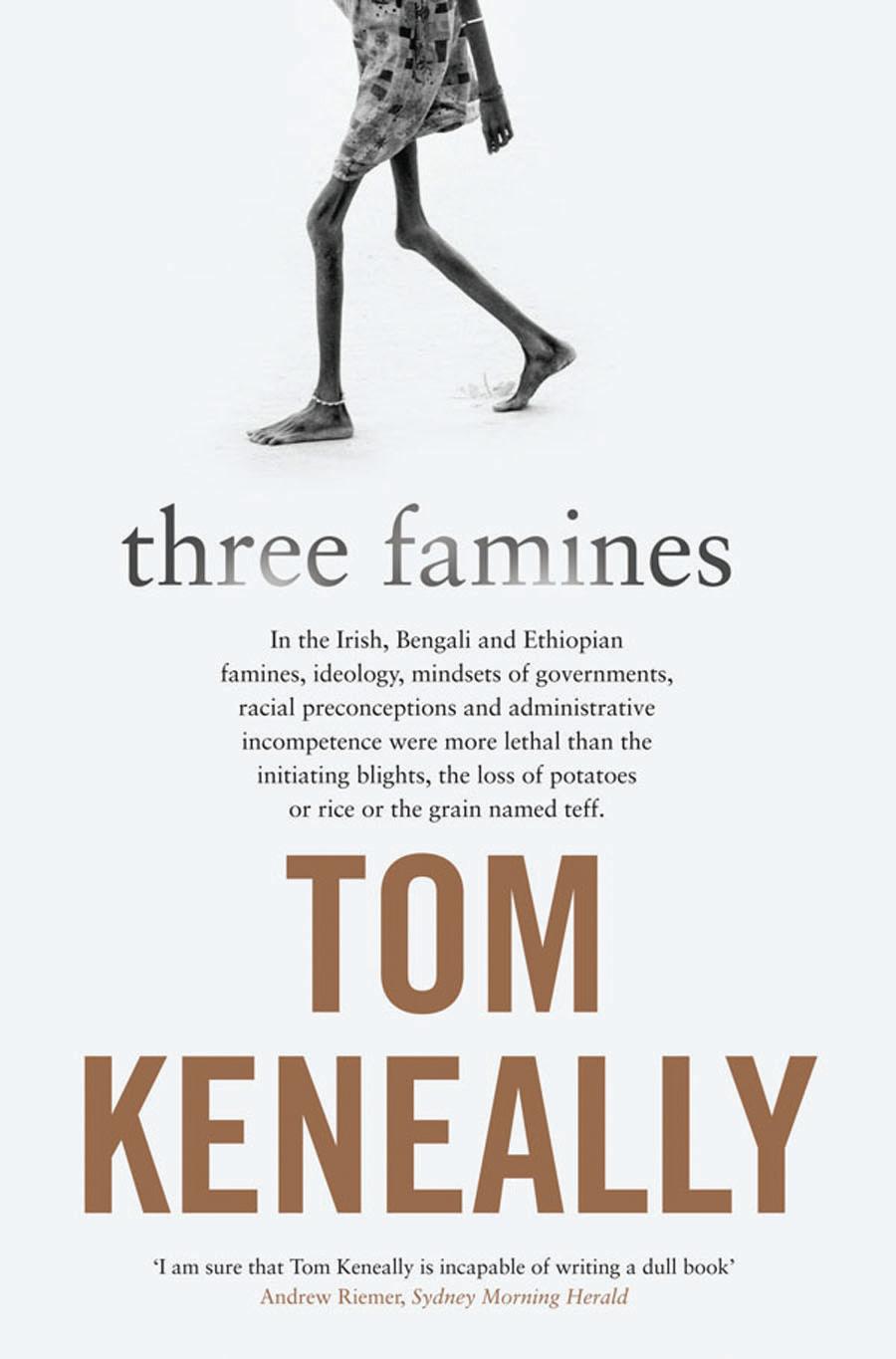
The parallels between the two famines (the Potato Famine of the 1840s in Ireland and the Bengal Famine of the 1940s) are astounding despite those events being a whole century apart. Nothing seems to have been learnt except the methods for denying people their basic food entitlements.
The cause of the Bengal Famine was not food shortage but bad administration which continued for far too long before relief was offered. A British journalist, Ian Stephens, Editor of The Statesman, courageously published details and photographs of starvation in the streets of Calcutta so as to inform Britain and the world of the plight of the Bengalis. The Hindustan Times was also instrumental in exposing the crisis which officialdom was successfully keeping hidden.
Bengali food habits depended on religion and caste but the common staple food was rice. It was a time of war; Japan had overrun Burma and was knocking at the door of Bengal. Food stocks were requisitioned under the outrageously named “Rice Denial Scheme” which deprived Bengalis of their staple food. The food was exported to the Middle East where food supplies were adequate.
There are many lessons to be learned from the 1940s food crisis in Bengal. The enormous political consequences of that despicable period in India’s history have possibly not yet been realised. Such events can repeat themselves and they need to be
Nordic blood into Indians. Linlithgow did not even visit Calcutta during the crisis.
A British Governor was in charge of an ineffectual Bengal provincial administration which must share a major part of the blame. It allowed landowners (zamindars), food hoarders and profiteers to enrich themselves at the expense of a suffering humanity. The Nobel Laureate economist Amartya Sen
Sir Winston Churchill expressed resentment that Indians had not been grateful to Britain for setting up the British administration in India! He blamed the famine on Indians “breeding like rabbits”. According to Keneally that was exactly what the Irish famine had been outrageously blamed upon a century earlier.
Churchill had been posted to India in 1896 and took part in fierce fighting with North West Frontier tribesmen in 1897. He founded the India Defence League with the objective of perpetuating British rule in India. For Churchill, Gandhi was a “seditious Middle-Temple lawyer” and a “half-naked” fakir.
Madhusree Mukherjee, a research physicist, in her recently published Churchill’s Secret War: The British Empire and the Ravaging of India During World War II (2010) believes that Churchill’s racism exacerbated the Bengal famine. She points out that food ships from Australia bypassed India on the way to the Middle East.
Churchill should have remembered that some two-and-a-half million Indian troops fought during World War II on the British side, many of them in Europe, including in Italy and France. Indian troops suffered heavy casualties in the service of Britain.
prevented. The Independence of India and of Pakistan was just a few years away and that included the partition of Bengal itself. Keneally’s well-researched and highly readable account is an indictment of the British administration under the Viceroy the Marques of Linlithgow. Keneally states that Linlithgow harboured such fanciful ideas that for India to be able to cope without British help, it needed the infusion of
If you love India, you will love Indian writer AK Pande’s new book Beyond the Office Window.
It could well be called a mini Discovery of India. That is what the author sets out to discover - the omnipresent Indian ethos. A former customs officer with an eye for detail and a flair for writing, Pande talks about his travels to the near and far corners of India both during service and after retirement in 2002. He presents a beautiful and cogent account of the India he loves - a land of a billion people, myriad cultures and languages, numerous ethnicities and cuisines, varied religions and shrines, rivers and ghats, monuments and cultures, all inexplicably bound together.
Pande’s strength lies in weaving together people he has met and places he has seen and events he has witnessed into one common story, the story of India. A north Indian by background, he talks effusively of M.S. Subbalakshmi, the only one who “can truthfully render the divine frenzy of Meera’s love and fathom the depths of those soul stirring thoughts”. He writes movingly about Varanasi
is convinced that rumours of shortages caused rapid price rises making food purchase prohibitive.
Keneally’s book is a refreshing change from Western works whose sole objective is often the criticism of India’s alleged social structure and the underlying notion is that everything good in India resulted from British colonialism. Unfortunately, as Keneally points out, those were the very ideas that Churchill carried with him when news of the Bengal famine reached London.
Keneally notes that when sending-off the new Viceroy to India, Field Marshall Wavell,
The new Viceroy Lord Wavell recognised the Bengal famine as a man-made crisis and set about taking steps in military style to redress the situation. He visited Calcutta and toured the affected areas. He pressured London, often to Churchill’s annoyance, for food supplies and welcomed American aid which was forthcoming.
It would be left to Viceroy Mountbatten, a few years later, to undo some of the damage caused in Indian-British relations by the horrendous memories of the Bengal famine.
Three Famines
By Thomas Keneally (A Knopf, Random House, Sydney, 2010)and the undying Ganga, but laments that one of the holy town’s greatest sons, Tulsidas, has been treated shabbily.
Pande is no prisoner of street talk ideology - he delves into Baburnama and discovers that Babur was “anything but a monster”. He pays fulsome tribute to T.N. Seshan, the man who changed the Election Commission from a doormat of politicians to a powerful constitutional weapon, and witnesses the festival of Indian democracy in an interior region of Assam as an election observer. He takes us to the little known Bheemunipatnam port in Andhra Pradesh and reads a British era diary with references to books by Mahatma Gandhi and Lala Lajpat Rai that have been banned!
His journeys across India take him to the border of Nepal - with a fleeing entry into that country - Malwa region and its forts, Ashoka Stupa in Sanchi, and Ujjain, whose clean ghats he in part credits to the voluntary service provided by the Daudi Bohra community.
Pande does not treat his travels like an average tourist. He calls his journeys a learning experience, “by no means
ample, yet good enough to correct many of my wrong notions. They have also given me a feeling of belonging to the whole country”. He even goes where not many would go, including the northeast, whose people he salutes and admires.
Pande is an ardent advocate of preserving the “unique kaleidoscope of cultures and traditions of different states and regions that is India, this colourful fabric, the tapestry which is a riot of so many hues and patterns”.
He devotes maximum space to Kolkata, where he spends considerable time, avoiding politics and taking us instead to small and big places, and the numerous full-of-life streets. He salutes Bengali culture and civility. He prays that the decaying buildings of old Calcutta must be redone and preserved. “Kolkata,” he desires, “must not drive Calcutta to extinction.”
M.R. Narayan Swamy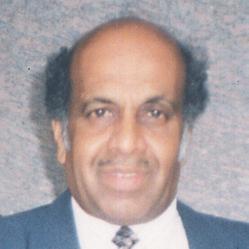
I was recently asked to speak to a group from the Telugu community about how Indian ancestral cultures can be maintained amid the onslaught of Western culture. This was particularly aimed towards the youth of the community, many of whom had just completed their schooling or had begun the early stages of university study.
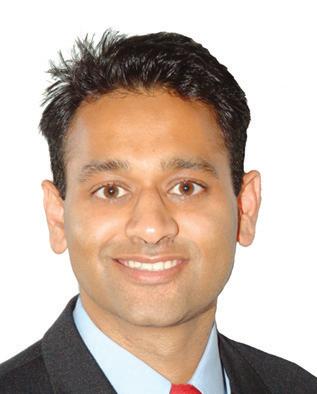
It is not the kind of speech I am usually asked to give. Our communities don’t really have a culture of bringing in interesting speakers at our functions. The podium is usually reserved for people with titles within the various associations. I grew up hearing boring speeches from a host of my father’s contemporaries with titles like Honorary Treasurer and First Secretary of the Bangladeshi Association of New South Wales. It was a throw back to the formalities and bureaucratic practices of the old subcontinent, part of which is now changing.
Unsurprisingly, most of my friends and I did our best to spend these nights outside, usually in school playgrounds. Inside, there would usually be hours upon hours of Bengali songs and dances being performed, none of which seemed remotely related to my own experience.
The scene when I arrived to the Telugu function reminded me of such nights while I grew up. There were a host of elders and young people sitting outside while there was loud music and dance going on inside. But there was a difference. Most of the young people were participating. I entered the school community hall in Sydney’s suburbs to watch an ancient Gujarati dance with wooden sticks, being performed by all the generations together. It was a beautiful sight, especially in a modern, secular world where there is a yearning among many for ritual.
But what can these rituals mean in a world so far removed from that which it was derived from. For example, I remember attending a Hindu wedding where my family friends rushed to get water from a nearby lake as a substitute for the mighty Ganges. It was a particularly amusing example of an attempt to retain old rituals and culture.
But how much of this is worth maintaining?
In societies of such rapid change, something which is even more apparent in India, the old traditions, family structures and rituals are being placed
under enormous pressures by the unsettling forces of the market economy. But this can also cause great social and psychological unrest. Human beings still require a sense of belonging, a sense of collective identity.
Young people who grow up in Australia with family backgrounds from ancient cultures from the subcontinent can be in a particularly difficult place. Try telling your school friends you can’t come to their birthday party because you have to attend a Puja ceremony or prayer at the mosque. Likewise, friends attending weddings which attempt to re-create the entirety of tradition are bemused when it can take an entire week of their time.
But those children from our backgrounds who share little link with their past culture of traditions can also be lost, without an anchor or sense of how their family narrative shaped their lives today. It is impossible to look in the mirror and make sense of our lives through the lens of the Anglo-Saxon tradition that shaped Australia.

In some respects, I have found myself at an advantage because I can pick and choose the best aspects of both cultures. My ancestral culture retains strong family traditions, a massive emphasis on education and a respect for the past and elders which are less apparent today. Rituals like Ramadan or Bengali New Year give me a sense of the extraordinary history and culture that I am derived from. It also immediately gives me an international outlook and an ability to navigate between cultures.
But I am also careful not to allow my parents to hold me too tightly to their traditions. Many of these simply do not make sense in modern Australia, particularly practices like arranged marriage or extended rituals that are just not compatible with modern life. There is a culture of innovation, risk taking and suspicion of conformity that a more individualist culture allows and our traditional culture stifles.
Those families that hold their past traditions too rigidly, worrying what their own parents in India might think about choices their grandchildren are making, are at a distinct disadvantage and are less equipped to manage the complexities of today’s world. Placing too much emphasis on strict religious practice and viewing it as a way to shield children from the liberal ways of the West can also be a recipe to stifle the energies of young people.
Finding the right combination is not easy, but a sense that a combination is the best way to approach the culture clash is perhaps the most important step.
In the short history of our nuclear age, another page was recently scrawled when India’s Manmohan Singh and France’s Nicolas Sarkozy sealed a pact of atomic collaboration. The genesis of this optimism was 65 years ago when the father of the nuclear bomb, Robert Oppenheimer, awed by the blinding power he unleashed, recalled the Bhagavad-Gita: If the radiance of a thousand suns were to burst at once into the sky, that would be like the splendour of the mighty one.
Oppenheimer, fluent in Sanskrit and proud to admit the Bhagavad-Gita was strongly influential in forming his character, was intrigued by the epics of salvation and damnation in the holy Hindu scriptures. His initial euphoria at seeing what he believed was a manifestation of the Lord was because he believed, with conviction, that this was their vehicle to salvation, a deliverance from the horror and sins of the Second World War. Should India see this fire of the Gods as an enlightenment to solve her famine of electricity? Or another damnation?
It is astounding how many strong religious references have been made in the nuclear scramble. 28 years after Oppenheimer’s blast at the New Mexico desert site, that he named Trinity, after a central Christian belief, the 8 kiloton ‘Smiling Buddha’ was denoted at Pokaran on Buddha Jayanti. Were these placating gestures? Remorse for letting infant politicians steal from God’s gun safe? For no one with an IQ higher than the room temperature would argue that nuclear power sits comfortably in the hands of mere mortals.
Ajit Pawar the Deputy Chief Minister of Maharashtra is resigned to proving this beyond ambiguity by forcefully arguing for the construction of the two French nuclear plants in Jaitapur, with blatant lies.
cue, in turn igniting a sizeable oil leak that had been neglected. The oil fire incinerated the power cables rendering all systems, including safety systems off-line. There was of course a reserve set of power cables but they were bewilderingly placed within close proximity to the primary cables and were not in anyway fireproofed. Without electricity to power the pumps to circulate coolant around the fast overheating core, staff were lotto lucky to manage to manually shut down the plant.
The second accident bares naked the undeniable fact that antiquated bureaucratic organisations like the AED cannot be within a mushroom cloud of a nuclear plant of any size. At Kalpakkam Atomic Processing Plant in 2003, a valve failure allowed highly radioactive material to enter a tank of lower radioactive material. There were no sensors to detect either the valve failure or the now lethal amounts of radiation that the plant’s workers unknowingly bathe in. The leak was only discovered, after a criminally long time, when a fuel sample was examined in another section of the plant.
This incident, little known as it is, would have not have seen any light had the workers’ union at the plant not become proactive. They presented a letter to the plants governing body, Bhabha Atomic Research Centre, after this organistion had disregarded a committee’s strong recommendation that the plant be immediately shut down after evidence of continued wildly excessive radiation leakage. The letter amongst other safety recommendations demanded a full time safety officer. BARC’s constructive critique was to blame the workers for not wearing their thermal badges (that are designed to detect long time exposure not sudden catastrophic exposure) and for entering the room (that was part of the duties demanded of them).
The real fresh one from Mr. Pawar was, “There has not been even a single case of an accident in India’s 18 nuclear reactors.”
India’s atomic energy program is highly classified; however the Atomic Energy Department is obliged to report shutdowns of plants to the International Atomic Energy Agency where they are made a matter of public record. Here we depressingly find the first of two accidents that stand out amongst a crowd of others.
In 1993, the Narora nuclear plant in Uttar Pradesh was saved from a cataclysmic event only by a forgiving God. Ignoring warnings of catastrophic turbine failure by the manufacturers, the plant management pushed the system sufficiently enough for the turbine blades to explode. These cut a hydrogen carrying pipe that exploded on
The workers went on strike until their leaders fell victim to the time honoured babu weapon of choice; they were transferred. BARC got the last scientific word in: “If the place was not safe they would not have joined back.”
The only consolation for trailing behind the West in development is the precious opportunity to not repeat its foolhardiness. India must stop equating wealth with intelligence and blindly duplicating the West’s sometimes mad-as-a-Marchhare technological experiments. But if it must, then these all-powerful nuclear reactors, with the radiation of a thousand Hiroshimas, must be administered by India’s world beating managerial talent, not bitter old men.
On that day of the world’s first nuclear blast, even before the gates of hell had fully closed, many of the greatest minds of the age openly wept and Openheimer recalled another verse from the Bhavagad Gita: I am become death, the destroyer of worlds.
Those families that hold their past traditions too rigidly, worrying what their own parents in India might think about choices their grandchildren are making, are at a distinct disadvantage and are less equipped to manage the complexities of today’s world.
January marks the birth anniversary of Swami Vivekananda (1863 - 1902). Born Narendranath Dutta, he was the chief disciple of Sri Ramakrishna Paramahamsa. After Sri Ramakrishna’s death, Vivekananda renounced the world and crisscrossed India as a wandering monk. He later sailed to Chicago and represented India as a delegate in the 1893 Parliament of World Religions. An eloquent speaker, Vivekananda was invited to several forums in the United States and spoke at universities, clubs, public/private lectures disseminating Vedanta and yoga in America, England and a few other countries in Europe. He also established the Vedanta societies in America and England. Later he sailed back to India and founded the Ramakrishna Math and Ramakrishna Mission, a philanthropic and spiritual organization. Here is a compilation of some of his sayings and utterances.
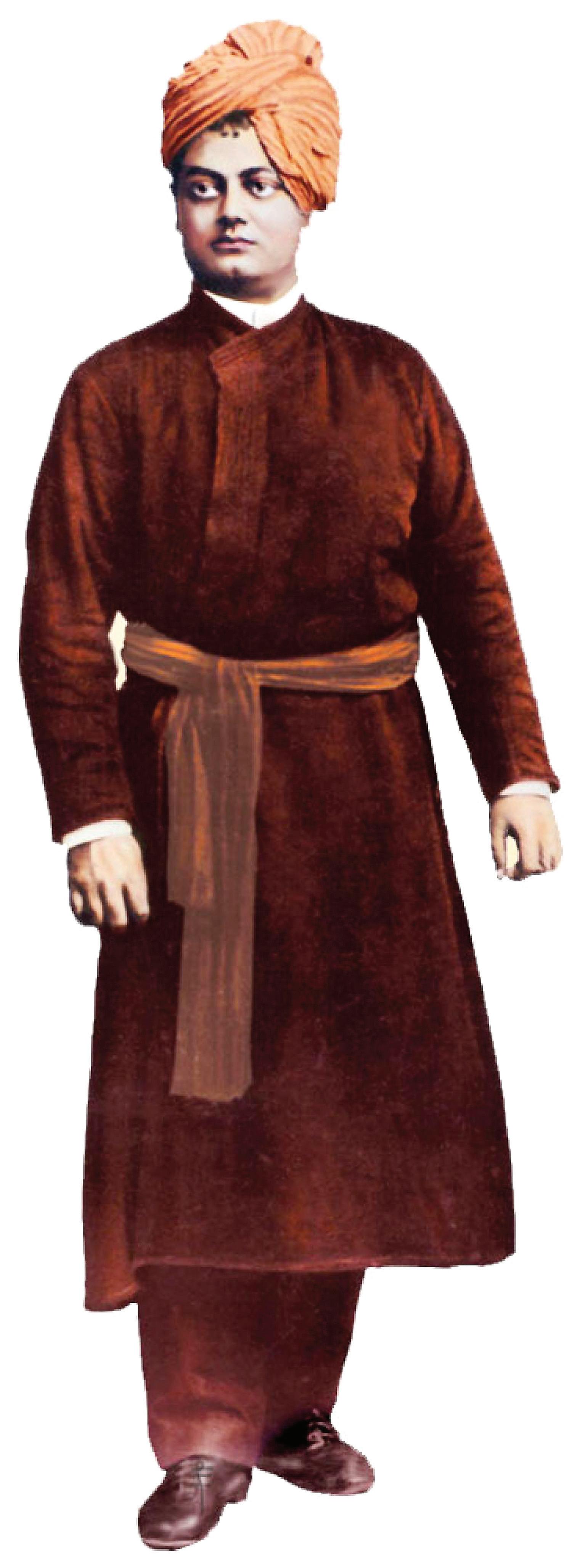
• Each soul is potentially divine. The goal is to manifest this divinity within by controlling nature, external and internal. Do this either by work, worship or psychic control or philosophy – by one or more or all of these and be free. Idols or temples or churches or books are only the supports, the helps, of his spiritual childhood: but on and on he must progress.
• Faith, faith, faith in ourselves, faith, faith in God — this is the secret of greatness. If you have faith in all the gods and still have no faith in yourselves, there is no salvation for you. Have faith in yourselves, and stand up on that faith and be strong; that is what we need. All power is within you. You can do anything and everything without even the guidance of any one. Stand up and express the divinity within you.
• The whole gist of Jnana-Yoga is to show humanity the method of undoing Karma. A caterpillar spins a little cocoon around itself out of the substance of its own body and at last finds itself imprisoned. It may cry and weep and howl there; nobody will come to its rescue until it becomes wise and then comes out, a beautiful butterfly.
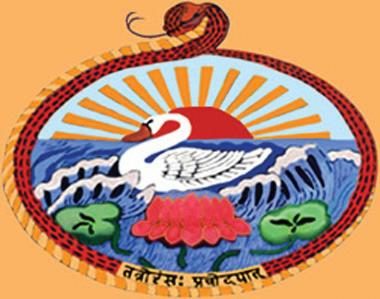
• If what we are now has been the result of our own past actions, it certainly follows that whatever we wish to be in future can be produced by our present actions; so we have to know how to act.
• Work for work’s sake. There are some who are really the salt of the earth who do not care for name, or fame, or even to go to heaven. They work just because good will come of it. There are others who do good to the poor and help mankind from still higher motives, because they believe in doing good and love good. Unselfishness is more paying, only people have not the patience to practice it.
• In studying the great characters the world has produced, I dare say, in the vast majority of cases, it would be found that it was misery that taught more than happiness, it was blows that brought out their inner fire more than praise.
• You cannot teach a child any more than you can grow a plant, you can only help by taking away obstructions. Loosen the soil a little, so that it may come out easily. Put a hedge round it; see that it is not killed by anything, and there your work
stops. You cannot do anything else. The rest is a manifestation from within its own nature. So with the education of a child; a child educates itself.
• The Lord is very merciful to him whom He sees struggling heart and soul for Realisation. But remain idle, without any struggle, and you will see that His grace will never come.
• The calmer we are, the better for us, and the more the amount of work we can do. When we let loose our feelings, we waste so much energy, shatter our nerves, disturb our minds, and accomplish very little work. It is the calm, forgiving, equable, wellbalanced mind that does the greatest amount of work.
• One of the greatest lessons I have learnt in my life is to pay as much attention to the means of work as to its end. Our great defect in life is that we are so much drawn to the ideal, the goal is so much more enchanting, so much more alluring that we lose sight of the details altogether. We forget that it is the cause that produces the effect; the effect cannot come by itself; and unless the causes are exact, proper, and powerful, the effect will not be produced.
• This is the secret of spiritual life: to think that I am the spirit and not the body, and that the whole of this universe with all its relations, with all its good and all its evil, is but as a series of paintings— scenes on a canvas—of which I am the witness
• Never talk about the faults of others, no matter how bad they may be. Nothing is ever gained by that. You never help one by talking about his fault; you do him an injury, and injure yourself as well. We must give them something higher; tell them of their own glorious nature, their birthright.
• Look here-we shall all die! Bear this in mind always, and then the spirit within will wake up. Only then will all meanness vanish from you, practicality in work will come, you will get new vigour in mind and body, and those who come in contact with you will also feel that they have really got something uplifting from you.
• Never quarrel about religion. All quarrels and disputation concerning religion simply show that spirituality is not present. Religious quarrels are always over the husks. When spirituality goes, leaving the soul dry, quarrels begin, and not before.
• If money helps a man to do good to others, it is of some value; but if not, it is simply a mass of evil, and the sooner it is got rid of, the better.
Compiled by GANESH RAO
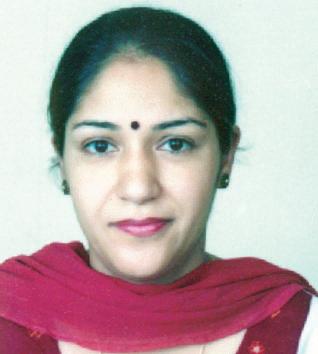
Every season has its own special foods. As temperatures are on the rise so is the demand for some cool summer food, instead of hot sizzling soups.
But with summer here, jumpers and jackets are off leaving us in the open with extra weight we have put on during the long winter months. Now it is everyone’s dream to fit into a beautiful sleek swimsuit. But it becomes quite a challenge to enjoy smoothies and ice creams as well as maintain our weight, or even try to lose the extra kilos. But summer also brings along lots of sunshine and long days, and nature provides an endless bounty of fresh fruits and vegetables for our pleasure.
The seasonal shift from spring to summer means a change in methods of cooking too. Nobody wants to slave in front of the stove during hot summer weather. So go lighter and shorter, and make your main cooking methods stir frying, steaming and light boiling, instead of frying or planning elaborate meals.
Here are some ideas and foods to help you keep cool and also maintain your weight:
Water
Water is the most refreshing and cool drink for summer. It is also very important to drink plenty of plain water to keep yourself hydrated during the hot summer months. Replacement of fluid loss, especially during exercise sessions in summer, is important. When going swimming or doing other activities, or even going to the park or supermarket, do not forget to carry a water bottle with you.
mint, coriander and other herbs, or low fat dressings. Besides being low in calories, fresh salads are loaded with vitamins, minerals, antioxidants, and fibre. Add some sprouts, boiled or baked beans, tofu, boiled eggs, or fresh paneer to your salad to increase the amount of proteins in it.
same time. And kids love smoothies, so they are a perfect way to get them to eat fruit. Try to make smoothies with bananas, strawberries, rockmelon, kiwi fruit, passion fruit, mangoes, peaches, plums and berries. These are full of vitamins and antioxidants and are great for an increased fruit intake.
Let us forget about hot gulabjamun and and instead focus more on some chilled fruit desserts. Frozen grapes, litchi and cherries or low fat fresh fruit ice creams or banana sundaes made from low fat ice creams are also some good summer food choices. Frozen yoghurts, chilled kheer and fruit custard make great summer desserts.

Yoghurt, matha, lassi, chaas all are excellent for summer. Raitas are a good and healthy add-on to your regular summer meal. In summer, one can experiment with cucumber, lauki, or a kachumbar made from onion, tomato, cucumber, radish, pineapple, potato, banana, and/or boondi.
Try to go in for small and frequent meals instead of three large meals in summer, as these lead to bloating and a feeling of discomfort.
Avoid indulging in fried food like puris, samosas, pakoras , hot chips, hot dogs, burgers, and spring rolls, as these involve a lot of cooking at high temperatures with lot of time involved in the hot kitchen. They also have the thermal effect of increasing the body’s temperature.
Salads
Salads are a great way to start your meal. Try to include plenty of salad vegetables like cucumbers, carrots, capsicum, mushrooms, lettuce, cabbage, and tomatoes. But do not overload these with heavy salad dressings. Salad greens are full of folate and rich in vitamins A
Keep your refrigerator well stocked with fresh vegetables like cauliflower, zucchini, broccoli, carrots, eggplant, and celery. The antioxidants and vitamins present in these help to build up your immune system and minimize skin damage in the summer months. While packed with healthful dietary fibre, vitamins, minerals and nutrients, fresh vegetables also are low in calories and have no added fats or sugars.
Instead of hot soups, try to have cool cucumber soup and gazpacho which are loaded with crunchy vegetables. These
Lassi – either sweet or salty, nimbu pani, jaljeera, panna, thandai , coconut water, barley water… nothing can beat these cool delicious drinks for summer. Adding mint and roasted ground cumin seeds to lassi make it an irresistible savoury drink, while nimbu pani (lemon juice) is an excellent source of Vitamin C and a very good appetizer. Avoid having sugar-laden soft drinks and carbonated beverages.
Summer fruits like mangoes, watermelon, rockmelon, litchi, nectarines, plums, apricots are all juicy and have high water content. These fruit are good sources of folate, Vitamin A and antioxidants. Fruit can be had as a snack as well as desserts or in smoothies.
This is an excellent way to enjoy fruit in summer. Similar in consistency to milkshakes, smoothies are quick, nutritious, and amazingly rich at the

While packed with healthful dietary fibre, vitamins, minerals and nutrients, fresh vegetables also are low in calories and have no added fats or sugars.
Ice creams are irresistible in summer, but equally fattening as well. Unrestrained consumption of ice cream during the summer months adds calories. However, avoiding chocolate sauce and nut toppings brings down the calorie count. Better alternatives to fattening ice cream include low fat ice creams, sundaes, frozen yoghurt, and smoothies.
As the days get hotter, here are a few ways to keep cool, healthy and happy
But summer also brings along lots of sunshine and long days, and nature provides an endless bounty of fresh fruits and vegetables for our pleasure.

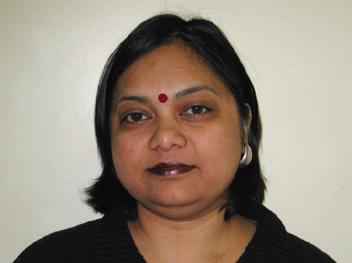
Life’s a journey, not a destination, goes the popular pearl of wisdom from the American philosopher Ralph Waldo Emerson.
How well I understand you now, Ralph. You see, I’m planning my holidays, and all of a sudden, it’s the journey, not the destination, that seems paramount.
Having outgrown the “posingshamelessly-in-front-of-worldmonuments” and the “furiouslyshooting-away-with-sophisticatedequipment” phases of my life, now, it’s all about the journey, the moment and the experience of travel. I’m done with smugly circling cities I’ve traversed on the world map. It used to be a frantic, stressed-out mission to capture the world with my lens then. And overscheduled itineraries, “touristy” 10-point sight seeing agendas and frenzied shopping sprees.
But now, I’ve progressed into the midlife leanings towards relaxed meanderings and wanderings. So it’s more about getting lost in the obscurity of quaint towns untouched by the debasement of modern civilization. It’s more about the innate simplicity and gentleness of unpretentious folk who accept you into their territory and homes with no strings attached. It’s more about witnessing the pristine though paramount power of nature that unashamedly exposes the transience of human attainment. It’s more about
finding commonalities, forging bonds, building relationships, letting go of the past, surrendering to the now, and creating memories for the future.
Going back to my roots is certain but the modus operandi has shifted gear.
This year I’m attempting to re-invent the long lost Bharat Darshan from the pages of my childhood. Yes, it’s no more about the conventional touchdown and touch-off swirling across the country’s expanse in budget flights 35000 feet above my beckoning land.
On the contrary, it’ll be back to travelling on the world’s largest, single owned network of trains aptly called Bhartiya Rail. It’ll be back to being the delirious 10-year-old from decades ago. It’ll be back to re-discovering the real people that define the land, back to reacquiring something I’ve forgotten and forsaken over the years.
Yes, somewhere deep down Yatra, Shyam Benegal’s epic TV serial from 1986, has never left me. It had fascinated me then with its theme of national integration created from a comfy first class coupe of an Indian railways train. I didn’t realise it then, but can fathom now as to why I waited desperately for every episode.
Like most kids in my colony in the Indian business capital, summer vacations implied the annual pilgrimage to the faraway native place. And I was the luckiest of the lot with the longest journey to make. An unbelievable 3200 kilometres on chhuk chhuk gaadi to the extreme other end of the country. The eventful expedition needed two whole nights and three days to be spent on board. And so the excitement
unfurled right from the taxi ride to the station, to locating our reserved berths, followed by the flagging off of the train to the final arrival at the terminating destination.
The journey spelt three days of sheer fun, frolic and freedom. From the smell of the coal-fired engine, to the regular fights with my elder sis over the window seat, to shy introductions with co-passengers, to sharing meals like a grand Indian joint family, to clamouring to get up first on the upper berth, to unending strolls up and down the compartment. I would be completely oblivious of the breathtaking countryside unfolding outside the window. Funnily, the similar sounding shrill calls of chai garam chai, jhalmuri, boiled anda (eggs) and samosa at every station across the length of the country made me assume that India probably was the same everywhere. Life seemed like a chapter from Enid Blyton’s classic Famous Five series. It was a blast and this was home.
The anti climax, however, was the tearful farewell in the end, with the mandatory exchanges of telephone numbers and addresses amidst the chaotic madness of the station. Yes, I knew not where they came from or couldn’t care less about where they went, but in a subtle way they would touch me. As I followed my family up the over bridge, my welled up eyes would cast a final look at the majestic “Black Beauty” engine that had magically transported me to the lush green lands of my Thakuma (paternal grandmother).
I was incapable then of dissecting the almost poetic prowess of that
I’ve progressed into the midlife leanings towards relaxed meanderings and wanderings. Now, it’s more about witnessing the pristine though paramount power of nature that unashamedly exposes the transience of human attainment.
gargantuan voyage or how it was akin to my journey of life. I even failed to notice the smelly toilets or the dirty environs. That I began to appreciate only later as I graduated in the so-called skills of life.
Life underwent massive upheavals since. I found myself surrounded by the glossy hustle and bustle of airports across the globe in the second phase of my journeying travails. Strange, but I fail to recollect any gleaming faces or chirpy conversations from this second period of rather methodical movement. And so, after satiating my life’s appetite for touristy conquests, I’m back to phase one. The passion for travel remains as fervent as before. Only this year I hope to venture out with a nouveau mission in that bygone direction. I trust I will once again get to meet my long lost chaiwallah, jhalmuriwallah and my dearest train family en route.
Wish me luck!
the
to
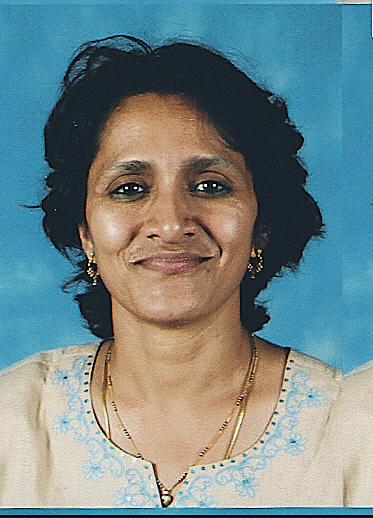
Ten years. Ten long years. Or should I say ten short years, for these ten years seem to have slipped by pretty quick.
It is hard to comprehend that it was ten years ago that I was dancing my way into the 21st century to the tune of Jennifer Lopez’s Waiting for Tonight . I am ten years older, ten years richer in myriad experiences – some good, some challenging, some testing and some I would rather forget. The world has changed so much; literally, the face of the earth I am sure looks very different when viewed from outer space – the twin towers are missing, devastating floods and earthquakes and tsunamis have battered the inhabitants, and terrorism has taken a whole new meaning (moved up a notch!). There is fear in every mind and doubt lurks at every corner, newer methods of checking and testing are being devised every day. There are many regrets - could things have been different, would we have done things differently if we had the opportunity?? That is an intriguing question to answer!
Life it is believed comes round a full circle and that what goes around, comes around... but one often wonders is this what life is all about? We are moving ahead in times, but when it comes to our basic instincts, have things changed a great deal? Have we been able to iron out past differences? A bird’s eye view of the world as it exists today shows that we as the evolved species that inhabit this earth have not changed a great deal. The last ten years may be a testimony to our technological developments; gadgets getting smaller, more versatile and yet, we’re more dependent! Social interactions have reduced to the possible minimum required; children are unaware of the joys of childhood as they are slowly graduating from watching television from their cribs to going crazy on the controls of a video game as soon as they learn to sit up. Gone are the days when mothers went for long walks with the prams, talking to the ‘bub’ all the time, educating him with sounds and sights. I remember the times when my adult son was a child. His gross and fine motor skills were enhanced by putting the building blocks together or playing with the dough while I made rotis. There was interaction at all times. Not that there were no televisions then, or video games, but then life did not revolve around them. Jigsaw puzzles kept him sharp and he innovated ways of challenging himself. I remember the time when I was amazed to see him
trying to put a shape together by looking at its image in the mirror!

Ten years into the 21st century and women are making their presence felt in all areas of life. But I find it quite tragic that even today, when a woman succeeds it makes headlines as though it is an ajooba How can we ever say that we live in a society where men and women share equal rights when everything a woman does is news, while achievements by men are just what they should be - ‘achievements’. If we are equal citizens, then stop patronising us. Headlines like “Australia gets its first woman prime minister” should be replaced with “Labor stays in power, Gillard wins over Abbott”. We still continue to observe International Woman’s Day even in this day and age. And why do we do so? We may be into 2011, but women are still taken advantage of, looked down upon and treated with lack of respect. It is appalling to note that even today in many countries women activists are fighting for equal rights, to
be taken seriously, to be respected and accepted. Even today there are men who believe that natural disasters like earthquakes and floods are caused by women who dress and act immodestly. Thousands of women still die during childbirth, and pregnancy is not a matter of choice for thousands more. In many parts of the world women do not address the men in their lives by their names; there are different versions and different dialects of Pappu ke bapu Society has changed in the past ten years – there has been an improvement in the general quality of life, though it comes at a dearer price. People do not believe in leading a debt free life. It is always buy now, pay later. Even people who can afford to buy and pay, prefer the ‘pay later’ option as in this business oriented world, it is putting money to optimum use. The simplicity of living seems to have lost its way. While Gen X believed in living within their means, Gen Y has looks to live beyond their means. They like branded goods and luxury items. A car is no longer a comfortable vehicle that takes you from point A to point B, it is a machine - the more the power and speed, the better. They do not believe in living in independent houses with a small backyard like most of us do, a studio apartment with a small terrace is good enough. Why put your earnings into a place that you go to merely spend your nights, when you can put it to good use by travelling the world!? A wise logic, I must say!
I know things are going to continue to change in the next ten years and we may reinvent ourselves. The good old bygone days may be back. Fashion trends have proved this time and time again. I am not sure if the time when simple living and high thinking was a way of life and not just an adage, is going to be back. I can always hope for it and undoubtedly it is hope that keeps us ticking.
So, let’s hope that the next ten years are going to be better than the last ten. Let’s hope that society becomes more tolerant, and hatred and nepotism fade away. Let’s hope that the youth of today, who will make up the intelligentsia of tomorrow, learn lessons from our mistakes and make amends. Let’s HOPE!
Wishing everyone a HAPPY and HOPEFUL 2011.
While some aspects of life changed drastically in the noughties, others remained much the same
The last ten years may be a testimony to our technological developments; gadgets getting smaller, more versatile and yet, we’re more dependent!
Every boy should have two things: a dog, a n d a mother
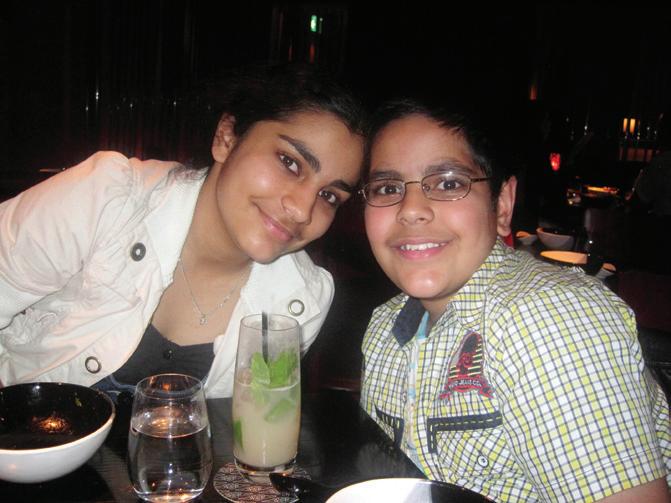
Why did the poor dog chase his own tail? He was trying to make both ends meet!
What kind of dog does a vampire prefer? Any kind of bloodhound!
What is the only kind of dog you can eat? A hot dog!
What did the hungry Dalmatian say when he had a meal? That hit the spots!
What dog wears contact lenses? A cock-eyed spaniel!
What do you get if you cross a cocker spaniel, a poodle and a rooster?
Cockerpoodledoo!
Woman: “We’ve got such a clever dog. He brings in the daily newspapers every morning.”
Husband: “Well, lots of dogs can do that.”
Woman: “But we’ve never subscribed to any!”
you are. ~Anonymous
1. Did you know that the Chinchilla dog takes baths in
2. The Dingo and Basenji are the only two breeds of dogs that do not bark.
3. All dogs are descended
4. The Chow Chow and Shar-pei are the only dogs known that do not have a pink tongue – their tongues are blue!
5. At the end of the Beatles songADayintheLife,Sir Paul McCartney recorded an ultrasonic whistle that only dogs are capable of hearing, for his Shetland sheepdog.
6. When a dog bays at the moon, it is following a basic urge to call the pack together.

For you and your pet to watch together
Lassie Come Home (1943)
Old Yeller (1957)
Benji (1974)
Turner and Hooch (1989)
Beethoven (1992)
Homeward Bound (1993)
My Dog Skip (2000)

Scooby Doo (2002)
Because of Winnh-Dixie (2005) Eight Below (2006)
The Shaggy Dog (2006)
Marley & Me (2008)
Beverly Hills Chihuahua (2008)
Hachi: A Dog’s Tale (2009) Hotel for Dogs (2009)
7. The burying of bones is part of a dog’s instinctive feeding ritual; shaking things viciously is part of the hunting ritual.
8. Dogs turn in circles before lying down because in the wild this instinctive action turns long grass into a bed.
9. There are 701 types of pure breed dogs, but they fit into seven basic categories: Toy dogs, Hound dogs, Herding dogs, Sporting dogs, NonSporting dogs, Terriers, Working dogs.



10. Dogs can be right-handed or left-handed like humans.
A boy can learn a lot from a dog: obedience, loyalty, and the importance of turnin g around three times before lying down. ~Robert Benchley
Be the perso n your dog thinks
After a long drawn winter surely even the most diehard of sceptics would look forward to a nice, long summer. Lazy weekends on the beach, long afternoons spent shopping for trendy short-sleeved and sleeveless tops, capri pants, cool skirts and shorts, stylish sandals and thongs.
Laser removes the hair from the root ensuring that regrowth is at a very slow rate and in some cases, not at all.
But as is true for everything in life, along with the delights come the dilemmas. In this case, topping the list is the struggle to keep ourselves hair-free ad infinitum, to be able to flaunt this season’s must-haves. Fortunately with technology advancing at a rapid-fire pace, there are many options available both for men and women to rid themselves of unwanted hair. From tried and tested razors, waxes, tweezers and sugars to electric shavers, epilators, depilatories that offer temporary solutions, to more advanced electrolysis and the latest trend - laser hair removal that promises the regrowth of hair at a very slow rate and in some cases, not at all. So if you’ve heard the ad for a popular cosmetic clinic that insists ‘Now is the best time to get laser hair removal’, I reckon you might be one of many considering the option for yourself. But before hopping onto the treatment couch, donning eye protection and settling for a session, it is vital to do some research and know key facts about this procedure.
It is important to understand that despite some misconception, there is no technique yet that guarantees permanent hair removal. Laser removes the hair from the root ensuring that regrowth is very slow. This procedure is gaining popularity based on the fact that it is fast, relatively pain-free and cost effective. During the process, a hand-held device is pressed onto the area to be treated. Light rays of different wavelengths are beamed at the dark pigmented melanin in the hair. This heats up and damages the hair follicle without damaging the surrounding area. Some hair follicles are irreparably damaged so those hair don’t grow back. The laser light only affects hair that is in an active growth phase which leaves the hair in dormant cycle unaffected. For this reason, multiple sessions are required to treat all hair as it passes through the growth cycle and becomes active. Laser hair removal works best on light skin and dark hair, but different lasers to treat different types of skin and hair colour are now available.

The most obvious advantage of laser hair removal is a long lasting result and a reduction in the appearance of hair growth, which is permanent. The hair that grows back is lighter in colour and thinner in texture. It is faster and less time consuming than waxing or other methods and ingrown hair is better managed. This procedure is especially useful in getting rid of unwanted hair on large areas like the back, chest, arms and legs. For women, it is one of the most effective options for facial hair removal.
The advantages and disadvantages of laser differ from person to person depending on their skin and hair type. Some people experience blistering or a burning sensation after the initial treatment which usually disappears with successive sessions. After treatment the area may feel sensitive, and some flaking can occur. It is also important to follow the before and after instructions provided by the clinic, as the treated area needs to be kept clean to avoid the risk of infection between sessions. Laser can trigger an outbreak of
SHAKIRherpes if you suffer from this condition. It can cause burns, abrasions, pigmentation, blistering, redness, swelling, skin discolouration and scarring if improperly applied. Another drawback is the fact that there is no long term evidence to support the effectiveness and ensure the safety of this procedure. In addition it can be costly, because several sessions are required to achieve desirable results.
What to look for…
Laser hair removal is considered safe and complicationfree if performed correctly by a qualified professional. However, there is a lack of legal regulations regarding the purchase, training and quality control standards for laser devices. There are many so-called experts with very little expertise so it is best to do your homework and not risk long term injury. Choose a practitioner who is willing to give you a consultation (preferably free) before you commit to anything. Ask lots of questions and get as much information as you can specially about pre and post procedure requirements, the qualifications of the practitioner and the cost. Make sure the premises are clean. It is advisable to shop around and not commit at the initial consultation. Also, don’t be tempted to go in for the cheapest option. Once you’ve chosen a clinic it is important that your skin type is correctly assessed, any lesions are properly diagnosed and the right wavelength of laser is used. This is especially important for the face, as incorrect wavelength can cause hypopigmentation.
Is it painful?
Well, yes! Reliable laser clinics use pain reduction techniques like cooling gels, water mists and cool air to make the experience less uncomfortable. While areas of the body like the arms, legs and back may feel a slight stinging sensation, laser on the face can be a bit more painful for the simple reason that the face has more sensory receptors compared to other areas. Choosing clinics that use the most advanced devices like the Candela Gentlelase which has a dynamic cooling device attached, can minimize this problem.
It is imperative to look after your skin before and after the treatment. Take all the necessary precautions. Avoid prolonged sun exposure, use mild soaps and non irritating creams, and in no time you will be confident and happy, strutting silky smooth and hairless skin.
Once you’ve chosen a clinic it is important that your skin type is correctly assessed, any lesions are properly diagnosed and the right wavelength of laser is used.
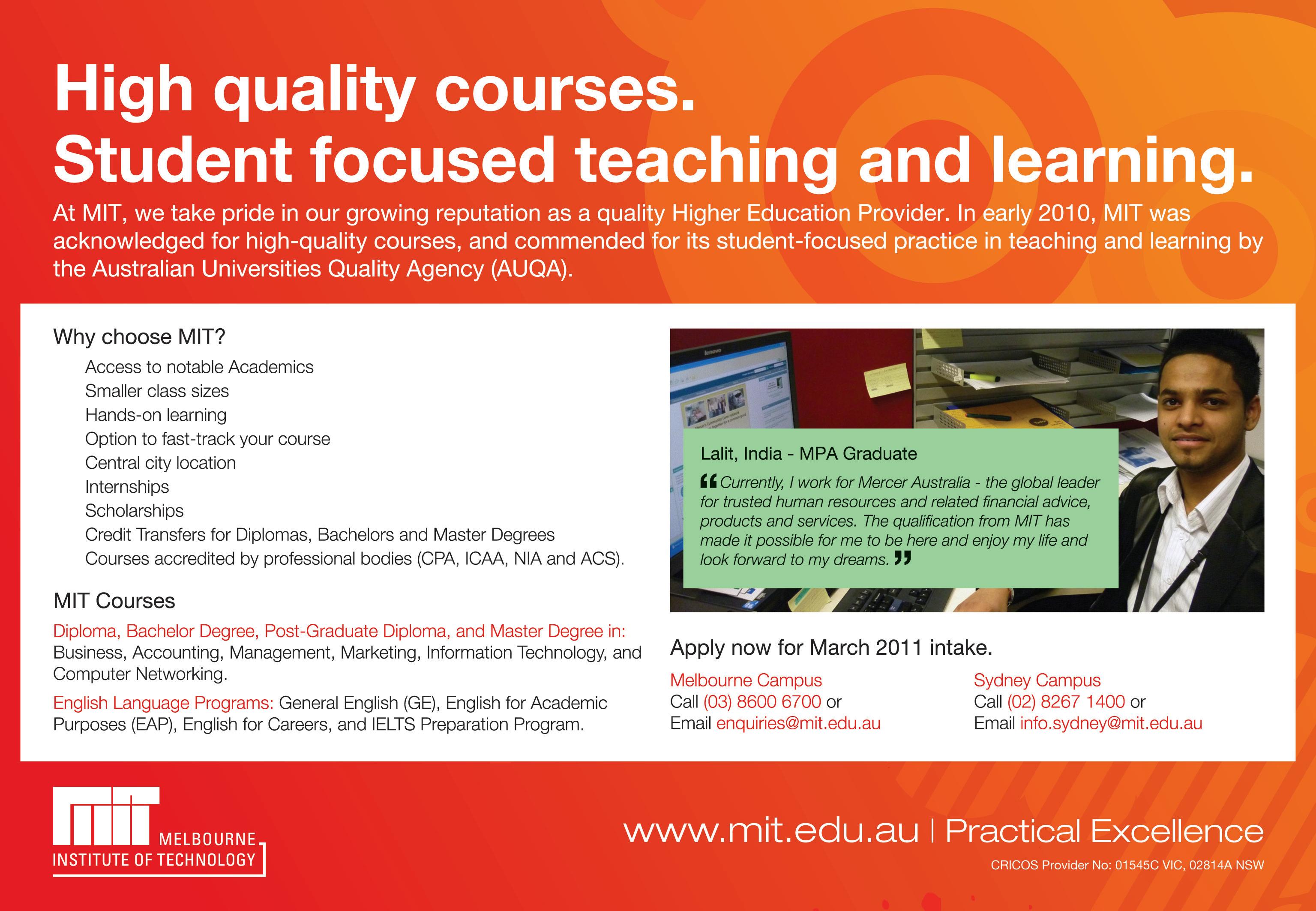
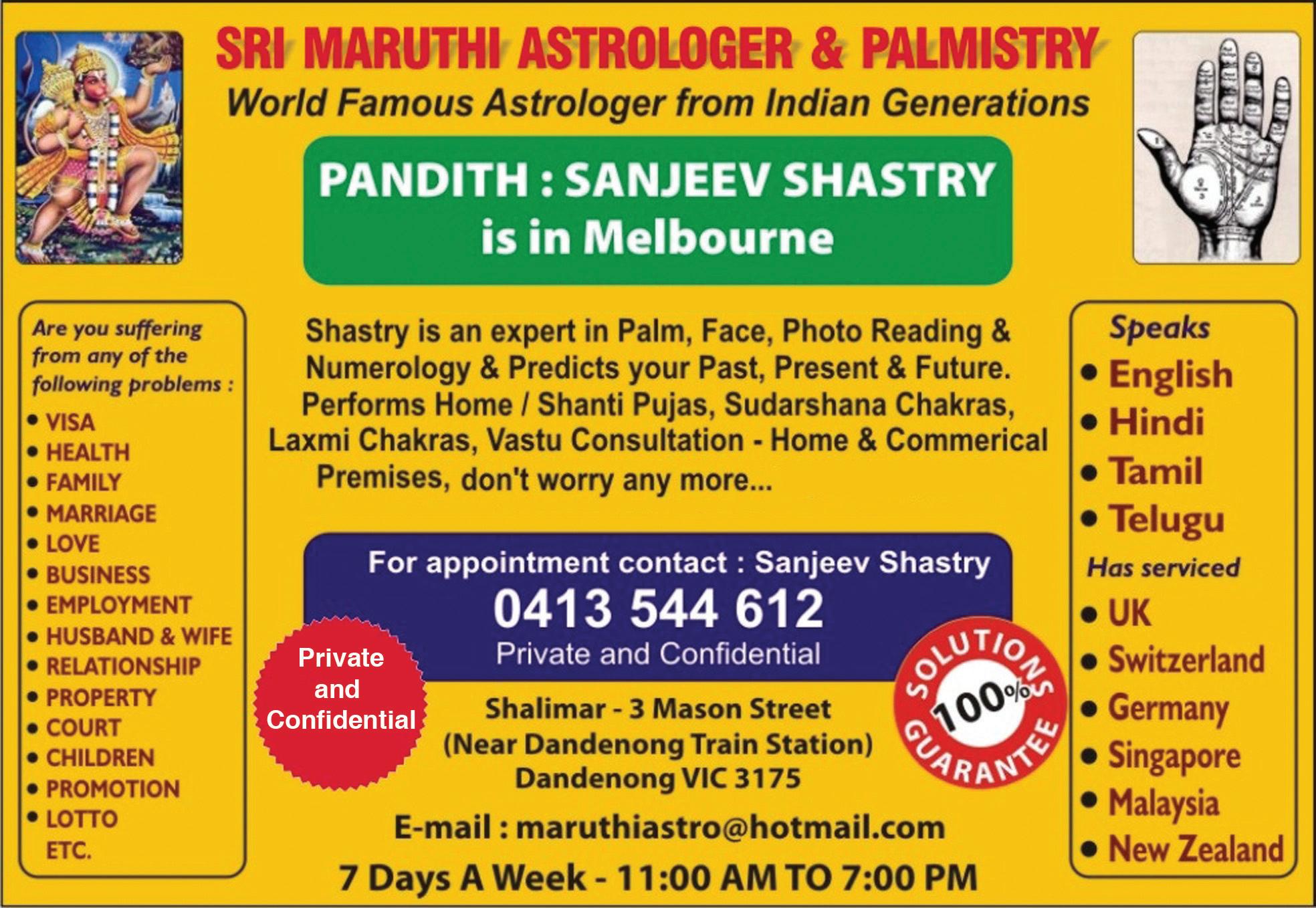
You can’t find a better location than this in the sought after Willetton area. This lovely family home is set on a massive 858sqm green title block. This most generous accommodation comprises of four spacious bedrooms plus a separate room that you could use as a 5th bedroom/teenage retreat or office, 2 bathrooms, formal lounge, open plan kitchen combined dining. There is a large laundry with lots of space ideal for a large family, spacious passage can be used as a study.
Outdoors you will find a huge sparkling swimming pool ideal for the children surrounded by reticulated gardens. The setting is perfect for the family. There is a bore on the property to save you money on watering. Double lock-up garage suitable for small cars.
This fantastic home is located within walking distance to Rossmoyne High School, transport facilities - close to Bull Creek train station, freeway and shopping centres.

This property has got the lot.
The Dandenong CBD is being revitalized by a $290 million State Government urban renewal project. Get in now and reap the benefits of what will be a massive growth in property values in this area.

• Centrally located only a short walk to station and adjacent to Little India.
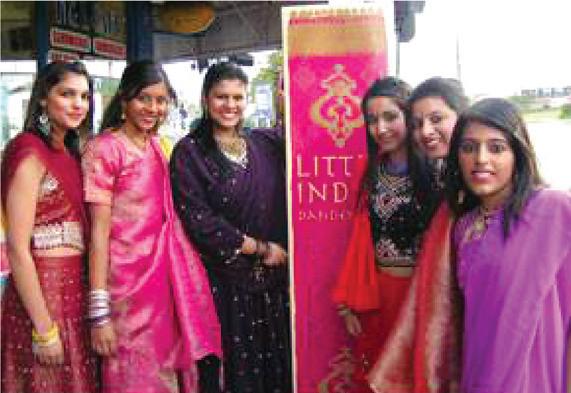


• Bus stops both directions at door
• Huge stamp duty savings
• Due for completion November, 2011
• Suit First Home Buyers, Owner Occupiers or Investors


• Invest using your superannuation.
• All apartments have quality finishes including stone bench tops in kitchens and bathrooms, stainless steel appliances and air conditioning.
• Mixture of courtyards and balconies.
• Finance options available.
Ring today to secure what will become the jewel in your property portfolio.
Call Sam now on 0407 726 269


 BY PETRA O’NEILL
BY PETRA O’NEILL
“You will feel 20 years younger,” he exclaimed, “And you will be happier too! You must! Tell yourself this; you deserve it! You are special! Have you not worked hard all your life? If you do not do it, madam, you will regret it.”

I never did buy that hand cream, made from whatever miracle substance is found at the bottom of the Dead Sea, but weeks later, the message from that persistent salesman in a popular shopping mall resonated within me.
Bound for Singapore from Penang in Malaysia, I was considering my options on how best to arrive there. Plane, bus, train… all were possibilities, but wait! I had a flashback to three years ago. It was while waiting to catch a train to Penang on the platform at Keppel Road Railway Station in Singapore that I noticed a procession of very well dressed people striding by, immaculate even, in pressed crisp linens. They walked determinedly, with a superior air, chests puffed and chins high, to board what is one of the most beautiful sights I have ever seen: the legendary Eastern & Oriental Express train bound for Bangkok!
Was I special? Absolutely! Did I deserve it? A resounding yes! I googled the website to find that the three-night leisurely journey from Bangkok to Singapore traipses down through Thailand and the Malay peninsula with specific stops, including Penang along the way. It was expensive to be sure. Still, I sheepishly inquired if it would be possible to savour the experience of this most wondrous journey.
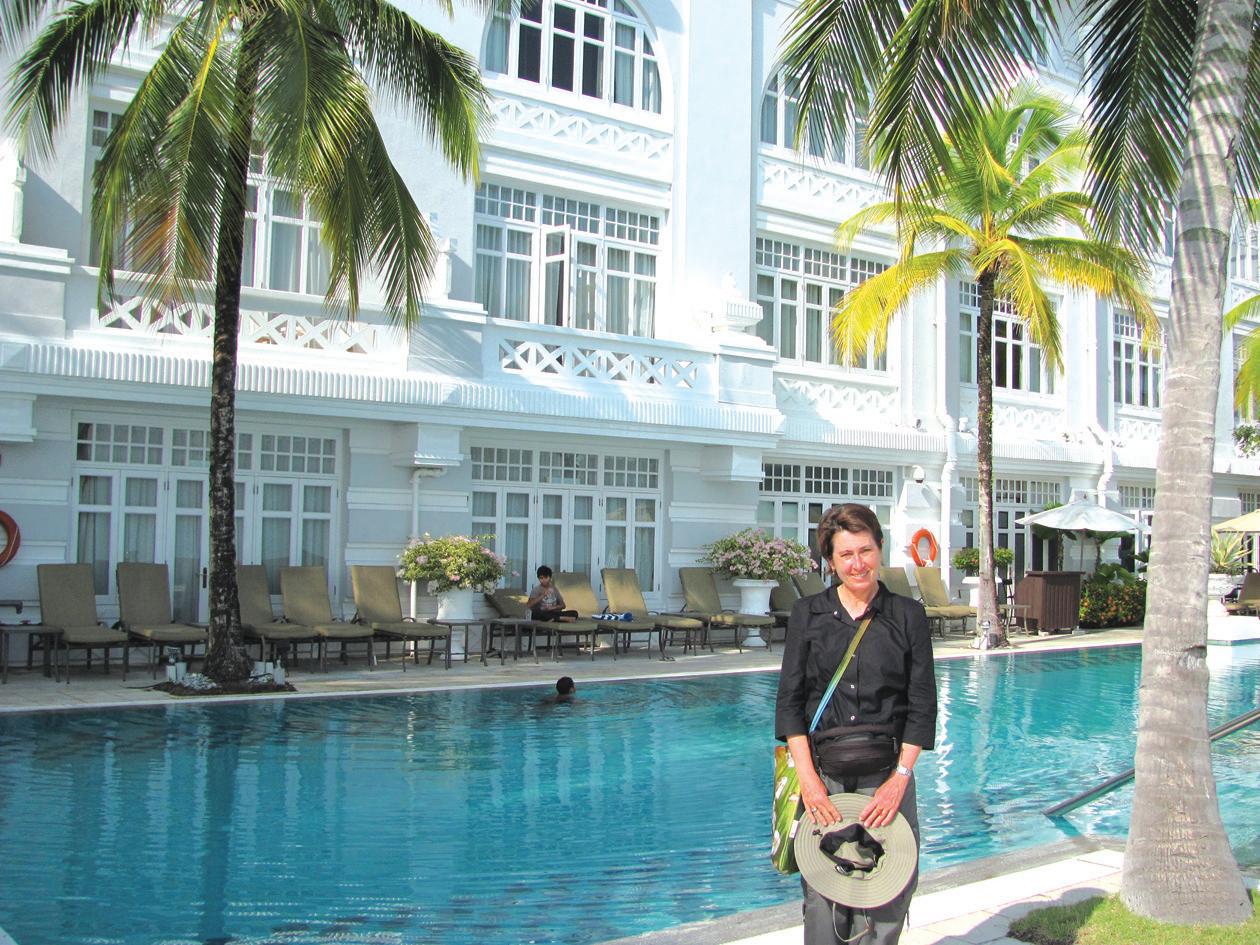
Unfortunately not, all the cabins were full! While the journey southbound commences in Bangkok, to my good luck, the unusual happened. A guest had to leave the train in Penang. This suited me perfectly and so it came to be that I experienced one night onboard the Eastern & Oriental Express. This train makes the historic journey in the same tradition as its more exotic sister, the Venice Simplon-Orient-Express.
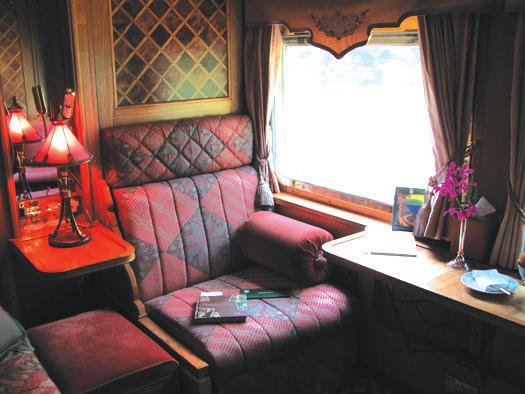

After three weeks of travelling, I failed miserably to achieve that immaculate look. My crumpled pants
of South East Asia, and my hat had gone quite floppy. While waiting at the Khoo Kongsi clan temple in Penang for the passengers to arrive, I got chatting to the trishaw drivers, and their captain, Ben. He showed me an adjoining clan house with a secret tunnel. The men were once notorious triad gangsters, he said, and had built a tunnel to access Khoo Kongsi. While I remain unsure of the historical accuracy, it was an interesting tale.
My fellow passengers arrived and we set off on a leisurely trishaw tour around the narrow World Heritage listed historic streets, a fusion of different communities, including Chinese, Indonesians, Indians, Armenians, Burmese and Malay. We cruised past temples, mosques and churches, cafes, guesthouses, restaurants and the shop houses of Little India, displaying colourful saris and spices for sale. We eventually arrived at the Eastern & Oriental Hotel, one of the grandest hotels in Asia built by the Sarkie Brothers, who also built the Strand and Raffles Hotels. Here we enjoyed a Pims by the poolside, before rejoining the train.
Welcomed by the Train Manager, Evelyn Kocsis and the wonderful crew who possess that very rare quality of making you feel as though they enjoy taking care of you, I was escorted to my cabin. As soon as I stepped inside, I was greeted by the scent of fresh flowers. The cabins are beautiful, with silk and damask furnishings, cherry wood and elm panelling, with German crystal glasses, a slender purple and white orchid in a silver vase, Bvlgari toiletries and a wide window to watch the passing scenery. Within minutes, afternoon tea was served. A delicious stillwarm apple crumble tart, a walnut slice and the finest loose leaf tea.


The train departed. I walked along the corridors to the Observation Car to see the jungle that was so close, one can touch it, and indeed, a few leaves brushed past my outstretched hand. As the jungle slipped by, bells clanged and stations faded. There is no journey experience that can compare to having this connection with the smells, sounds, colours, scenery and people who smile and wave as the train rolls on by Much of the railway line between Penang and Kuala Lumpur runs through the Malaysian state of Perak. The train passed through lush and varied tropical scenery, past the towns of Kuala Kangsar and Taiping, made wealthy by tinmining and the stunning Bukit Merah Lake, rubber and palm oil plantations. The Perak landscape is broken by dramatic limestone outcrops penetrated by caves, with Chinese and Indian temples built into their cliffs. As the sun began to set, I realised I only had ten minutes left to

A journey on board a legendary Eastern and Oriental Express train is one to be truly savoured, as it still retains its resplendent historic glory
There is a lounge and bar car where nightly entertainment is provided, and which becomes the social hub of the train
3

1. Enjoying a Pims poolside at the Eastern & Oriental Hotel, Penang

2. Khoo Khongsi clan temple in Penang
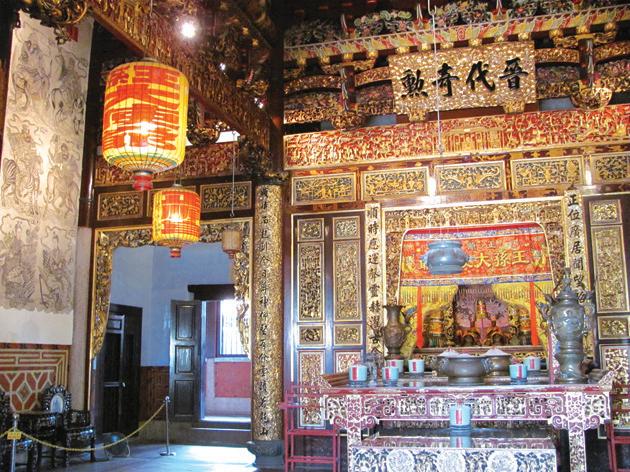
3. Lanterns on show in Chinatown, Singapore
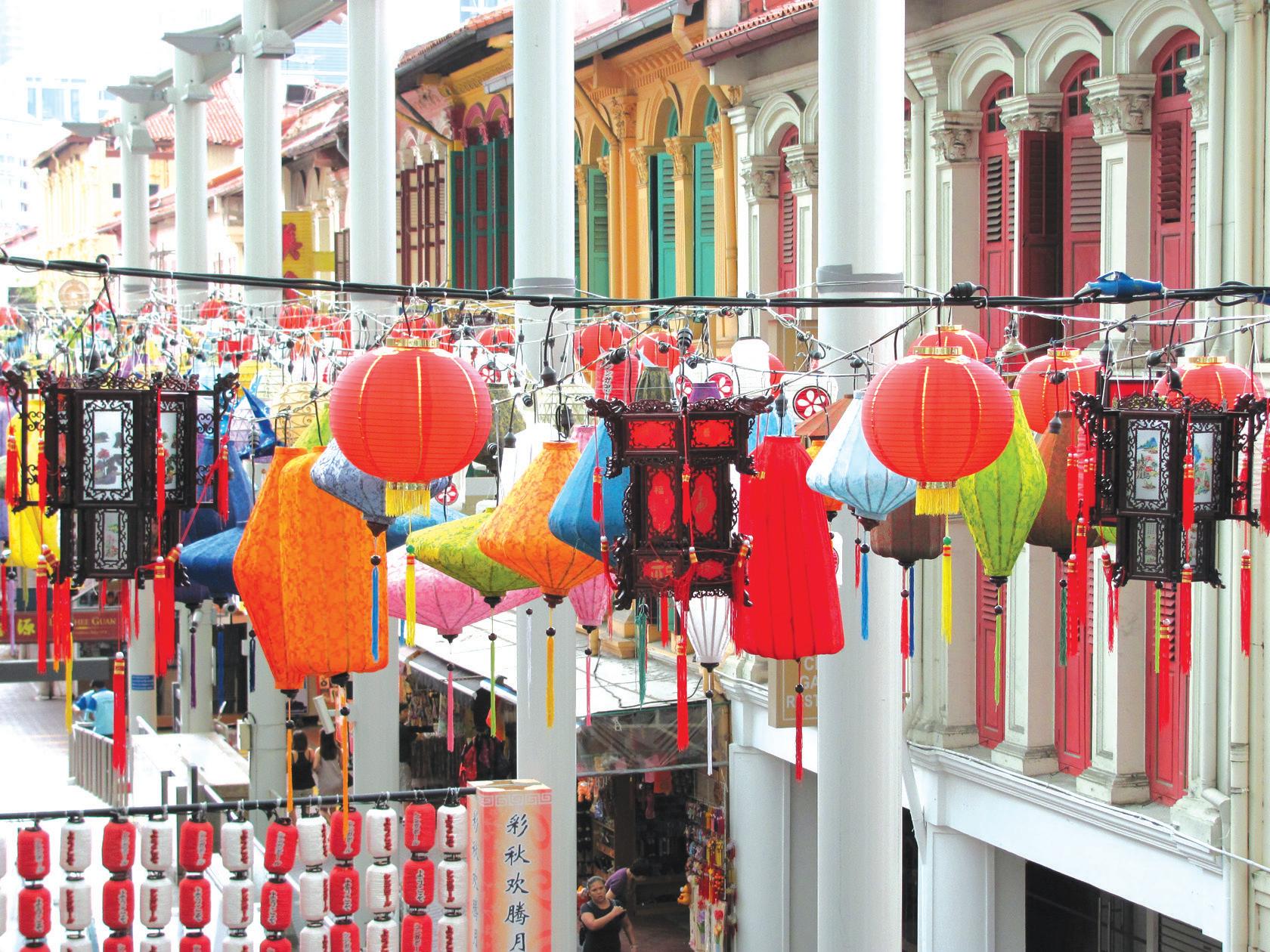
4. Onboard the Eastern & Oriental Express: The luxurious Dining Car

5. My beautifully appointed cabin
6. The Observation Car, with the jungle so close you can touch it
7. Dining car
8. Heading down the corridors towards the Observation Car

9. Saying goodbye
10. Trishaw driver, Penang
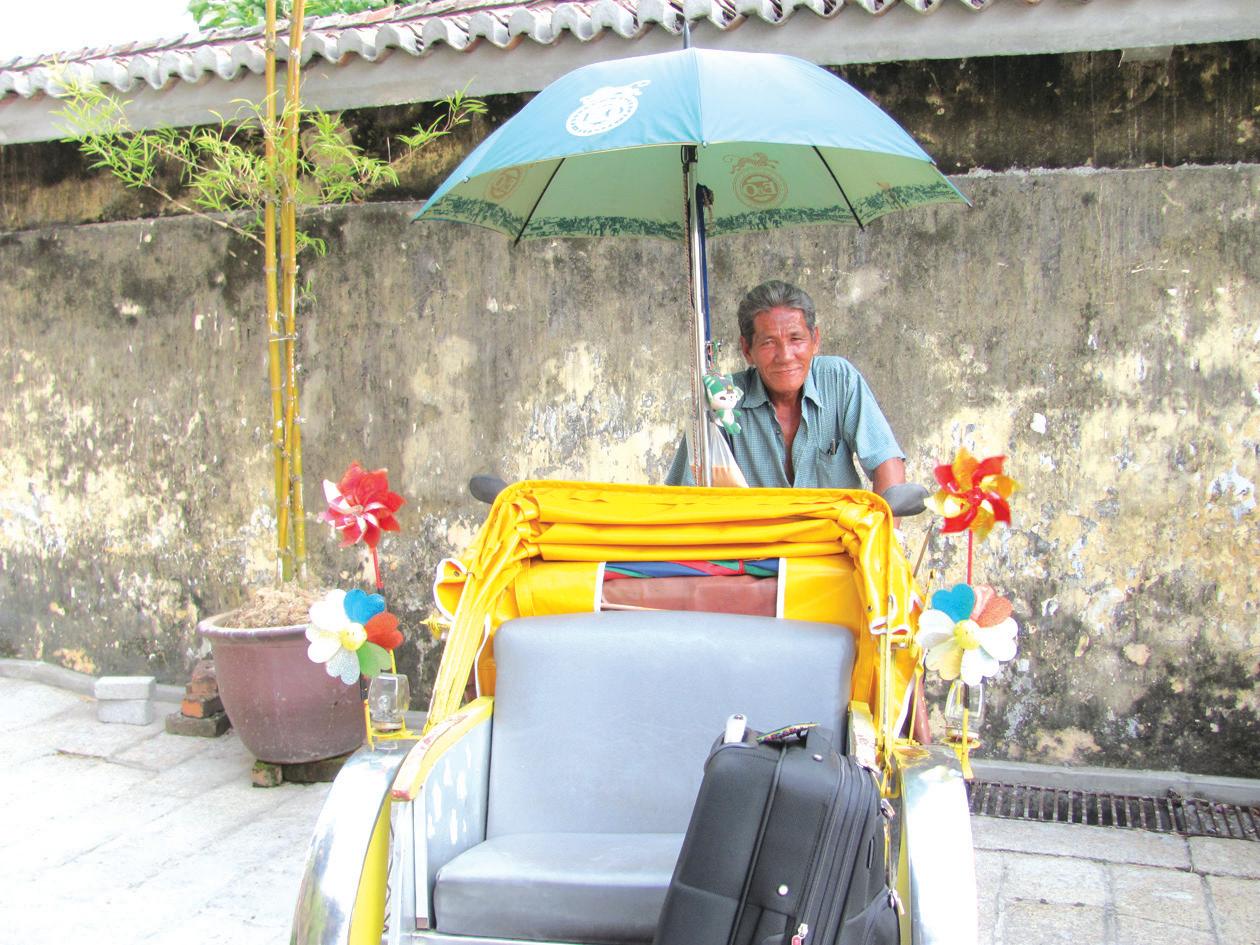
I was seated with two Germans, Wolfgang and Gunter, who discussed at great length, each course as it was served. The gazpacho entree, a vegetable soup, a Rendang curry. All the courses were wonderful.
What wine would I like? (All the staff knew me by name, no mean feat, as I’d just joined the train).
Please, could I have a Tiger beer? Certainly.
Perhaps beer would be better suited to the bar car, said Gunter, splendidly dressed in a silk bow tie and black velvet suit.
Did I want a lychee mousse, accompanied by fresh clotted cream for dessert?
Please, could I have a banana? The Germans sighed in unison. I had blundered badly and excused myself. I continued to explore the train. The library was well stocked with books on travel, history, architecture, art and design and lots of magazines. There is a lounge and bar car where nightly entertainment is provided, and which becomes the social hub of the train. There are three dining cars, lavishly decorated. As we passed through Kuala Lumpur with the Petronas Twin Towers lit up, I was already sound asleep.
The next morning, when I found out that the train was running an hour behind schedule, I rejoiced, for it meant another trip to the Observation Car to watch life go by. The Eastern & Oriental Express evokes the great age of luxury train travel and provides possibly the best journey experience you could ever have. Is it worth it? You bet!
Malaysia Airlines www.malaysiaairlines.com , Singapore Airlines www.singaporeair.com , Qantas www.qantas.com and Thai Airways International at www.thaiairways.com have direct or connecting flights to Kuala Lumpur, Singapore and Bangkok from Australia, and onwards to India.
You can combine your journey on the Eastern & Oriental Express with both pre and post accommodation in opulent surroundings at
South East Asia in greater depth. For those who can afford
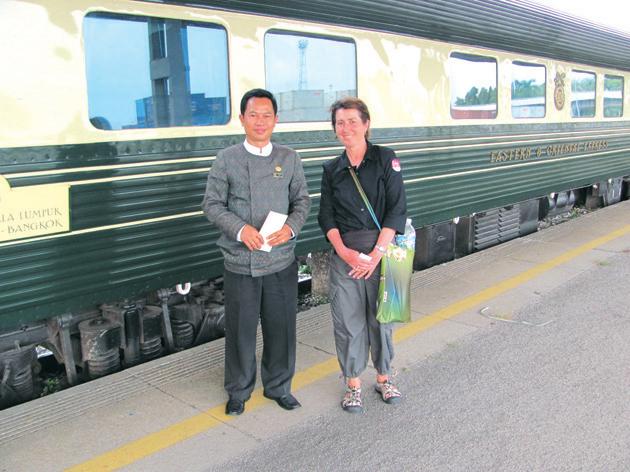
L ooking for a suitable match for Hindu boy, never married, handsome, 37 years, fair, 5’9”, non-smoker, non-drinker, vegetarian and working in IT in Sydney, A$100k. Seeking good-looking, nonsmoker, non-drinker, vegetarian Hindu girl, preferably settled in Australia. Send details and recent photos to alliance. matrimony73@gmail.com
Fiji Indian man, 35, uni graduate ( BA), 160 cm, fair complexion, looking for an Australian lady for marriage. Please email narendraraj41@yahoo.com or call 0439 835 278.
Match for Sydney-resident never married, 28 year old, slim, handsome, fair complexioned, Sood Punjabi boy, IT professional, 5’9”. Seeking Indian girl. Caste no bar, girl’s merit main consideration. Please call 0416 407 496.
Caring, youthful looking, slim, fit Hindu widower 51, Australian citizen, in professional government job, children living separately, seeks presentable lady (38-47), vegetarian, with strong family values. Caste no bar. Call 0416 099 177, genuine enquiries please.
30-year-old Punjabi Brahmin male, 6 feet, fair, handsome, double degree holder, Reigistered Nurse, Australian citizen living in Sydney, seeks suitable match of honest girl with good family
values. Caste no bar. Please reply with photo and details amit4012@hotmail.com or call 0431647402.
Seeking an alliance for Valmiki boy, 36, 5’8”, very well educated, LLB, MIB (AUS) government employee, Australian citizen. Parents are seeking a well educated, homely girl with traditional values. Caste no bar. Respond with photo and complete bio at valmikiboy@hotmail.com or call 0431 159 221.
Match for Melbourne-resident nevermarried Arora boy, self employed, earning good money, dob 30-08-1977, 5’5”, smart features, fair colour, open minded. Caste no bar. Girl’s merit main consideration. Respond with photo, education and professional details to email: sachdevasunil30@gmail.com or call 0401 408 211.
Correspondence invited from a wellto-do established young man aged between 31 to 36, for a charming, pretty Hindu girl of 32, working in India in an MNC as HR Manager, Bangalore India. Please contact with profile and recent photograph at 0423 749 793 or email sujayinmel@gmail.com, sanchi26@ gmail.com, or rjp5306@gmail.com
Seeking match for Maharashtrian girl 37, Homeopathic doctor BHMS, married briefly and divorced with no children, 5’2”, good looking girl, born and raised in India
with Indian values, from a very well-settled family in India. Ready to settle in Australia. Seeking professional, well-educated Hindu match with good family background, caste no bar. Contact 0409 005 320, or email: mrudula_msn@hotmail.com
Seeking a suitable match for Hindu lady, 53, 5’2”, young looking, very fair, living in Australia for 25 years, works in govt dept. Groom must be between 47-55, well qualified, non-smoker, occasional drinker and vegetarian. Contact sydaus@hotmail. com.au.
Dr. G. L Gupta settled in Australia since 1970 seeks match for granddaughter Meenakshi Gupta DOB 7th Nov 1986, 5’4”, fair with sharp features, from Hyderabad, India. Graduate in Commerce, PG Diploma in Banking and Finance from IFBI and worked in ICICI Bank. Coming to Sydney. Seeking Hindu (pref. Agarwal) professional match. Contact 0401 448 186 / 0404 833 750. E mail giri32@yahoo.com.au
34 year old girl, 5’7”, post graduate diploma in advertising, holding PR visa, seeks well-educated boy of wellsettled and educated family, with liberal and supportive values. She is sensitive and considerate to elders, warm and nurturing to all. She loves to socialize, going out for movies. Has a drive and wishes to be working professionally, with healthy balance between family and work. Please email profile and photo to smk3005@ hotmail.com
Wanted well-qualified, handsome, fair Punjabi Hindu boy, well-settled in Sydney, PR holder/Australian citizen, for a Punjabi Hindu girl, extremely beautiful, slim, very fair, 32 years, 5’3”, MBA (Australia), Australian citizen and a professional belonging to a high status, very well qualified business class family. The girl is an innocent divorcee with a brief marriage. She is a very loving, homely, caring, intelligent and bubbly with a perfect blend of traditional and modern values. She is born and brought up in India. We are God fearing, very well-respected, down to earth and sober family with a positive outlook towards life. Similar profiles preferred. Please send full profile with latest photos to email to.sweet@hotmail.com

Alliance invited for a good looking Tamil Christian girl (CSI Protestant), 28 years, 5’7”, engineering professional working for a European company at Chennai (currently in Holland). Seeks Christian professional of good family background. Contact details 0458 788 869 or email fredrick.samuel@gmail.com
Wellestablished Indian Hindu family from Fiji living permanently in Melbourne seek a professionally qualified boy with good career background for their daughter, 28+. Five feet tall, medium complexion, slim, attractive, Australian born, University graduate. Please send in absolute confidence your biodata, telephone number, recent photograph and email address to The Advertiser, PO Box 339, Naree Warren South, 3805.
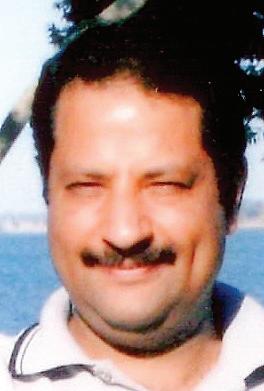
“It’s boiling hot here, I want a BLOODY drink. Yes, and I mean BLOODY!”
That was exactly what our Spanish chef Pedro said every summer afternoon in Delhi. We worked at the first Spanish restaurant in India, Las Meninas at The Park, New Delhi. The restaurant did very well in its time and also had the honour of hosting, among other dignitaries, King Juan Carlos of Spain.
The ‘bloody’ drink we drank was the Sangria, the perfect thirst quencher. We also sold litres of it everyday. Our summer average was 25 litres a day! Of course, Chef Pedro wouldn’t have any other than his own
authentic Spanish recipe - though he admitted that most regions in Spain would have a mildly different version!
The word Sangria is derived from ‘sangre’, Spanish for blood. ‘Sangria’ literally means ‘the bleeding’ to denote the blood red colour of the drink which derives its colour from red wine.

Sangria is a wine-based fruit punch with lemon and orange flavoured soda, juices of orange and lime, and garnished with diced oranges, lime, apples and maybe a few more seasonal fruits like peaches and pears. Any other recipe is simply an adulterated variation of the original. Well, that is how Chef Pedro defined it. And the fact that King Juan Carlos polished off three glasses of our concoction probably gives it the royal approval.
The procedure we adopted to make Sangria was simple.
To make a litre:
Dice all fruits: 1 medium sized orange, 1 apple, 1 lime or lemon.
Put the fruits into a pitcher, add 500 ml red wine
Add 60 ml fresh lime juice and 100 ml fresh orange juice, mildly muddle the whole lot. Chill in the fridge overnight - this gives time for the wine to blend with the fruits. Before serving, add 150 ml each of orange and lemon flavoured soda and ice cubes Serve in a wine goblet.
“Ole!” Pedro would exclaim in delight with each sip in the sweltering Delhi summer heat.
Sangria is very refreshing and is a great summer favourite. In restaurants and bars popular with tourists, it is served by the litre in pitchers. Served straight out of a punchbowl using a large wooden ladle, it can be a talking point at the start of your party.
Always use a light, unoaked, dry and cheap red wine for your sangria. The dry wine lends the acidic spice to the punch. Light and unoaked, as we wouldn’t want any strong tannins, and cheap, since we wouldn’t want to waste expensive wine!
There are many variations of the Sangria. Most variations simply try to add their own zing to the concoction. Some recipes add brandy, vodka and sweeteners like simple syrup or cheap local triple sec. However, I believe any major variation (addition of other alcoholic ingredients) to the original Sangria recipe will simply make it ineffective as a thirst quencher.
There are two variations that I particularly like.

For a litre
Pour 500 ml of red wine into a pitcher
Add 75 grams of crushed, mixed nuts (almonds, cashewnuts) and raisins
Refrigerate overnight.
Before serving, add 60 ml of homemade spiced syrup, stir well.
Top up with 500 ml ginger ale.
Garnish with a sprinkle of dried fruits. YUM.
For spiced syrup: Boil and dissolve 1 cup sugar in 1 cup of water. Add 2 cinnamon sticks, 1 star anise, 1 vanilla pod. Cool and strain.
Use a light fruit forward white wine - cheap, young Australian or NZ chardonnay. Make as our original Sangria recipe. Add four crushed leaves of mint to the pitcher. This is less spicy due to the lack of tannins, and is lighter.
Tinto de Verano is another similar drink in Spain. This is half red wine and half lemonade, served chilled. Literally translated, Tinto is ‘red’ and ‘Verano’ is summer – which translates to ‘red wine of summer’.
Another popular drink Calimocho is red wine with cola.
A group of Spanish tourists this summer introduced me to another version. Sparkling rose wine with fresh orange juice, simple syrup, fruit dices, fresh mint and a drop of grenadine syrup. This was simply divine. Whatever your variation of the Sangria, it will always make you say OLE !
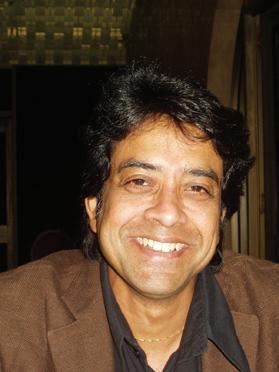
I first saw Bipin at my wife’s medical practice where I manned the front desk each afternoon. The job was very interesting, as it allowed me to be a curious fly on the wall, studying the sea of humanity that passed through the practice every day.
Bipin was a thin young man and dressed in very poor taste. He had a particularly uninteresting personality and his one remarkable (for want of a better word) feature was a very large mole under his right eye. He could hardly converse in English and I had to speak to him in Gujarati as he stood at the counter to fix an appointment. He had come in with a bad bout of flu and on that day there was an unusually long waiting list at the surgery. Bipin got into a conversation with an elderly Gujarati gentleman sitting next to him and from the bits and pieces that I inadvertently overheard, I surmised that Bipin was going through very hard times in Sydney and new government legislations allowed him to only just scrape a meager life in this new country.
When he came up to the desk to pay for the visit, my curiosity got the better of me and I asked him about what I had overheard. Bipin was obviously thirsting for eager ears, because he readily recounted his complete family history to me.
Bipin Patel had arrived here a year ago on a student’s visa. Born on the outskirts of a small town in India, he was raised in a lower middle-class household and grew up amidst wanton hardship, unending yearnings and incurable impoverishment. Driven by sheer need and ambition, Bipin’s father had educated Bipin at the local college and then sent him to Australia for further education. The downside was that to pay the fees for a small college in the backstreets of Sydney, Bipin’s father had to sell off his house and take a loan as well. Now
all Bipin wanted was to work, study, pay off his father’s loan and go back to his hometown with some extra money in his pocket.
I felt that his continuing struggle with the English language was only second to his struggle with life in Australia. His wife, who had travelled to Australia with him was unemployed, so Bipin worked long hours in three different jobs simply to run his house. His wife continuously looked for work without success. But in spite of all this, Bipin was excited because he had heard that the Australian government was about to open doors to students to apply for permanent residency. But I was quite taken aback with his plans for the future; he had an undying passion for India and his great dream of going back home to his small town in Gujarat with money saved in Australia.
Our next encounter was about a year later, a day that came with some uncharacteristic heavy downpour. I was immersed in some administrative work and I looked up when a shadow fell across the desk. It was Bipin, and he had a very broad smile on his face. He had two pieces of news for me. He had successfully acquired a PR for Australia, and had already applied for his wife’s PR permit. The other piece of news was even more exciting – they now had a baby boy! When I asked him about his plans for his family, he was quick to reply that he wanted his PR status and citizenship only because he wanted his child to be an Australian. He was adamant about his child settling down here and becoming what he termed as a “real Ozzie”. As for himself, Bipin clearly stated that he refused to improve his English language skills since he believed that it was a sheer waste of time, given that he would ultimately return back to his beloved homeland.
Five years must have gone by and I bumped into Bipin again, with his wife and young son. This time there was a distinct change in his attitude. I was quick to observe that while he spoke to his coy wife in a heavy guttural Indian
accent, he spoke very differently to his son. The change in his demeanor was subtle, but quite amazing.
Bipin tried talking to his son with a “real Ozzie” accent. Phrases like “Good on you mate!” and “Fair dinkum!” poured out in abandon. What was more remarkable was the fact that the child had an obvious Australian accent and was called ‘Bob’ by his parents! It was obvious that Bipin was trying very hard to pin the essential Australian personality on the child. When I mentioned this, Bipin (as always) had a very simple explanation. He did not want his son to be a ‘typical’ Indian.
“I was born in India and cannot be anything else but a true Indian. Bob needs to be a true Australian. He needs to talk like one, behave like one and live life the Australian way. I have made changes to my plans. Once Bob has settled down here after his studies, we will pack up and leave for good. Our town and our friends are still beckoning to us from India,” he said complacently.
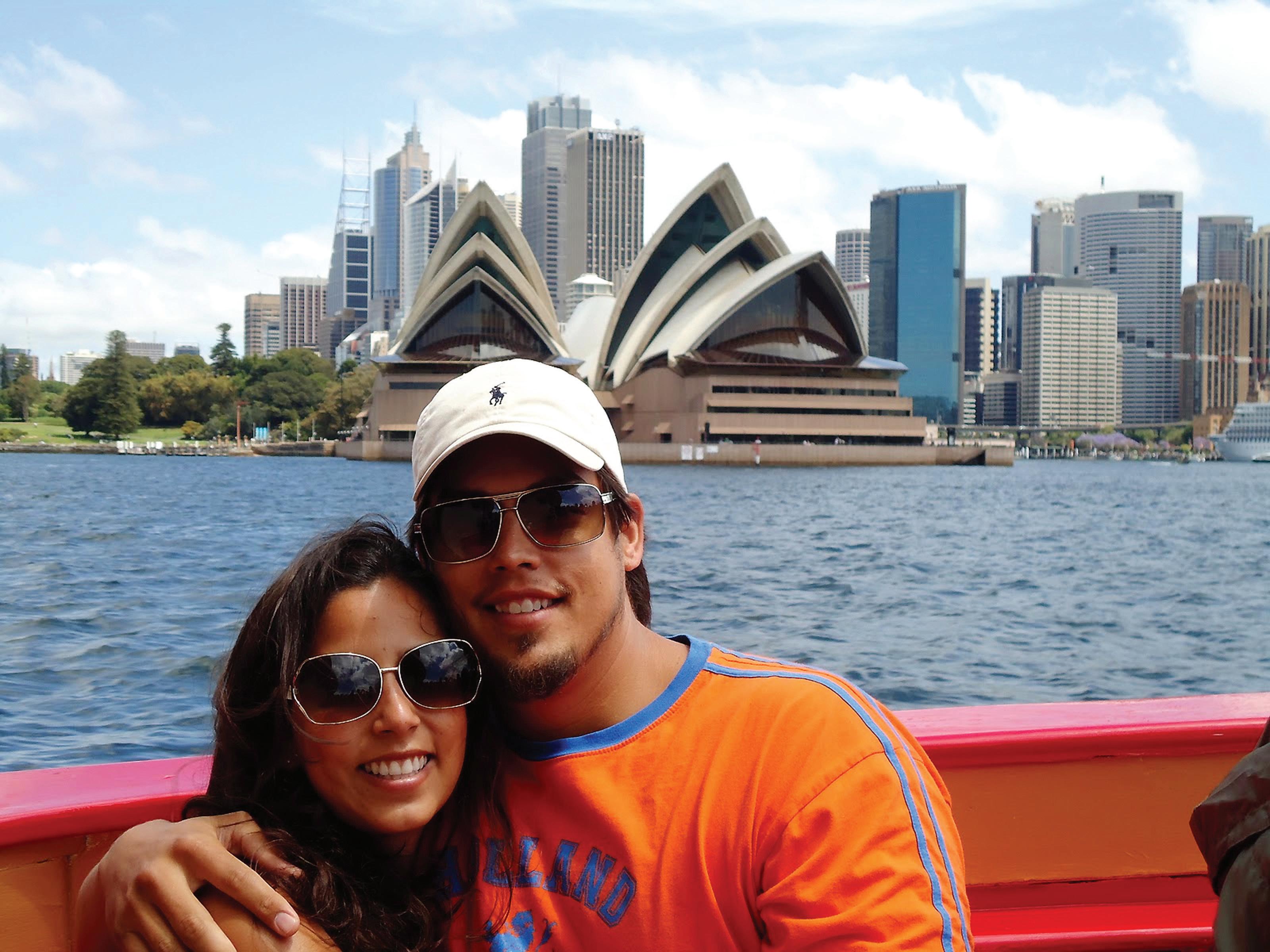
That was the last time I saw Bipin at the surgery and with the passing years, memories of him faded.
It was only by chance that I came upon recently at the local shopping centre. I was unlocking my car when I noticed someone standing in front of the one next to mine. I would not have known it was Bipin, save for his trademark mole under the eye. I caught his eye and it suddenly dawned upon me that it was Bipin. It was twenty years since our first encounter and the change in Bipin and his wife were dramatic, to say the least. His sense of fashion was obviously avant garde and his Australian accent was shockingly pronounced when he spoke to me.
“How are ya?” asked Bipin in what I thought was a distinctly nasal tone. “Been a while now. Would be over five years, I reckon.”
I gulped and was a little slow in responding, while trying to fathom the change in the man’s personality.
“Don’t you remember me?” he asked,
shutting the door of his Holden Commodore with a flourish. “I am Bipin. I used to come to your wife’s surgery. Gee! It’s been ages, I say!”
I smiled back. “Of course I remember you.”
We broke out into small talk about his family and life here. After a while, I could not contain my curiosity any longer.
“You have changed a lot, Bipin,” I said. “Your English accent, the way you dress… you are so different now!”
Bipin looked at me with a gleam in his eyes.
“We decided to stay back and make our future in Australia,” he said proudly. “It’s a great country and we wanted to be a part of this place. Be Australian in every way possible!”
“So,” I remarked. “After all, your original plans did change.”
“Yes,” replied Bipin with a faraway look in his eyes. “Opinions and beliefs change with time, I reckon. After twenty years in Australia, I felt like an alien during my last visit to India. Times have changed, and so have the people and their priorities in life.”
“Well, that’s life, I guess,” I replied. “And what about your son? If you have changed so much, I suspect your son would now be a true blue Aussie!”
Bipin stared at me for a few moments. When he spoke there was a remote look in his eyes.
I was quick to observe that while he spoke to his coy wife in a heavy guttural Indian accent, he spoke very differently to his son. The change in his demeanor was subtle, but quite amazing.
“There has been a strange turn of events in our life,” he mused. “Although we tried to instill true Australian values and the lifestyle in him, Bob could never adjust to life here. He was always keen on the Indian way of life. Last year during our trip to India, he fell in love with the country. In fact, he also fell in love and married a small town girl there. Since then, Bob has moved to India for good!”
Life never goes the way you plan it, there are always a series of events which could change your destiny
 BY GEORGE THAKUR
BY GEORGE THAKUR
“Now,” said the priest, looking around at the parishioners attending the wedding of John and Susan. “If anyone here knows a reasonable cause why this man and this woman should not be united in holy matrimony, speak now or hold your peace forever.”
“I know a reasonable cause, Padre,” said a clear and determined voice from the benches at the far end of the church. The priest looked over at a woman who was standing up with a hand raised. After a moment’s silence, a furore erupted as everyone in attendance turned to the accuser.
“Last year, the groom who is also your son, Padre, made my teenage daughter pregnant, as you well know,” she protested. “You also know that when we asked him to do the honourable thing and marry her, your family quietly left town with him.”
Photographs published presented Mrs. Dundlow making her accusation, the priest humiliated, and the aggrieved bride in emotional tatters.
“John! Do you know that woman?” asked Susan, bewildered and in tears. Her mind was a blur, and she could see her world shattered, her reputation a heap of trash.
“Is it true that you abused her daughter and then ran away like a coward, rather than do the right thing?” cried Susan, accusingly.
Everyone watched as the priest walked all the way to the woman. “Please, Mrs. Dundlow,” they heard him plead, “this accusation will ruin John’s life and my reputation…”
“What a hypocrite you are, Padre!” said the woman scornfully. “How sinful is your concern in your son’s future and your own reputation, that the future and reputation of an abused teenager girl means nothing to you!” The whole congregation was aghast as Mrs. Dundlow said with firm clarity, “No! I will not shirk from presenting the truth.”
* * *
The ceremony was evidently ruined and the church emptied in a matter of minutes. Tabloids published special editions of the debacle, using appropriate and yet cruel, words. Photographs published presented Mrs. Dundlow making her accusation, the priest humiliated, and the aggrieved bride in emotional tatters.

* * *
A year later, now living in another town, John answered a knock on his door. “Hello,

John!” said Susan, a smile of remorse hovering over her face. Surprised, John invited her in. She didn’t sit down but said abruptly, “Last week your father was placed in a mental asylum.” John said nothing but sat down abruptly, burying his head in his palms. “But before that,” Susan continued, “he asked me to come over and told me
“I knew all along that you were a good man, John,” she continued, “what I now know is that you are also a good son who quietly accepted to lose everything to protect his father’s reputation!”
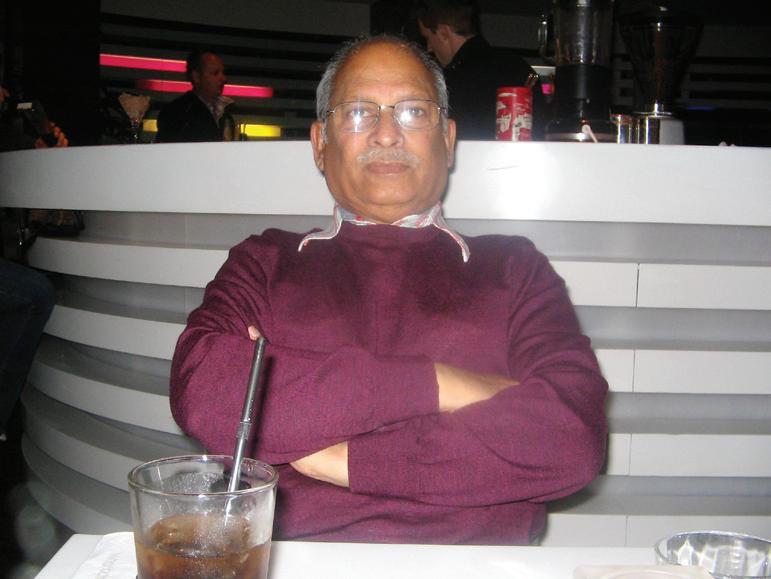
It was the ultimate sacrifice of a life of happiness, which underlined a rare and loyal familial devotionthe whole truth about Mrs. Dundlow’s daughter.”
Sant Mat is a practical spiritual path based on meditation, ethical living, service to others & love for all creation. Its goal is to enable the soul to return & merge into its source; the purpose of human life described by mystics of all traditions. Discipline & dedication are essential, as is the help of a competent living master. Entry is via a preparation program. There is no charge at any stage.



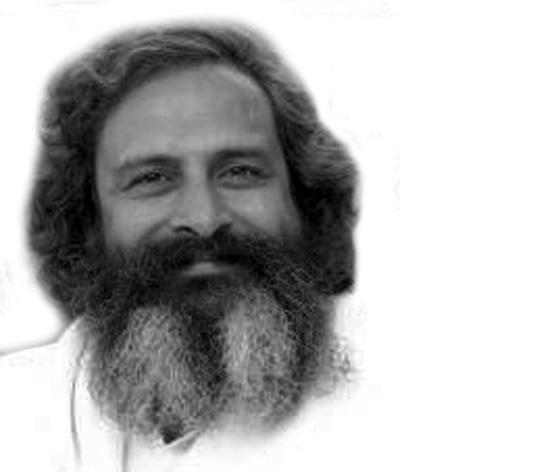
ARIES March 21 - April 19


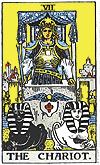
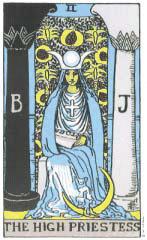


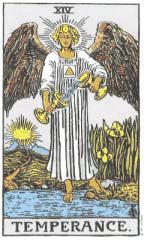
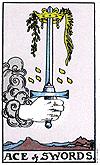


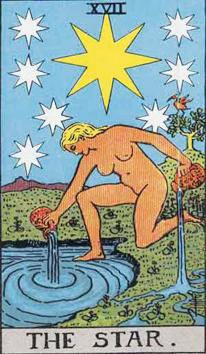

LIBRA September 23 - October 22
This month you are ready to make a fresh start. Your ambitions are high and you are keen to get going with work. There will be good news relating to contracts and contacts. Make the most of the opportunities presented to you. Still, try not to feel overconfident. Also, be careful when work and play are in excess as you may find your health is compromised. There could be worries about the health of a family member.
TAURUS April 20 - May 20
Your focus this month will be on reaping benefits that you felt you missed out on last year. You may look for other ways of bringing in finances. You will be able to turn anything into gold, so do your best with every opportunity that comes by. The cards are showing that a new direction could catch your eye and that you will be willing to take risks. Go for it this month: do not hesitate to do things you were previously unsure about.
GEMINI May 21 - June 20
This month the cards are indicating a lot of energy in both your love life and professional life. You might have a tendency to feel pressure over finances but there will be no need to panic as you will sort things out. This month is going to be a very significant one for a particular decision which is long overdue. Once you make this decision there should be no turning back. Give yourself a goal and work towards achieving it.
CANCER June 21 - July 22
You are going to feel as though your whole system has been given a spring clean this month. You will feel clearer and more focused about what you want out of life. You will also be looking at those who are around you and making new contacts. There could be some influence around you from events that took place late last year. There are new beginnings too, and an indication of a new job and/or more money. Take extra care while driving.
The start of the year may be frustrating for you due to unexpected arguments with colleagues or family. This is a time when you will be considering which of two paths to follow. Take your time as your hard work will pay off even if it is mental planning. Young children may be difficult around mid January. If you are in a relationship you will not appreciate boundaries imposed on you by your partner. Make time to discuss matters.
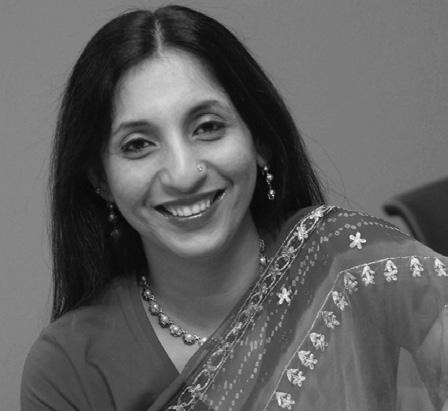
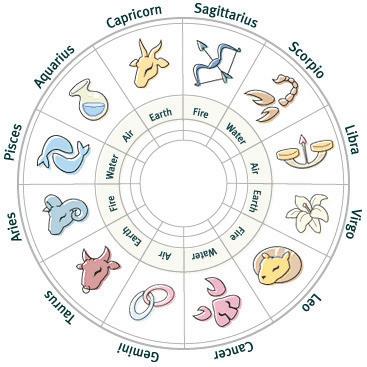
For you, the year has definitely begun with a bang. There is an emphasis around creativity and self expression. There are strong indications that you can profit from a business that you decide to start from home. There is also a need to forget the past and start this year with a clean slate. There are issues around your past that still upset you, but you have gone through your lessons and have learnt well. You may think of home improvements or redecorating the house.
You have started the year with a lot of organising to be done: you have been preparing yourself for a complete overhaul in certain areas of your life. You may be asked to give advice and act as a support system to someone around you. You may still be exhausted from last year but you will start feeling a lot better as the cards indicate a fresh new approach. You will start taking time out to relax which you do not often do.
SCORPIO October 23 - November 21
The new year is going to be fantastic for you. You will leave the events of 2010 truly behind and move forward with confidence, love and joy. The focus this month is communication. Your work will be busy and there will be new challenges to meet which will keep your mind occupied, which is what you need. The cards indicate that you may have been obsessed with a certain idea last year but now you can create new thoughts and affirmations for yourself.
SAGITTARIUS November 22 - December 21
2011 has started with a lot of energetic influences around your finances which means that you will feel happier in that department than you have for a while now. The universe is offering you a new source of income. It is a time for you to start being more positive and accepting as it is indicated here that at times you can get a little negative in your thought patterns, which causes things that are coming to you to be pushed away.
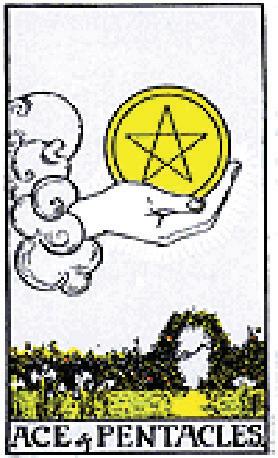
CAPRICORN December 22 - January 19
This is a very powerful year for you: it is time to sit up and make some major changes. You will be able to make huge changes in any area of your life. You need to let go of anything or anyone who has been dragging you down. Time to make some major decisions and take back control of your life. The solar eclipse is in your sign and it is time for a good shake up: anything that is not working needs to be discarded for good.
AQUARIUS January 20 - February 18
Your curiosity is going to be running wild this month, as you delve into spirituality on a deep level. You will be drawn towards all things esoteric and will look into meditation, yoga and other spiritual matters. This is going to help you greatly in your life as your intuition is at its strongest right now. This will enable you to use your judgment in every area of your life, which is now on the up where self development is concerned.
PISCES
February 19 - March 20
You seem to be on a real social high this month: you are popular and want to be involved in all activities. You have decided not to sit at home this year but be out and about. This will do you good as you will be noticed and a romantic liaison could result. There are some major decisions coming up for you: a new job, a new home, a new hobby. Your charm will attract someone who will impact your life in a positive way.


ABHILASHA SENGUPTA brings us up-to-date on what’s hot and happening in Bollywood
They called her the ‘new generation’s Preity Zinta’. But has she lived up to the mark?
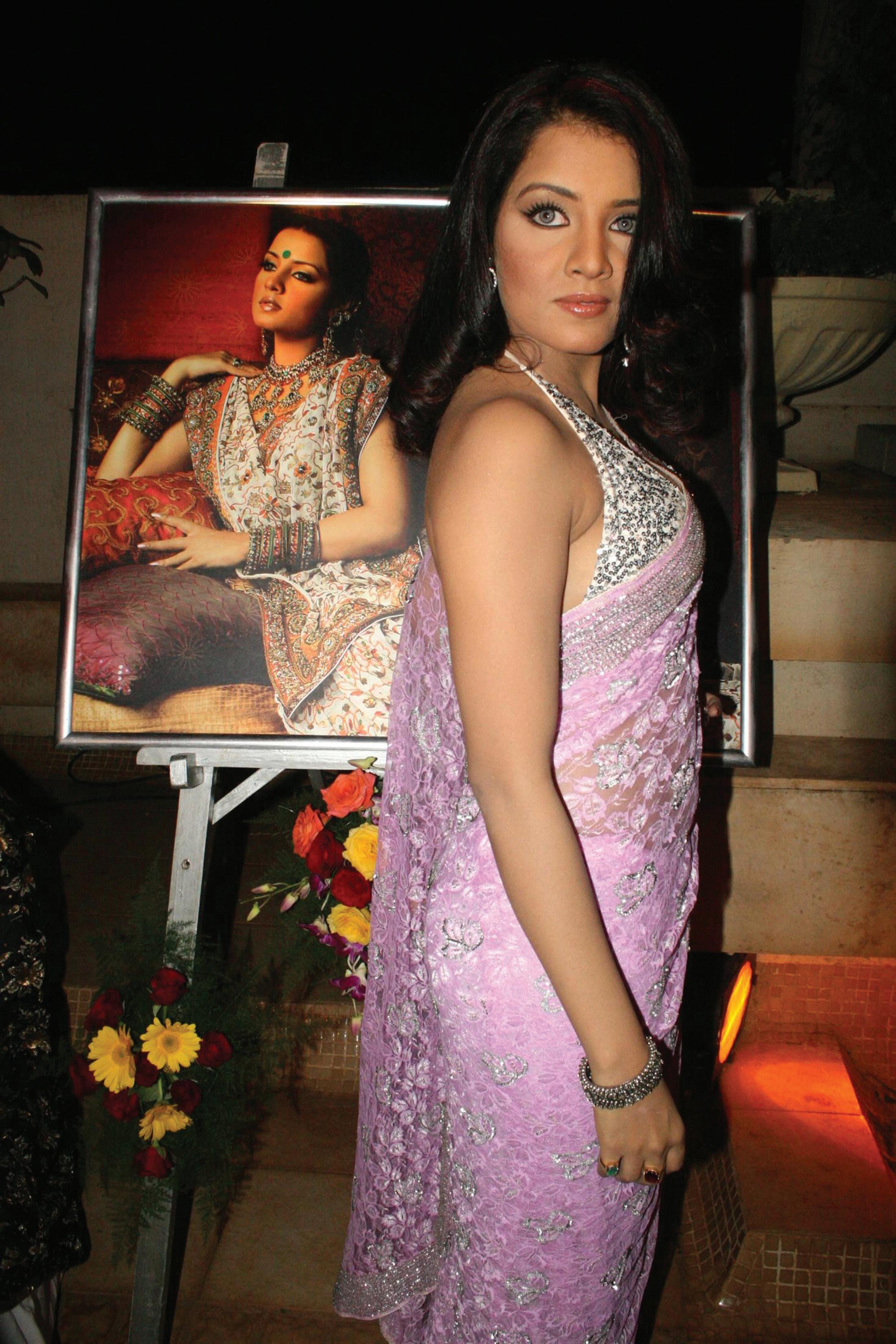
(Find the answer under Caption Contest)
Celina Jaitley is ready to take the plunge with her Dubai-based hotelier beau Peter Haag.

And where else would the wedding be but in Egypt, for which Celina is a tourism ambassador?
But she is in no hurry.
“I want to give it a year,” says the former Miss India. “Right now, I’ve got to finish my work commitments – movies as well as endorsements”.
She adds, “Peter is not comfortable with the media glare”.
Well, he’ll just have to get used to it, won’t he?
Celina and Peter Haag, who is Austrian by nationality, exchanged rings at a very private ceremony last year.
“Yes, Peter and I got engaged during Durga Puja, with only my family present. It was an auspicious time and we had my parents’ blessings”.
The wedding is being planned towards the end of the year.
So we’ve had a few sporty movies recently, in which the thematic backdrop has been cricket, hockey, football, even car-racing. But swimming? Well, watch out for Asahiqui.in, a typical rom com where new actor Ishaan Manhaas tries out the chocolate-hero look. Except he plays the college swimming champ…. Apparently Ishaan is a real-life swimming champ, having won medals galore as a student at Delhi University.
Of course this year we’re going to see the trend of our real sport stars moving onto the silver screen. Tennis ace Leander Paes has announced he has signed no less than four Hindi films, starting off with Rajdhani Express
opposite Amisha Patel. Currently, he’s brushing up those acting skills at Anupam Kher’s acting institute.
But first, Ishann Manhaas’s Aashiqui.in, which releases this month.
He may be better known as Chatur from the blockbuster 3 Idiots but Indian American Omi Vaidya, who steered away from being typecast, is ready to move on with a more “challenging” role in the forthcoming comedy Dil Toh Baccha Hai Ji
“After 3 Idiots, I wanted to be very careful. I was getting offers, but most of them were
roles that were very similar to Chatur. I didn’t want do those. I wanted to take up something new,” Omi says.
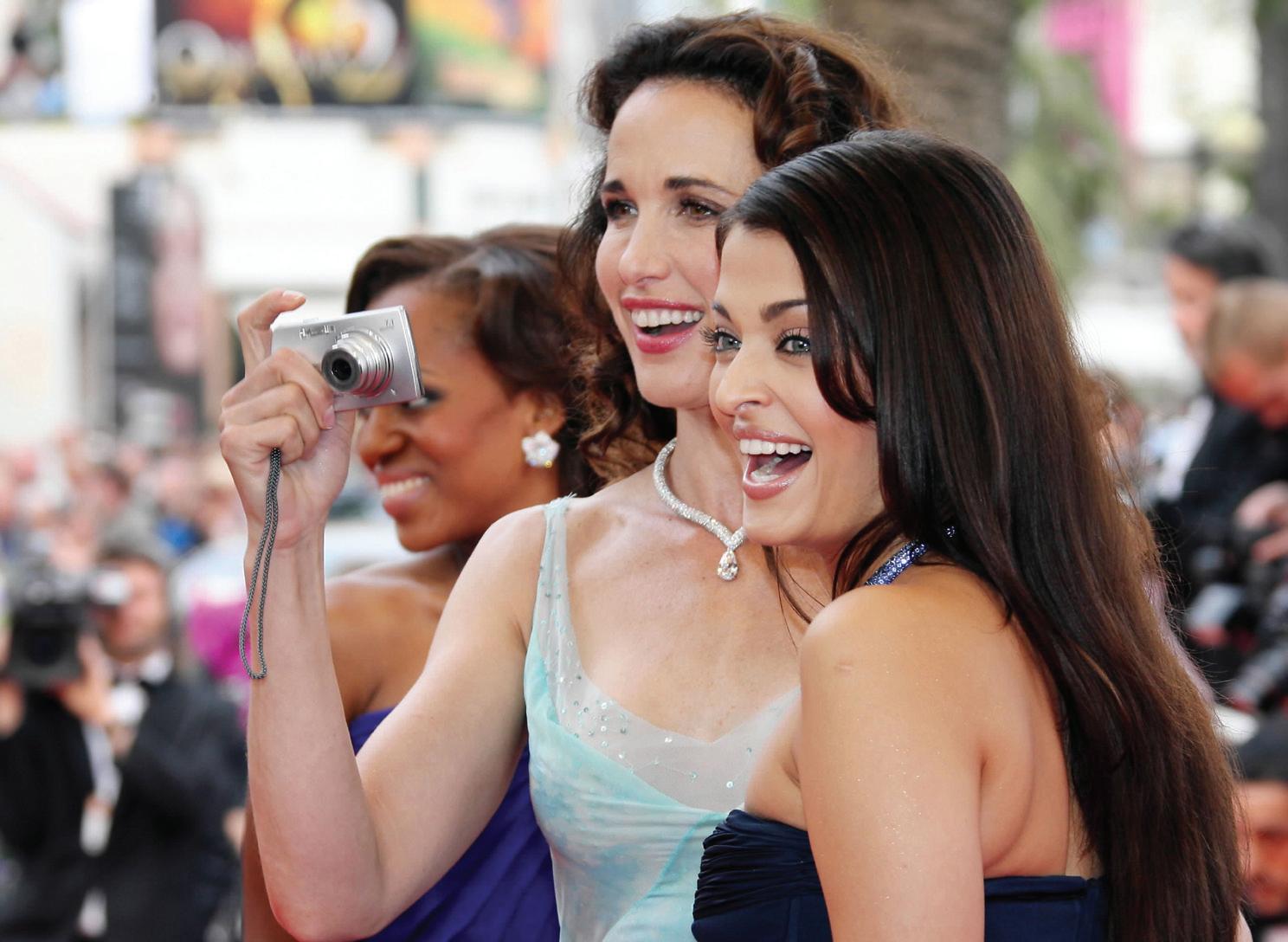
“Then Madhur Bhandarkar offered me this role, which was quite different. Initially I was scared because my Hindi is still not very good, but he assured me that I would be able to do it. This role was more difficult to do because I had to play a Maharashtrian, who has no accent... so that was quite challenging. But it was fun”.
The film releases Jan 28.
The 28-year-old did a television stint as the host of STAR Plus’ singing reality show Chhote Ustad after his big success on the silver screen.
Omi, who grew up in California, started acting when he was six. He has to his credit American shows like Arrested Development, E-mail Surveillance and Fun Run.
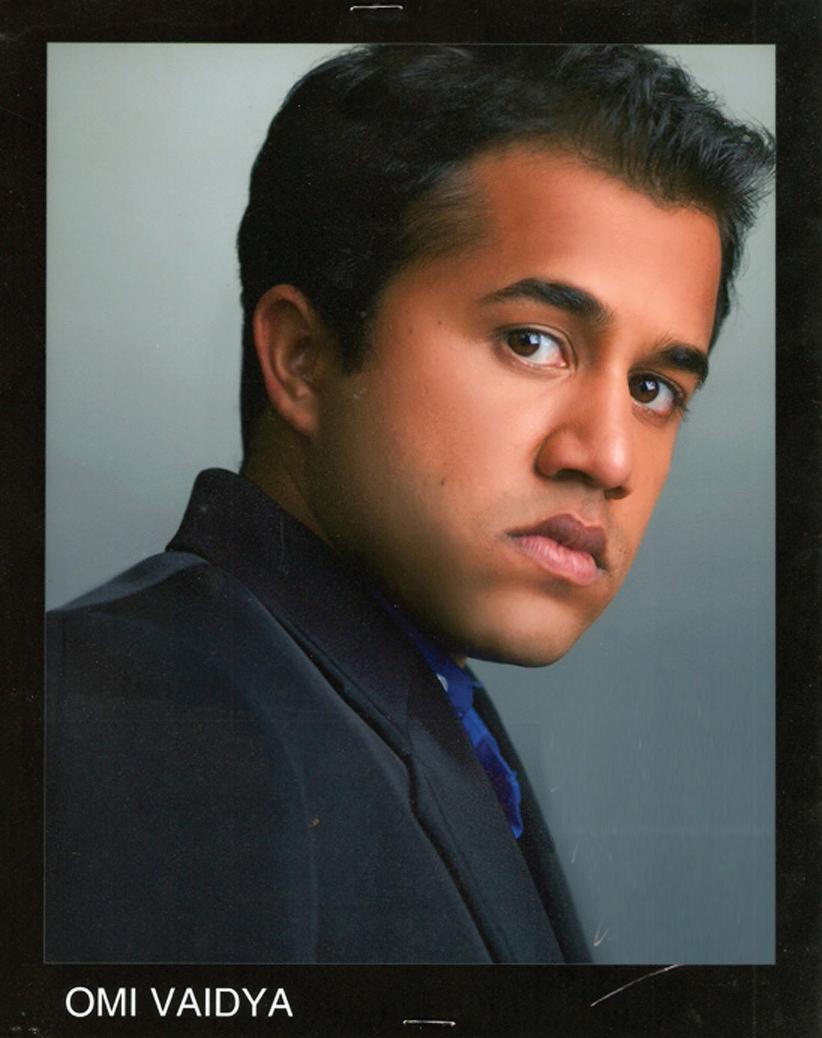
His big ticket to Bollywood came with director Rajkumar Hirani’s super hit movie Idiots
Dil Toh Baccha Hai Ji, Omi’s second release and Bhandarkar’s first comedy, also stars Ajay Devgn, Emraan Hashmi, Shruti Haasan, Shraddha Das and Shahzan Padamsee. The film is about three guys and their encounters with love.
The actor will also be seen feature in Reema Kagti’s next directorial venture that has Aamir Khan in the lead role. He is also a part of the Abbas-Mustan multi-starrer Players and Rohit Dhawan’s Desi Boyz
the face of L’Oreal Paris,” said an official statement from the
that this is absolutely untrue and that Ms. Aishwarya Rai Bachchan continues to be our valued spokesperson, as she has since 2000. While she remains an L’Oreal Paris world wide Dream Team, she was unfortunately unavailable commercial shoot due to prior commitments. She is one of the most iconic women of our times and is certainly the face of L’Oreal Paris internationally and in India for a range of products which include campaigns for Total Repair 5, Excellence Crème, Color Riche, Hydrafresh,” the statement added.
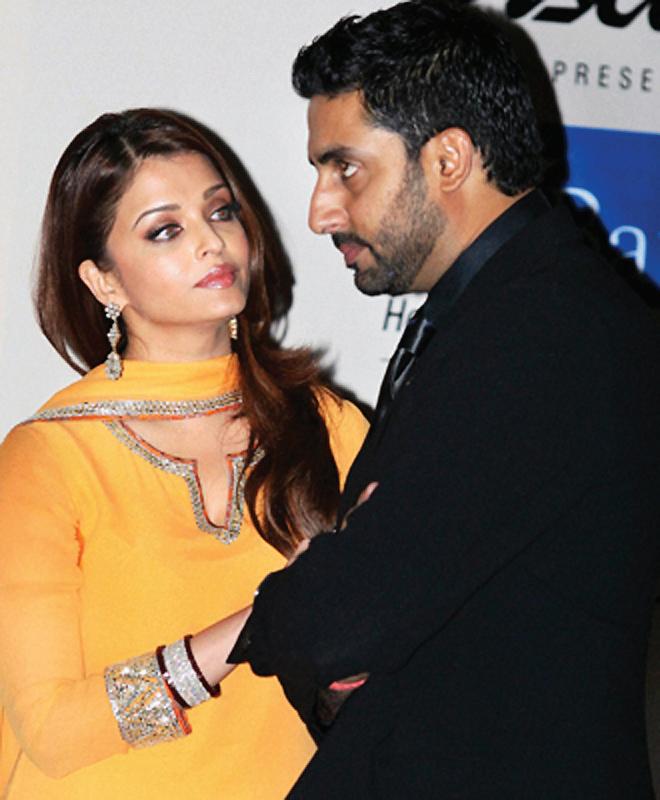

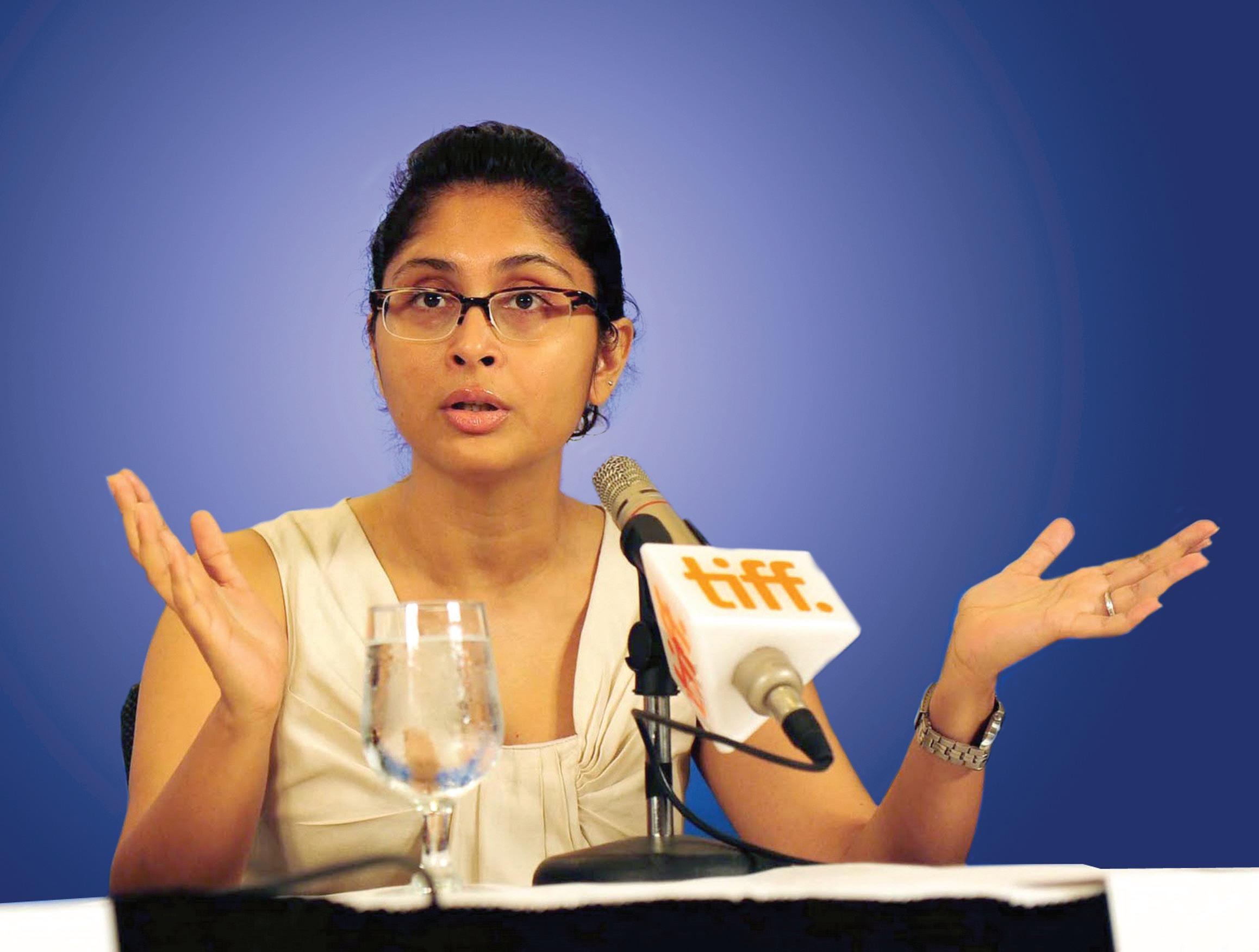
Kolkata girl Kiran Rao, who moved to Mumbai after finishing her masters in mass communication from Delhi’s Jamia and found both love and a career, says her directorial debut Dhobi Ghat is her personal tribute to the city of dreams.
Abhishek?
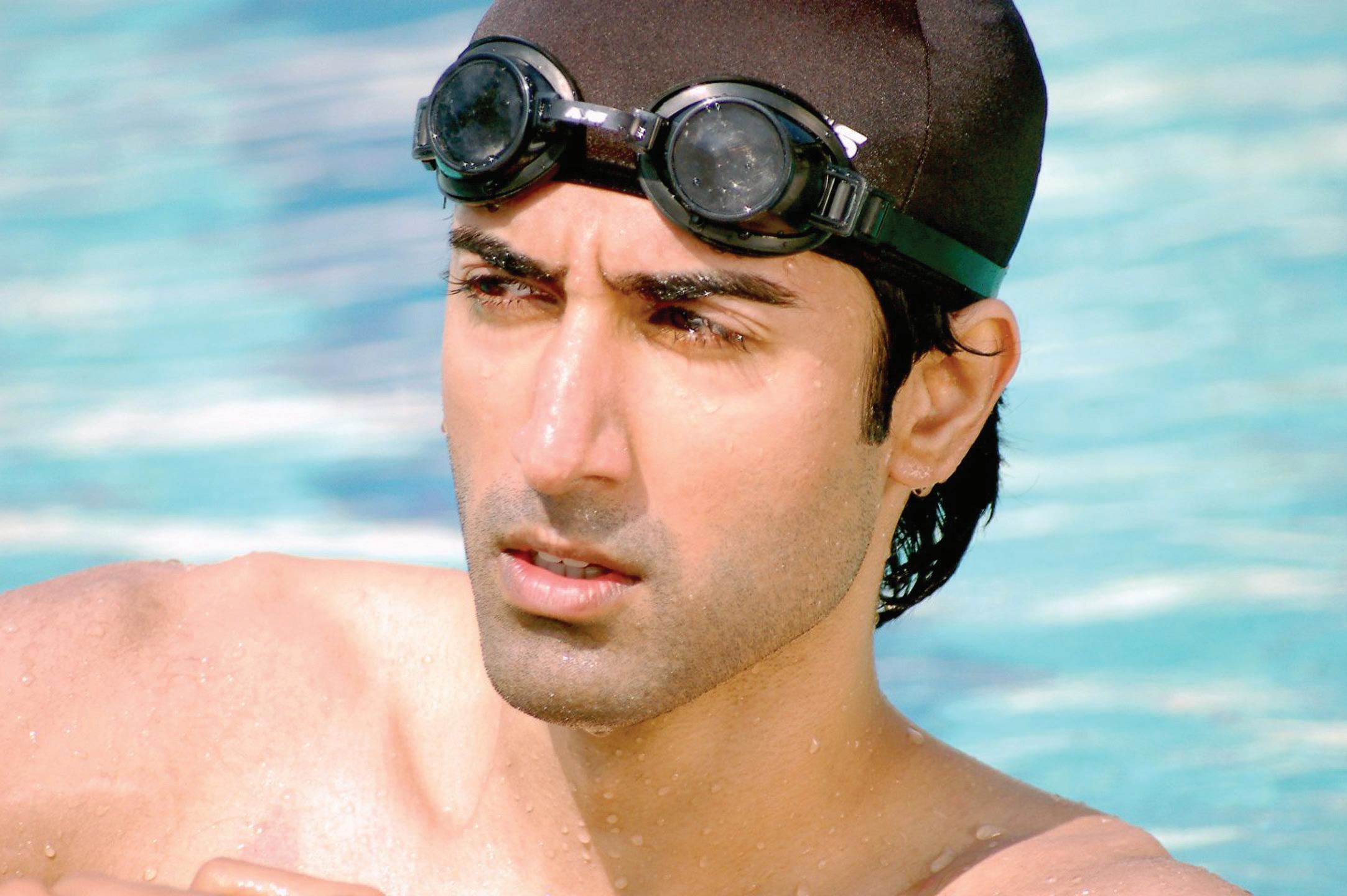
“You’ll just have to face the truth, Abhi, you’re a hopeless actor.”
Ramesh Bhargava, Strathfield North NSW
Ramesh wins a free ticket to new release No one Killed Jessica Some other good ones:
Ash: “If we have more holidays you can talk out loud rather than whispering in front of the press”.
Parul Aggarwal
Ash: Bina kaam ke, rozi-roti kaise chalegi?
Abhishek: Pa hain na kamane ko… Geetika Jain
PUBLISHER
Pawan Luthra EDITOR Rajni Anand Luthra ASSISTANT EDITOR Sheryl DixitMELBOURNE
JabbalPreeti
CONTRIBUTORS
Jyoti Shankar, Ritam Mitra, Sai Narayan, Gaurav Pandey, Mamata Salakapurapu, Noel G deSouza, Tanveer Ahmed, Roy Lange, Madhuchanda Das, Nima Menon, Geeta Khurana, Petra O’Neill, George Thakur, Akriti Goel, Malli Iyer, Nancy Sood.
ADVERTISING MANAGER
Vivek Trivedi
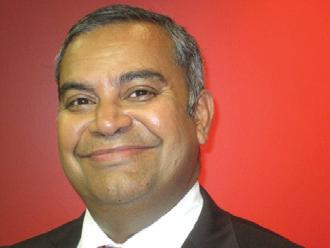
02 9262 1766
ADVERTISING ASSISTANT
Priti Sharma
02 9279 2004
GRAPHIC DESIGN AND LAYOUT
Kaye Martin
Indian Link is a fortnightly newspaper published in English. No material, including advertisements designed by Indian Link, maybe reproduced in part or in whole without the written consent of the editor. Opinions carried in Indian Link are those of the writers and not necessarily endorsed by Indian Link. All correspondence should be addressed to
Indian Link
Level 24/44 Market St, Sydney 2000 or GPO Box 108, Sydney 2001
Ph: 02 9279-2004 Fax: 02 9279-2005

Email: info@indianlink.com.au
The dichotomy that is India continues to amaze. It is a country of extremes, not only in weather and climate, food and culture, clothing and languages, but also in lifestyles and attitudes. It is a country which has just concluded its annual display of sporting wealth; the vulgarity of money on public display while the aam janta battles with food inflation at 18.32%.
This same aam janta which has been reading front page stories of corruption in India - whether the $39 billion 2G scam or the Commonwealth Games allegations of corruption amounting to similar billions - it seems to be a free-for-all in this rarefied atmosphere of corruption.
Food inflation in India has recently been recorded at 18.32% with onions selling at AUD 2 per kilo (82% dearer on an annual basis).
Eggs, meat and fish are costlier by 20.83%; fruit and milk by over 19%. Do put this in context of per capita income of Indians of AUD 2 per day. (Per capita income means income of each Indian is evenly divided among the country’s population of 117 crores).
This increase in food prices will feed into India’s inflation rate which is now in the vicinity of 8.5%. This is in sharp contrast to the inflation rate of 3.5% targeted by the government. With an expected growth rate of about 9% for this year, it seems that in real terms, India’s economic miracle for the man in the street is just not happening.
Rather than being able to spend time to work on the economic resurgence of India, the powers that be seem to be fully dedicated
BY PAWAN LUTHRAto fighting corruption charges around them or ensuring their position of power is retained. The man on the street has been exploited by politicians, bureaucrats, army men, judges, corporate managers, the police – in fact, the stench of corruption seems to be rampant in India.
Currently there is a $31 billion probe into the activities of the ex-Telecommunications Minister Andimuthu Raja. Billed as the largest corruption investigation in India’s history, it comes hot on the heels of the investigation into the corruption activities of the recently concluded Commonwealth Games.
In comparison, the ongoing investigation of corruption against ex IPL chief Lalit Modi now seems to have receded in the background.
While there is always hope that the truth will emerge, it seems that the corruption watch dog Central Bureau of Investigation (CBI) does not really have a sterling track record in high profile cases. No convictions have been recorded in the Bihar fodder scam of 1996 in which a sum of $215 million was mysteriously lost, or the 25-year-old Bofors bribery scandal or even the $500 million Telgi scam.
Yes, the CBI does list over 70 per cent success rate in its fight against corruption on its website. Yet the most important conviction seems to be a telephone linesman in Mumbai
who was sentenced to 3 years’ rigorous imprisonment for taking a $11 bribe to install a phone line, and a Union Bank of India clerk who was sentenced to two years’ jail for accepting a $109 bribe, according to an Oct 2009 listing of important convictions.
The recent Hindi movie No One Killed Jessica tells of the malaise in the country’s capital where a person is gunned down in front of dozens of witnesses, and yet when the time comes to confront the accused, most turn away, having been either bought off or intimidated by the powerful figures behind the accused. Yet while Delhi’s lack of morality is portrayed unashamedly here, the film also depicts the fight for justice by a few lone crusaders who battled against all odds. This is Bollywood, but it’s based on a true story.
One wonders as to how Bollywood script writers would value the current problems of corruption in India. Perhaps the carrot and the stick approach may be an option. The ability to pay a high legitimate salary for government positions, along with a draconian punishment system for those caught abusing the system, may lessen the temptation for corruption. Also needed, is a faster moving judiciary, stringent character checks of those entering politics, a crackdown on the black economy, an education system which has a greater emphasis on ethics and morals, rather than geography and science.
Perhaps these Bollywood solutions seem unrealistic. But then, so is the price of food going up by 18% in one year.
On April 29, 1999 a shot was fired from a .22 bore pistol whose loud reverberations lasted over a decade. The shot that killed a vivacious, aspiring model Jessica Lall was fired in the presence of more than 100 ‘socialites’ present at a party in New Delhi. Yet, accused Manu Sharma walked free in 2006 prompting a newspaper headline that read “No One Killed Jessica”.
In the ensuing decade, Venod Sharma, father of the accused and a high profile Congress leader, paid millions of rupees to silence witnesses. It was not until the Tehelka Magazine did a sting investigation and Star News aired the footage that justice was finally served.
No One Killed Jessica faithfully follows the case to emerge a winner.
Almost everyone knows the story. Yet, the film makes some interesting departures to keep the momentum going. A Barkha Dutt type character has been introduced in Rani Mukerji though the former did not have much to do with the case or its reinstatement. However, Rani lacks the intensity to pull off such a strong role and the strain shows.
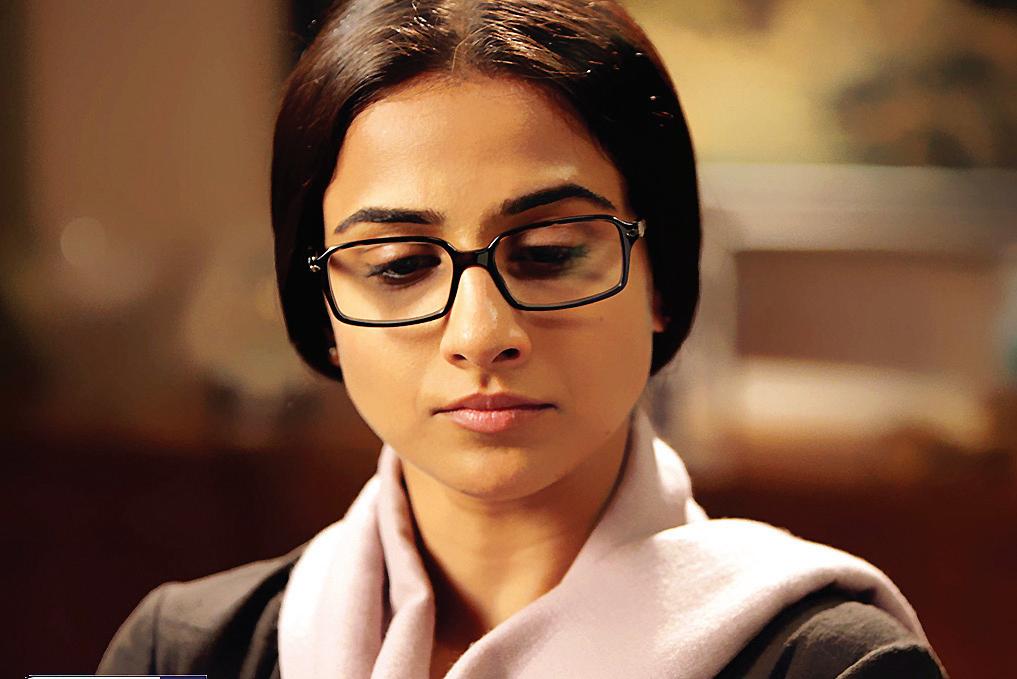
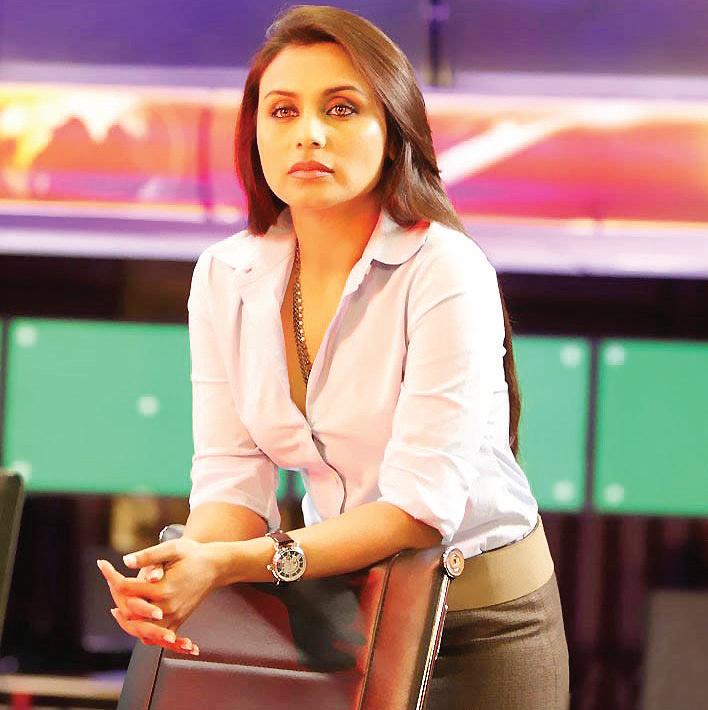
Film: BandBaajaBaaraat
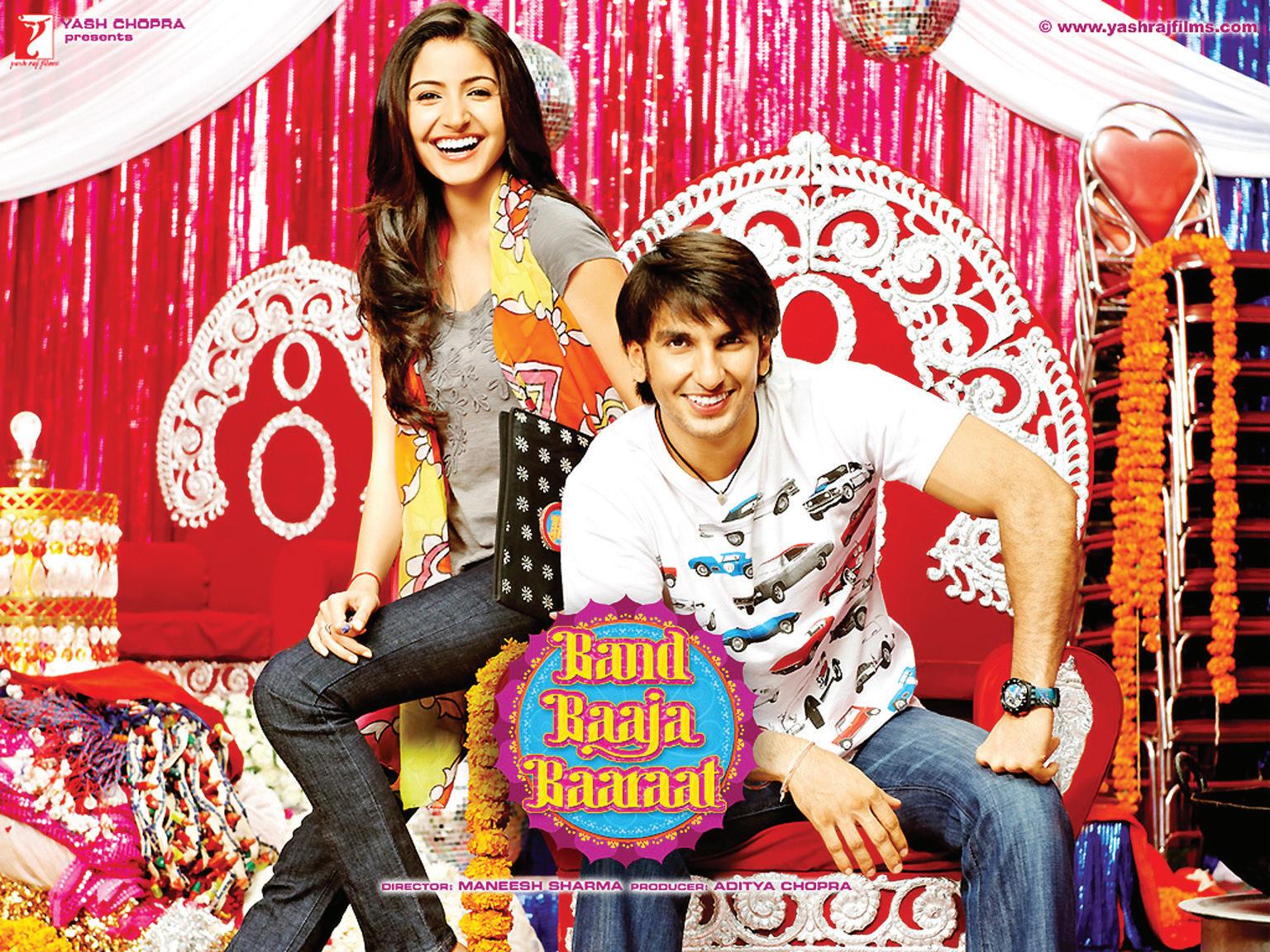
Cast: Anushka Sharma, Ranveer Singh
Director: Maneesh Sharma
Have you ever wondered what they mean when they talk about the chemistry between a screen pair? Watch this delightful ode to the great Indian wedding and it will solve the mystery for keeps.
The super-accomplished Anushka Sharma and debutant Ranveer Singh, quite easily the discovery of the year, whip up a wondrous camaraderie in scenes written with such skill and craft in the film, set in the backdrop of weddings in the heart of Nayee Dilli.
Band Baaja Baaraat is an utterly joyous and enjoyable look-see at the world of Punjabi weddings in Delhi as seen through the eyes of two wedding planners, partners in business Shruti and Bittu, who have sworn from Day 1 never to get involved with one another.
Pyar (love) and Vyapaar (business) just don’t jell, the couple keeps telling one another. But are the gods listening? The skillfully-written rom-com takes the noholds-barred pair’s relationship through a lavish labyrinth of shaadi replete with Bhangra tracks (Salim-Suleiman) that provoke your heart and feet to jump up and dance.
Outwardly, the film looks like Mira Nair’s Monsoon Wedding put into a maze of wedding festivities that seem to meander
from one joyous jig to another until we come to a point where we ask in unison… now what?
With a smoothness of touch that shows the hand of a writer who knows his job thoroughly, full marks to the dialogue and screenwriter Habib Faizal, Band Baaja... changes the profile of Shruti-Buttu’s relationship midway.
What remains unchanged is that sense of joie de vivre which comes to a film on that rare occasion when the writer and director know where they’re going and how to take the characters there without giving away the signposts to the audience.
Delhi - the city of bustling streets, speeding auto-rickshaws, and restive bus stops - has never been more vibrant and alive in any other recent film. Aseem Mishra’s camera penetrates the heart of the capital and the souls of its two unforgettable protagonists.
Unlike Yashraj Films’ Bunty and Babli some years ago, Bittu and Shruti are fooling no one except themselves.
What does one say about the two principal performers without tripping over with the excitement of being in the midst of remarkable talent?
With just three films, Anushka Sharma has grown into one of the most watchable and eloquent contemporary actresses. To the role of the spirited Shruti Anushka, she adds the kind of spice that one associates with Kajol and Rani Mukherjee.
In two key sequences with Ranveer Singhwhere she conceals her true feelings and much later lets them all out in a tumble of smirking hurt - Anushka blows the screen apart.
acquittal of Manu Sharma, but the question as always is, who would bell the cat if the police and judiciary do not?
In this case Tehelka, who did the sting investigation and Star News (and not NDTV that walks away with the praises in the film) that aired the footage did manage to right a wrong. But the question is not just of Jessica Lall, but the thousands like her whose cases have not had the light of justice shine upon them.
The Jessica Lall murder thus became an emblem of the rot in the democracy, police and judiciary.
The truth is, the culprits were not just Manu Sharma, his friends and his family, but Shayan Munshi who redacted his statements leading to Manu’s acquittal and Bina Ramani, both of whom continue to have successful careers, one as an actormodel and the latter as a heedless socialite. The culprit is all of us who stay silent to the injustice all around us.
The injustice done in Jessica’s case has been corrected, but the question remains of the millions of other cases of injustice in the country.
Gupta’s film on a true incident bodes well for Bollywood, which is normally not too keen on reality, and the concept of justice itself. Yet, the question is not who killed Jessica Lall, but as the gross miscarriage of injustice in Kashmir, central and northeast India and the thousands of pending cases in the country show, it is: who killed justice in India?
As for Ranveer, he sinks his teeth into Bittu’s part with a self-confidence that comes to actors after at least 10 full-fledged films. And that too if they are gifted. Here’s a new talent in a film industry dominated by jaded superstars.
Ranveer’s spirited screen presence and quick-silver comic timing makes the older stars look old, if not outdated. In the climax where he calls himself an ass for denying his feelings, Ranveer is a revelation. Go for this newcomer, producers, he will soon be booked for the next three years.
The supporting players are largely
unexposed artistes. They add to that sense of feisty freshness that runs across the film. Bravo, Yashraj, for bringing such exceptional new talent to our cinema. Bravo, debutant director Maneesh Sharma for taking us through the organised chaos of traditional weddings in movements of pure pleasure and enjoyment that communicate themselves to the audience. Hours after watching the film, I’ve still not stopped smiling.

An invitation to attend a premier wedding reception at Hyatt Regency ought to gladden the hearts of the invited, as this is the one occasion at which you could show off the latest blue and orange Kanjeevaram silk addition to the wardrobe, not to mention the glittering Paspaley pearl necklace that is much-anticipated by your mildly envious friends. There are other bonuses – for example, here is the chance to arrive at the reception in your latest BMW and put one up over the coquettish Mrs. Nagrath who struts in proud as a peacock when her chauffeur opens the door of her convertible Ford Mustang. This would be the right time to dab an extra dose of Chanel No 5 behind your ears. Surely, the lady boss of your husband will be impressed.
But as you start to get to the nittygritty, the realization that your hosts have referred you to the Bridal Registry at David Jones in the city for a choice of gifts certainly dampens the spirit. This is the beginning of what will become an exercise in futility – all the gifts within your budget have already been taken and the only ones available are way over the top. If you have to choose between a set of Bohemian crystal champagne flutes or a Louis Vuitton luggage set, you can be sure that your kanjoos husband will experience electrifying shivers down his
spine. He would have loved to get rid of the Kenwood Breadmaker that has been lying idle since you received it as your housewarming present 5 years ago, when you moved into your architect-designed Masterton home.
If this is a familiar scenario, don’t curse your luck as there are many in the social circuit of invitees who, like you, have clutched their hair in despair on receiving the invitation. In point of fact, the dilemma of gift-giving is faced by one and all, regardless of which social strata you belong. Indian culture and tradition has this well-entrenched practice of gift giving on each occasion –even for a wedding engagement, a golden wedding anniversary, Valentines’ day, a 60 th birthday, a retirement gift or the move to a new home. And the confusion that reigns is just the same, no matter what the occasion.
And with the best of intentions, you wonder how to convey the genuineness and loving thoughts that are send to the recipient with the gift of your choice. You take extra care with the gift wrapping and search for choice adjectives to praise the recipient, making it look as personal as possible.
Of course, there is every chance that each of the gifts received will be acknowledged through a stereotyped printed and impersonal ‘thank you’ card or note by the hosts.
Some hosts have chosen newer ways to cause problems for their invitees – they add a footnote to the invitation card such as: ‘No boxed gifts please’ or ‘Gift
- charity donations to Care Australia only’. Once in a blue moon an invitation will humbly suggest, ‘No gifts please’; but they probably already know that gifts will definitely be received and I have yet to see any returned or turned away by these hosts.
In many ways this compounds the problem – if boxed gifts are not on, should one opt for a gift cheque, a gift card (if so, which one) or should one stuff a few $20 bills in a colourful envelope? You can take pot luck with a gift card, a gift note, your business card or letter paper as there is no laid down etiquette for some of these innovationseeking specific gifts.

You may have just sent donations to the Children’s Cancer Hospital, UNICEF or World Vision, so it is highly inconvenient to go searching for another charity. Of course, you are sure to be added to the mailing list of another dozen charities once you have put in a donation. This is the way the information age works.
Why can’t the footnotes in an invitation say: “Flowers, chocolates and sweets only”. It would make life so much simpler and easier for the giftgiver, and could be somewhat similar to festivals like Deepavali. Indian traditions have come a long way in gift giving – what used to be a platter of fruits, flowers and betel nuts/leaves (which are hard to obtain except when Fiji supplies arrive) have now graduated to silver or golden lamps, intricate replicas of Lakshmi, Ganesha and other
Gods for a housewarming pooja, or a ‘havan’ to purify the home. Giving best-selling books, CDs, DVDs as gifts is always tricky, unless the gift recipient is a ‘bosom buddy’. The evolution of electronic music happens day in and out, and you always run the risk of duplicating the possessions of the recipient.
At least it is abundantly clear to the recipient that it is not the thought that counts when giving gifts, but the completion of a formality.
This seems like a unique dilemma for the Indian diaspora. I do not know many other communities where the guest list rarely exceeds 50 or more, and they seem not to mind receiving duplicate gifts of ‘sandwich makers’, ‘barbeque grills’ and ‘toasters’. At least it is abundantly clear to the recipient that it is not the thought that counts when giving gifts, but the completion of a formality. The same goes for carrying a bottle of wine to small evening functions and gettogethers among friends. It leaves very little room for ‘bitching’ about pedestrian gifts from some of the invitees wellknown to some Indian families. But in reality, nobody gives a toss anymore about the old cliché ‘It’s the thought that counts!’
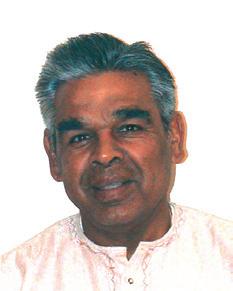
It may seem like a simple thing, but the concept of gift-giving has moved from the sensible or sublime to the extravagant and downright mercenary
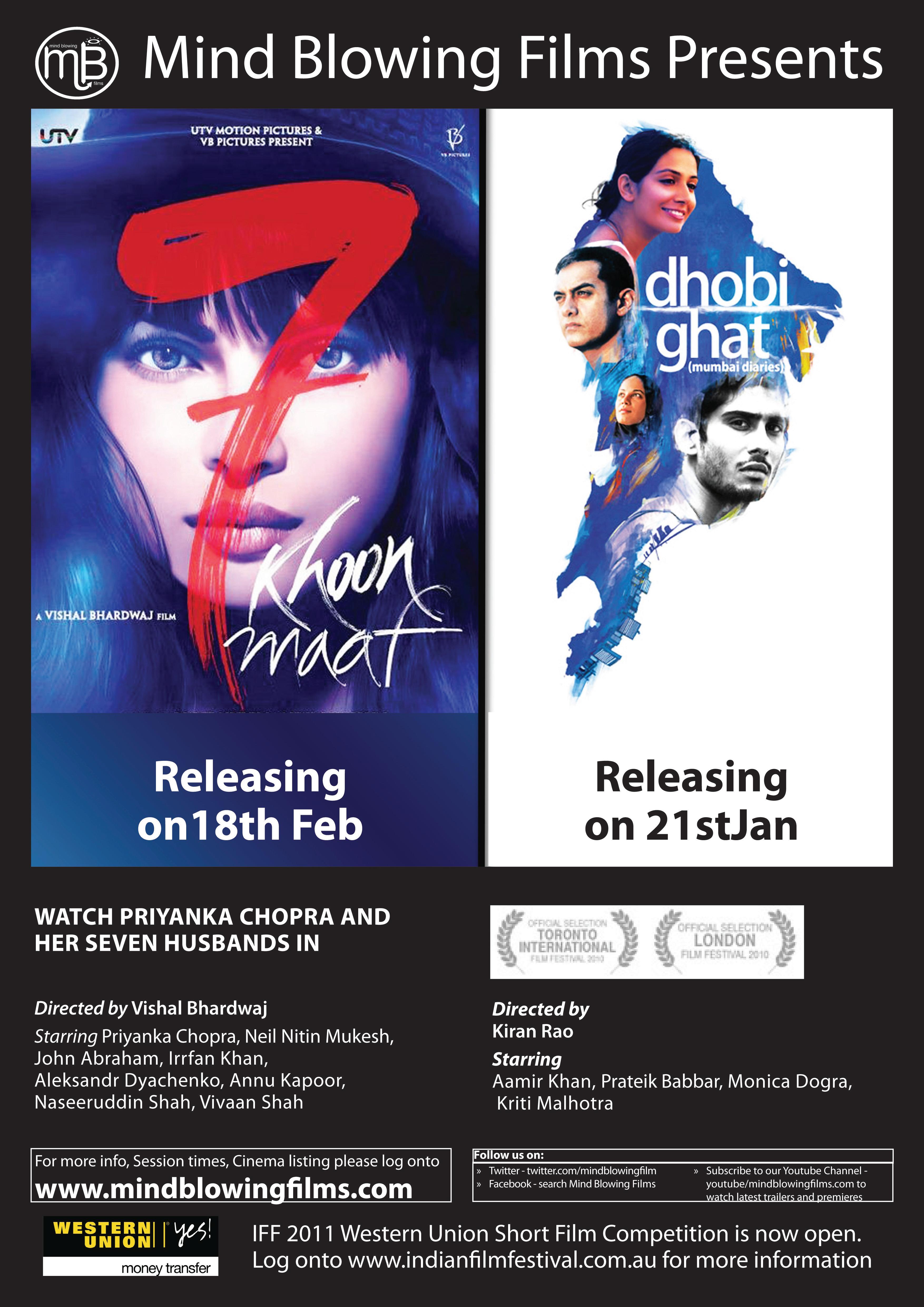
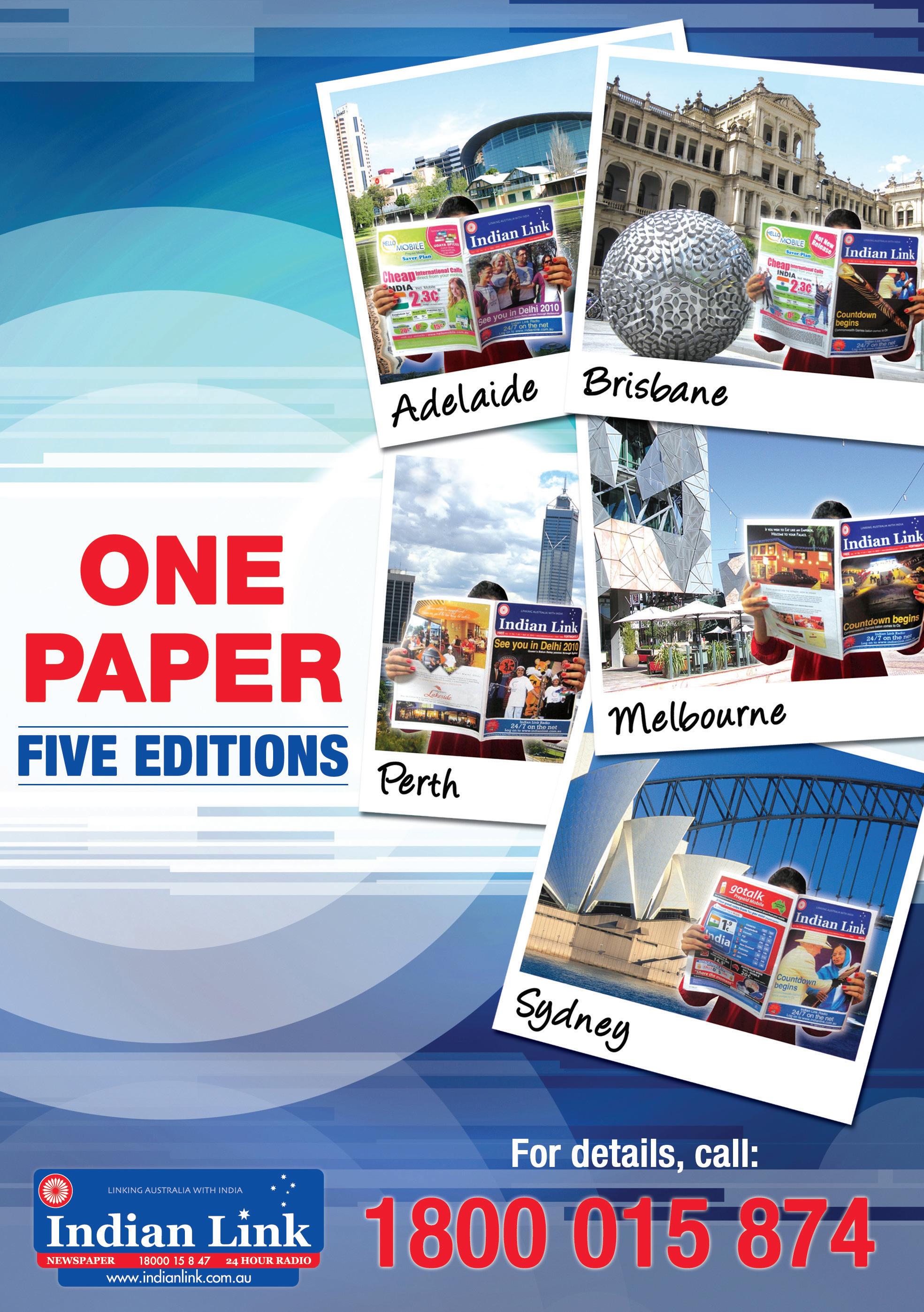



Read your cover story (Visa Woes to End?) on Indian embassy/ VFS blunders on visa/OCI applications. It was long time coming. The press conferences where the officials promise heavens and skies are just for media coverage and their socalled student emergency fund is a big joke. Needless to say, a typical Babu approach without any sensitivity.
The only solution to the problem can be a three-way joint effort comprising the local Indian media (newspapers/radios), Indian community /religious organizations and aam janta (Indians in Australia).
To local Indian media
* Start a blog where Indians can post their complaints and ask the authority to reply to all the concerns.
* Make sure that the officials provide their mobile phone numbers as the board line is just useless.
* Send all these local media articles / comments to the President, Prime Minister, Sonia Gandhi, and the Foreign Minister of India to make them aware of the issues. Here I must point out that the American Embassy (in Mumbai) with almost 50 times more work load of visa processing than the Indian consulate, has an outlined procedure. You go to their office in the morning, register your application, complete the medical check up and other formalities and when you return after lunch, they have your passport stamped/ rejected, whatever is the case.
To Indian community organisations
Be mindful that having the Indian officials to any of your functions takes time away from proper management of the procedures for visa issuance. Question as to why do you need to have these officials there-is it just a photo opportunity or is it a genuine value add to the function?
To the Aam Janta (Indian diaspora)
* Think about attending functions and melas (Temple/ Diwali/ UIA fair etc) if an Indian official is attending the same. Because of them being around that evening, some genuine emergency cases will not be getting their visas the next morning. Mind you, you could be in the same situation one day.
is the responsibility of VFS and we should register our complain there.
Rakesh Sahgal Richmond NSWI would like to bring your kind attention this issue that the High Commission of India is charging higher fees for issuing visas and Overseas Citizenship of India (OCI) cards. Here is one example for the OCI application.
The OCI application fee is Rs.14,230/- as per the Ministry of Home Affairs, India. The fee in US dollar is US $275, quite reasonable. But in Australia, the fee is quite high: AUS $416 (or AUS $396 excluding VFS service fee of $18, and the ICWF fee of $2) as set by the High Commission of India in Australia.
Besides US, the fee is charged quite reasonable in other countries, such as UK. Now the Government of India has introduced a new fee to cancel Indian passports for nonresident Indians, who obtained or will obtain citizenship of other countries after 31 of May, 2010. The passport cancellation fee is US $175 in US or Rs 7000 in India. The fee here, AUS $273 set by the High Commission of India, is comparatively much higher. This fee is only NZ $225 in New Zealand.
I sent an email to the High Commission of India in Canberra requesting clarifications or justifications, but received no reply. Would any of you know the reasons or justifications if we consider that the value of Australian dollar is quite similar to the value of US dollar and Australian dollar has a higher exchange rate against Indian rupees than the rate used by the High Commission of India in Australia?
We also provide the service fee separately in Australia to access passport, visa, OCI and other services from VFS Global. A non-resident Indian, who has recently become an Australian citizen, has to pay about AUS $697 to cancel the passport and obtain an OCI card, for which the total fee is only Rs. 21,230 in India. This indicates an effective conversion rate of approximately 1 Australian dollar equals to Rs. 30.50 or little higher, whereas the current conversion rate is 1 Australian dollar equals to about Rs. 44.50 and was higher than Rs. 38 in the last 12 months. For a single applicant, this extra fee may not matter much, but for a family, say for example two parents and two children, the extra fee multiplies and creates a burden.
Dr. Satya Barik Sydney, Australiacitizenship on or before 31 May 2010.
The Government of India is not justified in forcing honest PIOs to pay through their nose for blunders by the Immigration and few dishonest PIOs, which I understand is the reason for what happened in Mumbai and this notification.
May I request PIOs in Australia to voice out strongly against these unfair and draconian fees levied by the Government of India.
Satish Yadav Holsworthy NSWFor your information, prompted by your recent article (3-day turn-around for visa processing, Indian Link Dec-1 2010), I sent my Visa application by Registered Mail on 22/12 late in the afternoon. I received it back by Registered Mail on 29/12. This was the first day after Christmas that mail was delivered. Checking my tourist visa, it was date stamped 24/12, so the turnaround was one or two working days. Earlier this year, it took like what seemed forever, 14 working days, and I delivered and picked up in person. Something seems to be working very well.
I’m also thinking that the detailed information I provided this time may have made it more straightforward to process. I had copies of my flights to and from India, where I would be each day, including the street address, phone and email for each hotel and mode of transport to get there, ie car, boat, flight details, train etc, and the names and contact details for two people known to me both in Australia and India. Even if it didn’t impact on the much greater efficiency of visa processing, it is still useful to leave behind so my family can track where I’ll be.
Petra O’Neill Paddington NSWProfessor Jayashri Kulkani (Indian Link, October 10) is testing correlation of mental states to brain waves, which vary between people, over time or in acute situations. But key flaws in defining ‘mental illness’ affect relevance.
Mental illnesses are not real disease. To diagnose, symptoms are subjectively rated. Firstly, they are voted in at psychiatric conferences. Homosexuality is no longer listed. Premenstrual tension is. Items have tripled in recent decades. We expect far more, e.g. “shopping addiction”.
I would like to inform the readers of your paper of the reply I received from the High Commission of India in Australia to some concerns I raised with them. I am sure many Persons of Indian Origin (PIO) like me are affected by the ridiculous and unfair charges levied by the Government of India for surrendering our Indian passports.
Following is the reply I received from the High Commissioner’s office after much follow-up by emails and telephone calls:
Dear Shri Satish Yadav,
Studies over decades find untreated physical illness causes symptoms in half of all mental patients, e.g. schizophrenia or ADHD. Advocacy group, Insane Australia, noting recent data, says 90 percent!
Draft national guidelines on ADHD note these risk factors: prenatal exposure to liquor or nicotine, bad childhood, head or brain injury; obesity, low birth weight, thyroid deficiency and antenatal exposure to toxins e.g., lead, mercury, manganese, PCB compounds in brake liners, electrical insulation or paints. “ADHD” cases have far higher rates of sleep disorders, kidney problems, epilepsy, hyperglycaemia, endocrine imbalances or chronic illness and prior substance abuse.
NSW
Paresh Pandya Director, INDIAQUAY Sydney,Why do Australians have to pay AUD 273 for Indian passport renunciation fees whereas US folks only pay USD 175. Is the High Commission unaware that the Australian dollar is much higher in value?
R Steve Sydney NSWMy daughter became an Australian citizen in 1991. At that time the Australian Immigration Department took her Indian Passport and she was told that it will be cancelled. Since then she has been to India more than a dozen times on her Australian Passport. She plans to visit Indian again shortly. She recently went to the VFS office to apply for the Visa where she was asked to present her old Indian passport. When she told them the history, she was asked to get some document from Indian origin showing her date of birth and statuary declaration regarding the same. I wonder why they can’t accept the facts on Australian passport. She had to come home and dig up the old papers to get her school certificate from India, fill in the forms and then re-apply for the Visa. Even after all this the VFS office told her that it will take a minimum of 10 working days to process her Visa. And that too, they said, they could not promise. When you ring the Indian Consulate in Sydney, nobody picks up the phone and even if they do, they pass the buck saying it
This refers to your mail seeking clarifications on OCI and surrender of Indian Passport. The reply to the points raised by you is as under:
1. Anyone who has acquired foreign citizenship after 31.05.2010 and has not officially cancelled his Indian passport has to renounce his/her Indian citizenship and surrender Indian passport and the fee for that is A $ 273 per passport and is payable in your case also.
2. The fee payable is decided by the Government of India at its headquarters in Delhi and also the exchange rate for its conversion to various local currencies worldwide is decided at Delhi. The High Commission and the Consulates in Australia simply follow the instructions received from Delhi in this regard.
3. The fee payable has to be deposited in full in one go and there is no provision to enter into a payment arrangement for the fee.
4. The fee for surrender of Indian passport can be paid in Indian Rupees by those applicants who are in India. Hope this clarifies the points raised by you. Regards, R.K. Kapoor Second
Canberra
At the time the notification was issued by the Ministry of External Affairs of India (MEA), which provided for a levy of a fee of Rs.7000/- for registration of a declaration of renunciation of Indian citizenship by a PIO, the exchange rate was approx. 1A$ = 40 INR and today it is approx. 1A$ = 43INR. Hence the reply from the High Commission is confusing and not clear on the basis applied for the conversion.
In any case the fee even @ A$175 (based on the exchange rate at the time of the notification) is still exorbitant compared with the fee of A$25 for those who obtained foreign
California revised mental health laws to ensure detailed physical examinations, greatly boosting outcomes yet reducing net health costs. We lag far behind. And children are up to 10 times often diagnosed as ADHD in Sydney’s battler suburbs than rich.
Mental health labels permit drugs with grim effects e.g. addiction and ironically, psychosis. Shock (electrical assault causing closed head or brain injury and memory loss) may be given if drugs fail or worsen outcomes (it has doubled in a decade).
Ninety percent of official schizophrenics smoke. Smoking, street drugs or heavy liquor can deplete Vitamin B, affecting mental state. Bi-polar disorder is often linked to bad diet, late nights, excess coffee or street stimulants. Restoring copper and other minerals often works better than psychiatric drugs. They also deplete nutrients, including Vitamin B! More men and women can expect osteoporosis or neurological damage, given record use of psychiatric and street drugs.
Sydney psychiatrist Tanveer Ahmed notes a “post religious society that no longer delivers ancient certainties”. Indian youngsters ignorantly try tobacco, liquor or even street drugs.
US psychiatrist Loren Mosher, historically treated schizophrenia nutritionally and got better long term results regarding symptoms, social stability and employment than by heavy drugs. Canadian Abraham Hoffer and other psychiatrists affirmed nutritional remedies and chemical detoxifications, called Orthomolecular or Green Mental Health. But Big Pharma sponsors key public advisers and blocks parity of “standard” and natural medicine. Big Pharma’s focus recognizes less human dignity and potential than other practices, including Vedic or Yogic. The Indian diaspora must evaluate mental health awareness campaigns carefully.
Linda Vij Alexandria, NSW
and weather conditions when the tragedy happened.
BY SAI NARAYANPerth was hit by two separate and unrelated - but both saddening - news for the Indian
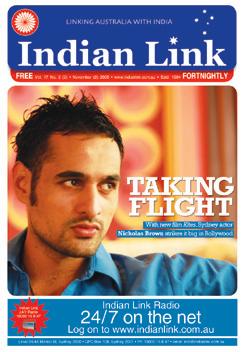
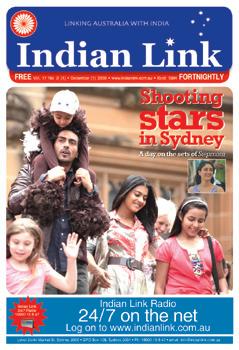
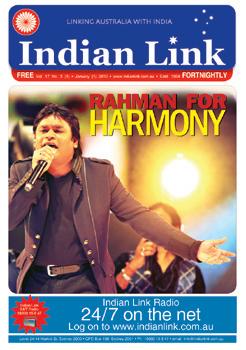
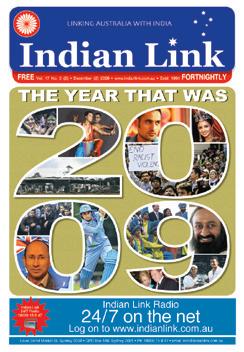

Detective De Re said the family members were not strong swimmers and were swept off the sandbar into deeper water.
He said despite efforts to revive the men using CPR for about 40 minutes, they died on the beach. The survivors were taken to hospital by ambulance.
The dangerous 750m crossing is susceptible to rising tides, and choppy seas had been whipped up by 23-knot south-westerly winds yesterday afternoon.
The widows of the Indian men who drowned while trying to save their lives off Penguin Island are still coming to grips with the horror of that tragic day and the financial strife they now face.
Aruna Ganasala is in a deep state of depression according to one friend, and Madhavi Shiva has reportedly been unable to bring herself to tell her young son that his father is dead.
Both men had been living in Perth for a couple of years after moving to Western Australia from the south of India, according to Indian community spokesman Suresh Rajan.

Although Mr Gansala had worked fulltime as a boiler maker, Mr Shiva had only just gained full-time work after years of getting by on casual wages.
Consequently Mrs Shiva has only $970 in her bank account, and neither widow works.

The first incident happened in the southern suburb of Rockingham near the popular Penguin Island tourist spot on 28 December.
Penguin Island is known for its colony of Little Penguins and is a popular diving and snorkelling location.
Pavan Ganasala and Praveen Kumar Shiva, both in their 30s, drowned near Penguin Island as they were walking from the island to the mainland across a treacherous sandbar. They were trying to save their wives by holding them up to keep their heads above the surf when they died, according to a friend.
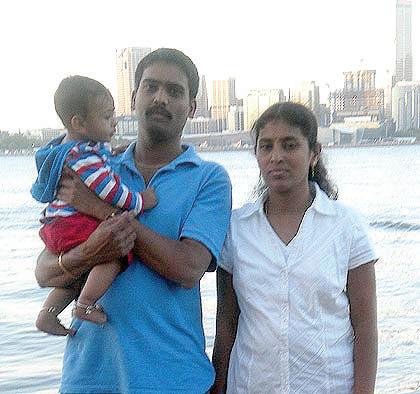
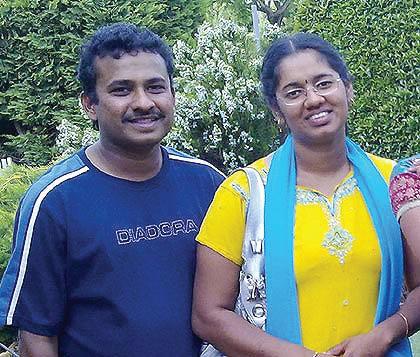
The group of family members was walking back from a picnic on the popular leisure spot about 3.30pm, WA time, when they got into trouble.
Local authorities had been in the process of closing the crossing due to the high tide
Mr Rajan said that although he had negotiated with the Indian High Commission to pay for the bodies of the men to be taken back to India at a cost of $5000 each, the welfare fund did not extend to family members.
“The situation is dire. The Indian Society has an appeal and as of yesterday there was $1000. I’ve asked they release the funds straight away and dip into our own resources if necessary because they need it fairly urgently,” Mr Rajan said.
The women, together with their sons, face bills of up to $6000 in return flights alone, in order for them to attend the burial.
Mr Rajan said he was fairly certain Mrs Shiva wanted to remain in India because she was pregnant and had no family in Perth, but they would ensure she had the ability to fly back to Australia should she choose.
He was not certain what Mrs Ganasala wanted, since her sons are aged seven and eight and have adapted to living in Australia.
“They are going to have to make some decisions about whether they remain in Australia but I don’t think they should make their decisions now with all their grief,” he said. Those wishing to donate can do so through the Indian Society of WA, BSB No: 306-035, Account No: 4170074, Reference: Penguin Island Appeal, Account Name: Indian Society of WA
The second incident, unrelated but equally saddening, which also happened on 28 December, was the demise of Mrs. Sushma Paul, the ex-Honorary Consul of India in Perth. Known to all as a courageous lady, Mrs Paul was very active in the promotion of Indian cultural activities here in Perth for more than a decade.
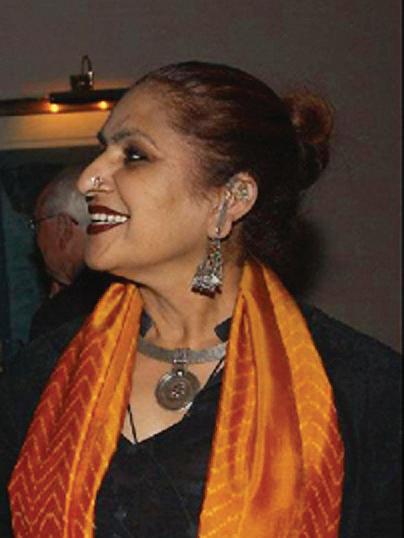
This brave lady left Mumbai for Australian shores more than 27 years ago. To start with, luck did not favour her. In a span of four years, she lost the three main walls which held the roof of her life together - her father, her younger brother and then her husband.
In her own blog posted on New Year’s day 2010, she writes, “I was lost in this land, desolate, depressed and submerged in a zone of darkness. Two years went by till one great morning I ‘woke up’ — to this world and the world of my son. The world was still green, the sky was still blue, the birds where still singing and little beautiful babies where still chuckling! What needed to change was me. Growing out of muddy water to blossom into a lucky flower — the lotus symbolises the potential in all beings to grow beyond mortal foibles into an enlightened being.”
And blossom she did, as she started Sujag, an organisation which brought together a galaxy of Indian classical music maestros. Sushma’s efforts were recognized by the Perth International Arts Festival — 58th year running — where Perth invites the world’s preeminent artists.
Another amazing legacy Mrs Paul leaves behind is Annalakshmi, a landmark in Perth today. It comprises of three parts: a culinary wing called Annalakshmi on the Swan; Annalakshmi Cultural Centre, and the Temple
of Fine Arts. This was introduced about 20 years ago, and she was involved the very minute it was conceived. The Annalakshmi restaurant on the Swan is well known for its unique philosophy of, ‘eat as you like, and pay as your heart feels’.
The radiant, vibrant lady exuding charm represented India as its Honorary Consul in Western Australia for the last 8 years.
Mrs Paul’s biggest life force and joy was her son, Monish whom she brought up as a single parent. Today, her son, a Chartered Accountant works with Deloitte in Perth.
Mrs Paul also took an active role in championing the cause of Indian students in Western Australia, meeting up with local university and political leaders to discuss student problems and find solutions. I personally have seen her working for Indian students who were not given a fair deal by educational institutions at the immigration offices, here in Perth.
The funeral was held on 5 Jan at the Karrakatta Cemetry.
Charity donations were accepted in lieu of flowers.
A short prayer and commemorative dinner in honour of Mrs Sushma Paul was held at Annalakshmi Restaurant on Sunday 9 January at Barrack St Jetty.
Prof. Purnendra Jain of the University of Adelaide has been recently elected as President of the “Asian Studies Association of Australia” for 2011-2012, the first Indian origin person to have ever adorned that cadre. Only the second Asian after Prof. Wang Gungwu to have reached this position ever since the association’s establishment in 1977, Prof. Jain humbles away his achievement claiming he does not parallel Prof. Wang in the least, given his scholarship and international standing.
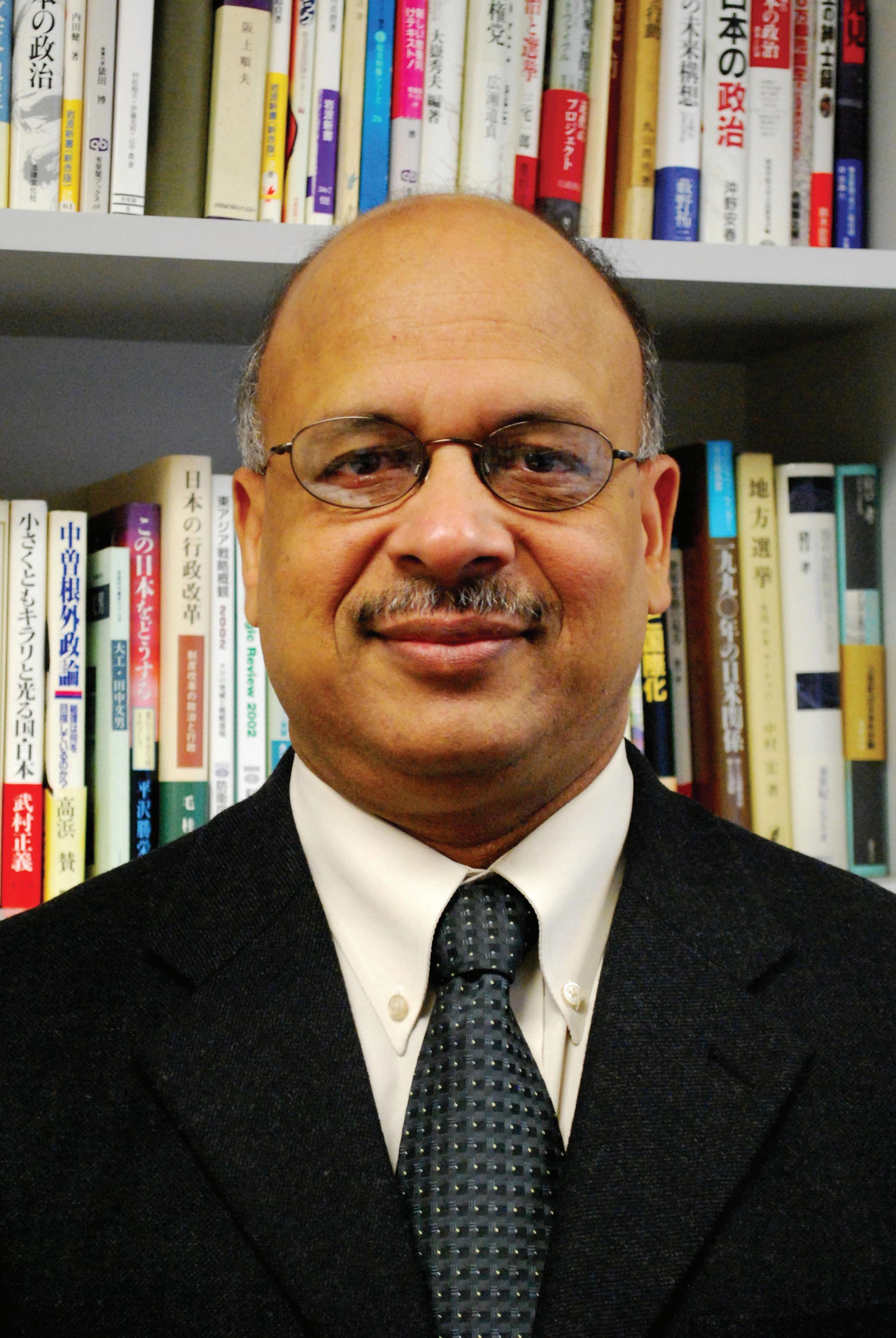
An eventful journey that started in India, Prof. Jain’s evolution from a lecturer to the current position, was no easy hitch-hiking. Graduating with M.Phil from Delhi University, Purnendra had a brief tryst with the Indian Civil Services, but he reverted to an academic career having realised that administration was not his forte. It is no wonder the position he enjoys today is a result of many tough decisions he made.
Having realised that it is academic research that interests and excites him the most, Jain worked as a Political Science lecturer in Delhi University. It was when he met a professor from England that his fascination towards Japanese politics was born, and from then on there was no looking back. The fact that he was one of the two out of ten students who survived the Intensive Japanese course in Delhi University, speaks of his determination and perseverance to understand Japanese politics from the native perspective.
Prof. Jain who is now 59, has spent about a total of six years in Japan. It is not without getting into the roots of Japanese society, did he edit Japanese Studies journal for over five years. He has the credit of bringing an international profile to the journal, spiralling it from a low profile to one of the three leading journals on Japan in the world. It is very interesting to know that Prof. Jain has known the current Prime Minister of Japan, Mr. Naoto Kan for over 30 years. When Mr. Kan assumed office in June 2010, Jain’s piece entitled Kan Naoto: Symbol of New Politics in Japan presented a vivid picture of the leader’s entry into and rise in politics. His latest book Japan in Decline – Fact or Fiction? is expected to be out in April 2011. Exploring wider avenues in Japanese politics and foreign policy, Prof. Jain came to Australia in 1982 in pursuit of his Ph.D at Griffith University. Little did he know then, that Australia was going to be his second home. He laddered from being a Senior Lecturer to Professor of Japanese Studies and the President, Japanese Studies Association of Australia (2003-2005) before taking on his current role. In his vast career he has served as visiting researcher to universities in Singapore, Japan, China, Britain and the United States. He gradually expanded his focus from Japanese politics to international relations in the Asia-Pacific region. He constantly tracks and evaluates Australia’s relations with Asia.
He has been actively involved in motivating and guiding the Australian government, through his articles in the Australian media, towards partnership opportunities in India, thus leading to a mutual benefit for the two countries. As convenor of the 18th Biennial Conference of the Asian Studies Association of Australia held in July last year, he was quite successful in procuring sponsorship from Santos (an Adelaide-based energy company). Also the fact that he invited the Chairman of Malaysian Airlines to address the conference, vouches for Jain’s insight into the need for teaming up academic institutions with corporate giants.
Jain observes that being an Indian, he has never faced any discrimination in Australia. Recalling his entry into Adelaide as a Professor in 1995, he said he had been selected over the other candidates, native Australians, on the sheer basis of merit.
“Going beyond humanities and social studies, Asian Studies can have a great impact on the lives of us all, in terms of Asian climate policy, its implications on trade, security, etc”.
“Indians have the advantage of being capable of living in a multi-cultural society,” he notes. “Having already been introduced to that context in India, Indians are more or less capable of ignoring indirect discriminations, if any, as they are already desensitised to this issue back home, given the multi-cultural multi-lingual strata in our society”.
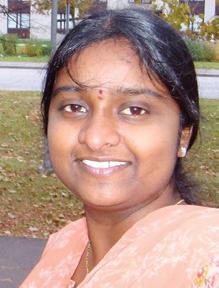
When asked to comment on why a good pool of Indian talent gets disoriented seeking inappropriate job options after their post graduation, he says, “Postgraduate courses, unlike bachelors’ courses, lack the structured employment pattern and Graduate Entry Programs. Whilst there are a large number of Chinese students in the research area after post graduation in Australia, the figures are pathetically low in case of Indian students. Sometimes, for the Indian students, the motivation to study in Australia is different from extending their education to applicable job areas”.
There seems to be an underlying need to guide Indian talent towards proper employment options after post graduation.
Talking about his role as President of Asian Studies
dissemination of knowledge about Asia in Australia, and the need for lobbying government to seek more funds for
He says that the association, instead of confining itself grass root level institutions such as schools, and provide assistance and training to bring more focus for Asian studies at a later stage. Another possibility is to link the Association with research institutes and think tanks. “Engaging with the corporate world can also have great potential,” notes Jain. “Bringing them to invest in Asian knowledge, when their majority portion of the business operates in Asia, sounds a truly viable option”.
Asian Studies is not just about politics, Prof. Jain wants to tell the world. Going beyond humanities and social studies, it can have a great impact on the lives of us all, in terms of Asian climate policy, its implications on trade, security, etc.
Perhaps this is why Jain is now learning Chinese, to grasp Chinese politics in a more authentic way. (The book When China Rules the World looms large from his bookcase). Who knows, when a book such as When India Rules the World is published, academics like Purnendra Jain will ensure that it evokes the same interest in the international community…